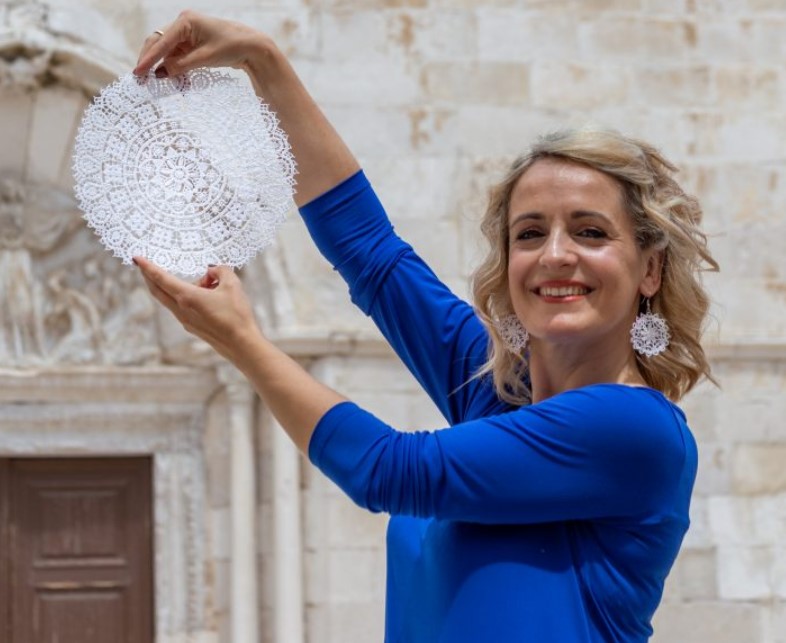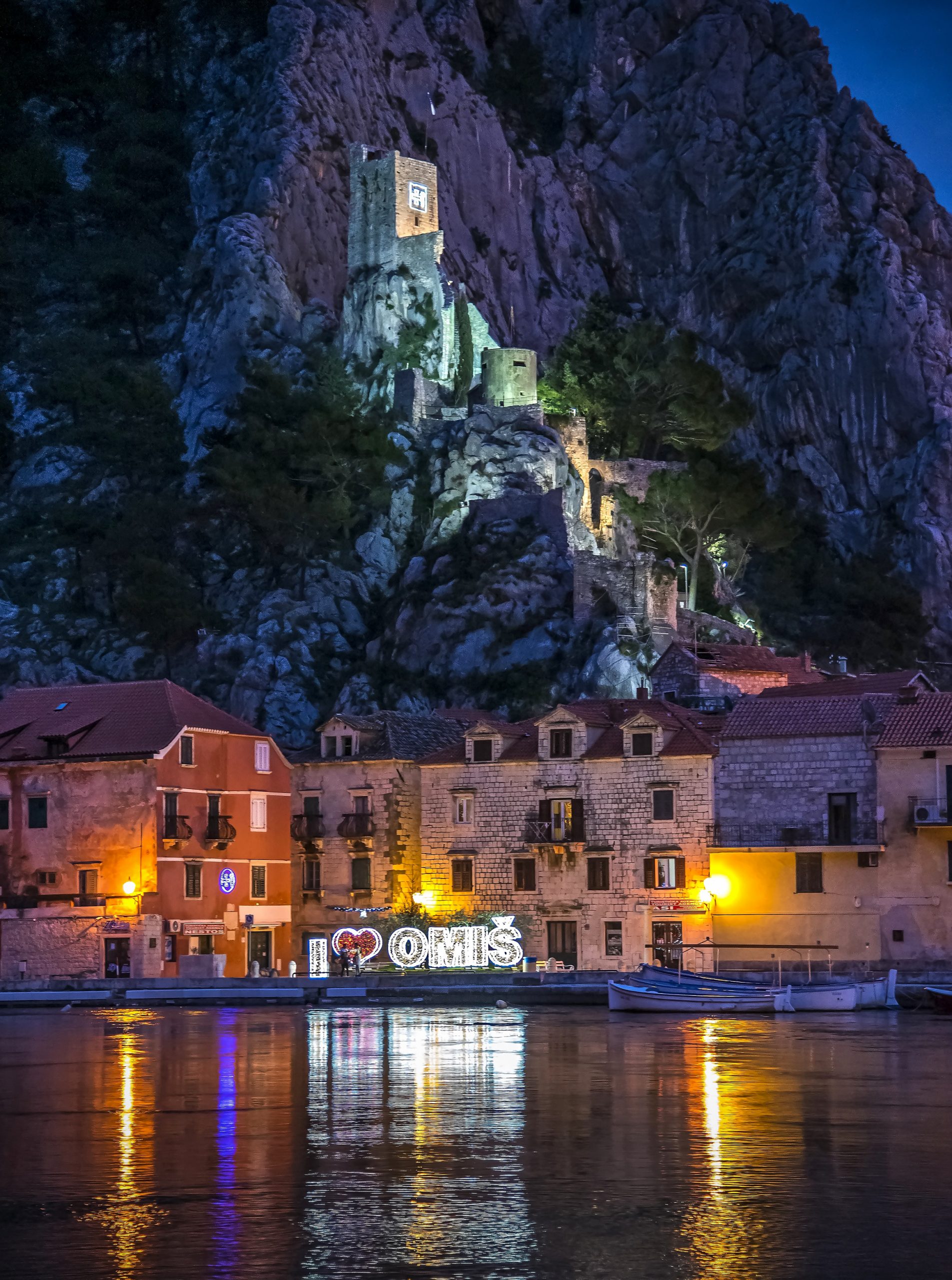Five stories from the island of Pag for a magical experience of the town of lace, salt, cheese and stone
The very first associations most people have when Pag Town is mentioned, are more than likely lace, salt, locally produced cheese and of course - the fact that this special island looks just like the surface of the moon. Pag is all of that, and much, much more.
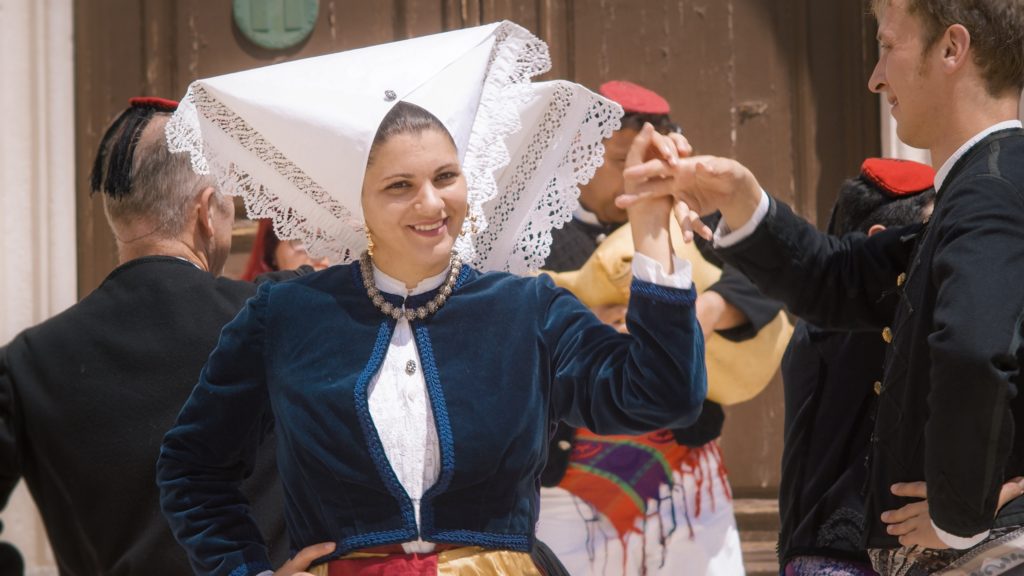
There’s a true wealth of gifts provided by nature, even if at first glance it seems as if the bizarre, otherworldly looking appearance of Pag makes it seem barren. The geological makeup of this island makes it appear harsh and unforgiving, battered by merciless storms. It is precisely because of those sometimes difficult conditions that has seen Pag able to withstand the elements and all possible adversities. That alone has rendered Pag strong and resilient.

Pag Town emerged from those often pitiless conditions, much like precious pearls emerge from hard, impenetrable shells. This is a town with a truly special atmosphere, impregnated with the aromas of its rich cultural history. That long history shows in all of its stone streets, as well as in its impressive former palaces where the spirit of Mediterranean life comes alive.
In this idyllic stone town, architectural wonders like old churches, palaces and other cultural and historical monuments transport us directly back to ancient times, and they tell stories of their own…
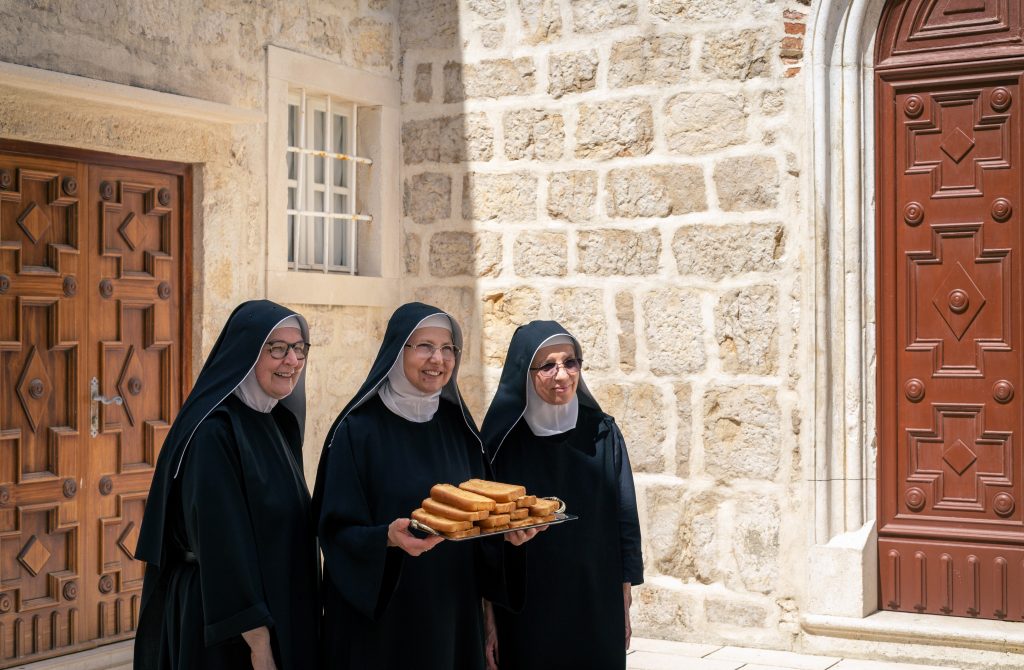
- The permanent salt exhibition
Pag provided the world one of the most valuable things it has, and over which countless battles were fought for centuries - salt - or as many call it; white gold. The centuries of local salt production are presented to the public through a unique exhibition in the 1st Salt Magazine. This is an interesting setting where objects used to extract this precious salt over the centuries are displayed in a unique way, as is the way of life of the inhabitants of Pag Town, most of whom are very closely connected with salt production.
The exhibition can be seen in two parts: the first part involves a stroll through the museum accompanied by a guide, while the second part allows you to watch a short film about salt production throughout history.

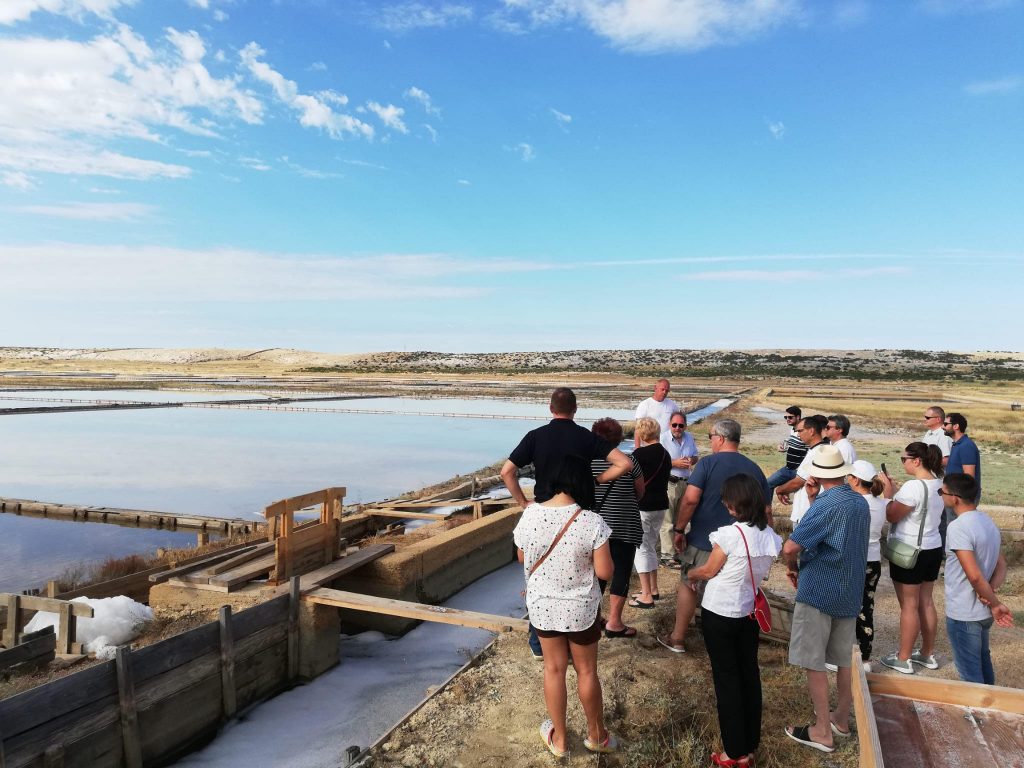
2) Mornings spent out in the salt flats
We use it every single day, but how much do we really know about it? Have you ever found yourself curious about how salt is actually made? Ever wondered what the difference between salt and a salt flower (fleur de del) is? The answers to all of the above (and more) are offered by open-air workshops, accompanied by an expert guide from Solana Pag. Spend the morning in an original way and learn everything about Pag salt production’s past and present. You will learn about its composition, you’ll be able to look at the salt basins and their accompanying sluices and canals, and get better acquainted with the ecological network that includes Solana Pag. You can even try your hand at collecting the precious salt yourself!

3) The Gallery of Pag Lace
Lace is an extremely important part of the very long history of Pag. Throughout the lives of those born on Pag, one unbroken, delicate thread of lace symbolises all of the beauty, but also the difficulty of living in Pag Town, and on the island of stone and salt in general. The centuries-old tradition of making Pag lace gained additional value when it was rightfully entered into the UNESCO register of intangible cultural heritage back in 2009. Since 1998, the Pag Lace Gallery has been operating in the Duke's Palace in Pag Town, organised by the “Frane Budak” Society of Pag Lacemakers.
In the gallery itself, you’ll be able to watch the process of just how Pag lace is made and see the creations of various lace techniques, which are incredible works of art made by the diligent, talented hands of Pag’s traditional lacemakers.
There is beautiful lace dating from different historical periods in the gallery's rich collection. There are replicas of Pag lace based on old designs, various textile items which were integral to the typical interior of the homes built on Pag, as well as part of the clothing items worn throughout history by Pag Town’s residents. As well as exploring how lace was made and used throughout the centuries, you’ll also get to see plenty of creations from far more recent times.
The International Lace Festival has been being organised on Pag each June for thirteen years now, which highlights just how important Pag lace is in the lives of the local residents. The festival successfully brings together a large number of lacemakers from across the country and the rest of the world. When admiring the old photographs of Pag lacemakers from long ago (which are interwoven with lace themselves) in the stone building of the Duke's Palace, notions of the transience of life and the cultural values that make Pag Town so special will overtake you.

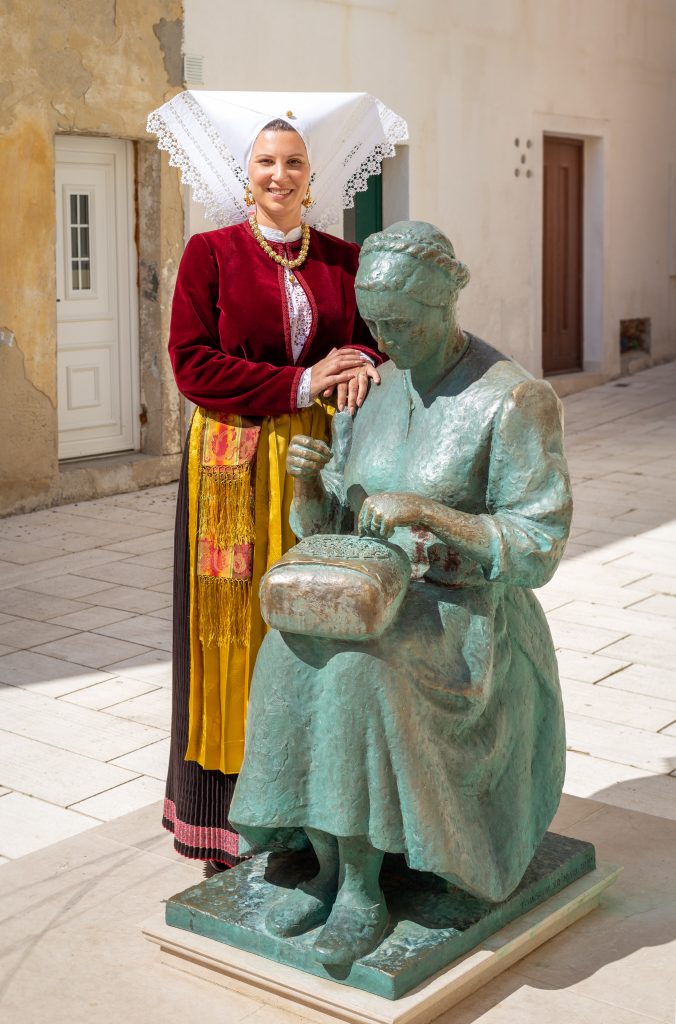


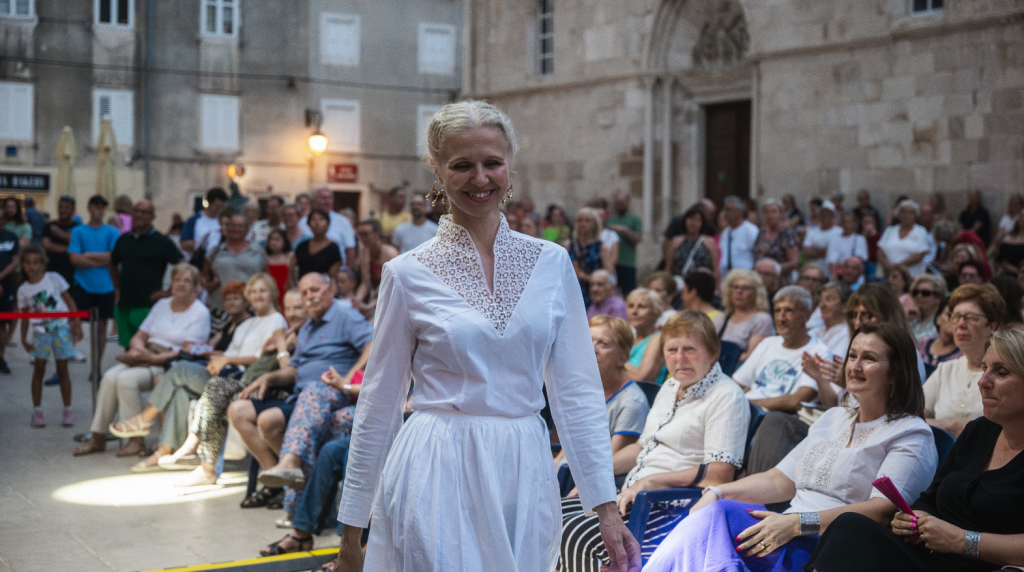
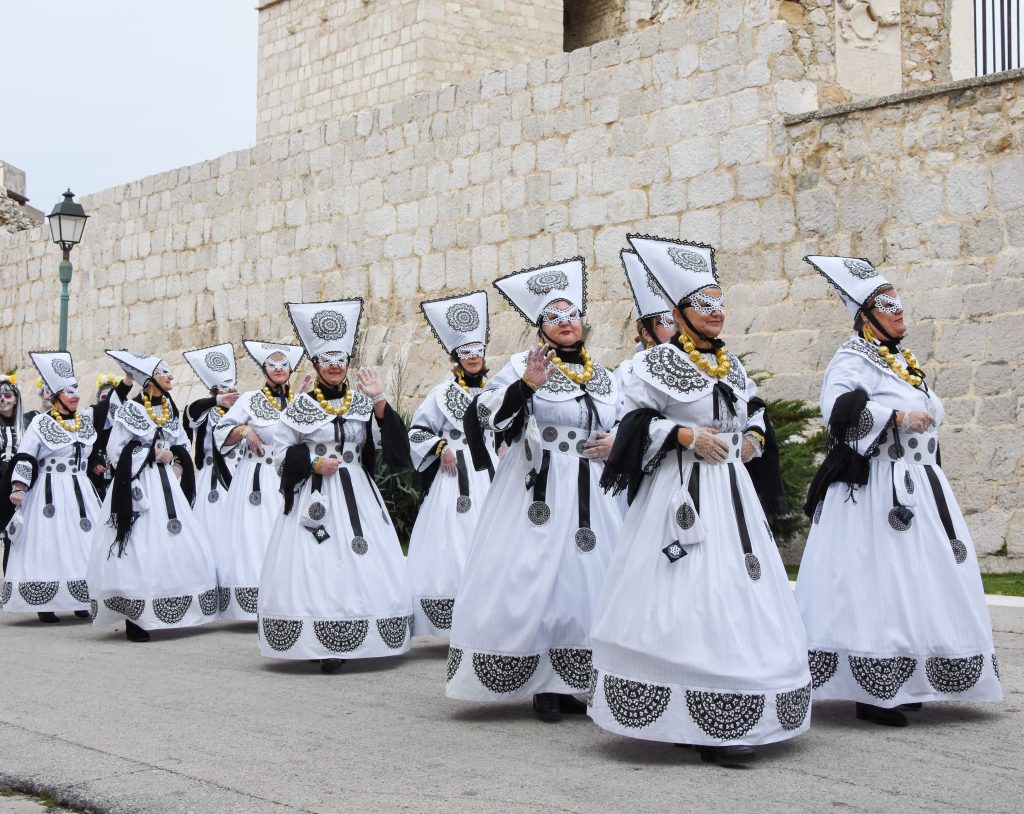
4) The exhibition of sacred art at the Benedictine Convent of St. Margaret
You’ll be able to enjoy numerous beautiful exhibits in this renovated and extremely beautiful space, among which the Reliquary of the Thorn of the Crown of Christ stands out. It is a fascinating authentic thorn from the Crown of Christ that was entrusted to the Benedictine sisters from Pag Town for safekeeping all the way back in 1443! It is the only Holy Thorn in the entire world, along with the Crown of Thorns kept in the Cathedral of Notre-Dame in Paris, which has had the Vatican's confirmation of its authenticity.
There is a small but invaluable painting of the Madonna and Child among the other valuable exhibits. This rather remarkable image is associated with the circle of no less than the world famous Renaissance painter from Padua, Andrea Mantegna.
The beauty of Pag lace comes to the fore once again when you visit the ground floor of the building. You’ll also be able to sew some of your own, in a modern digital way.
The symbol of the formerly powerful Venetian Empire will be the one to greet you a little later on. This is an impressive, large marble relief of the Lion of Saint Mark from the sixteenth century. The formidable marble cat once stood proudly above the gates in Pag.
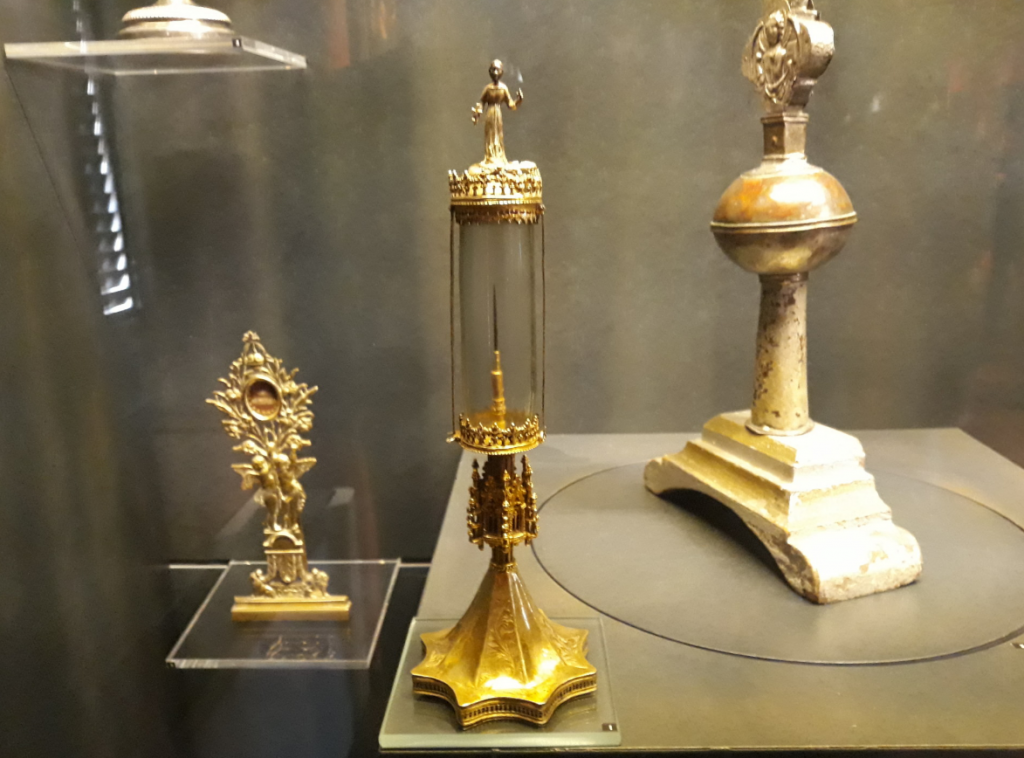
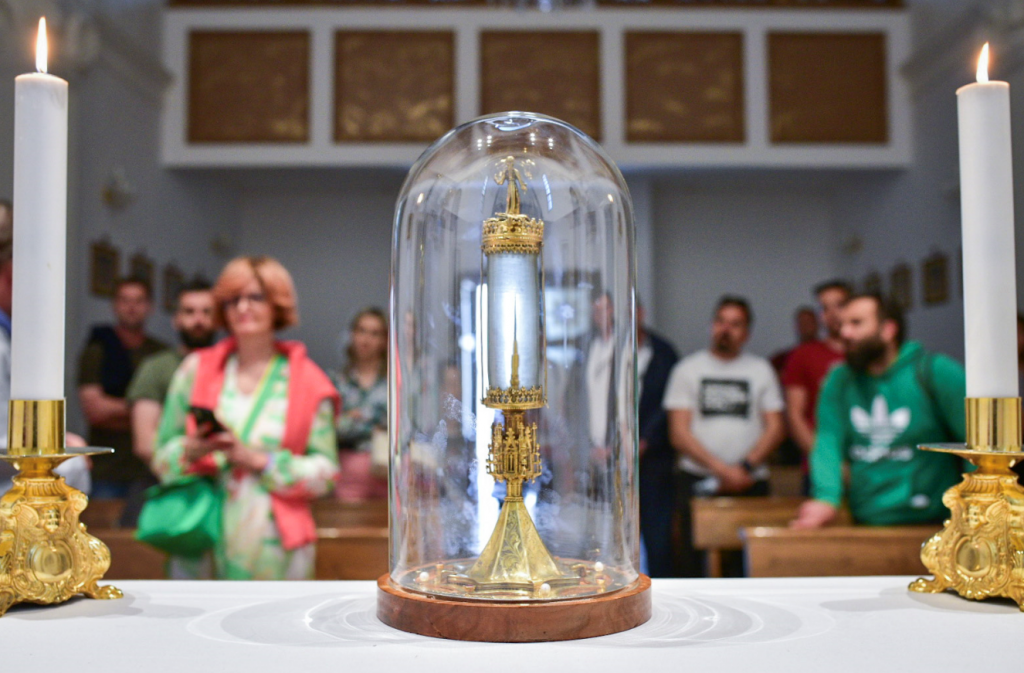

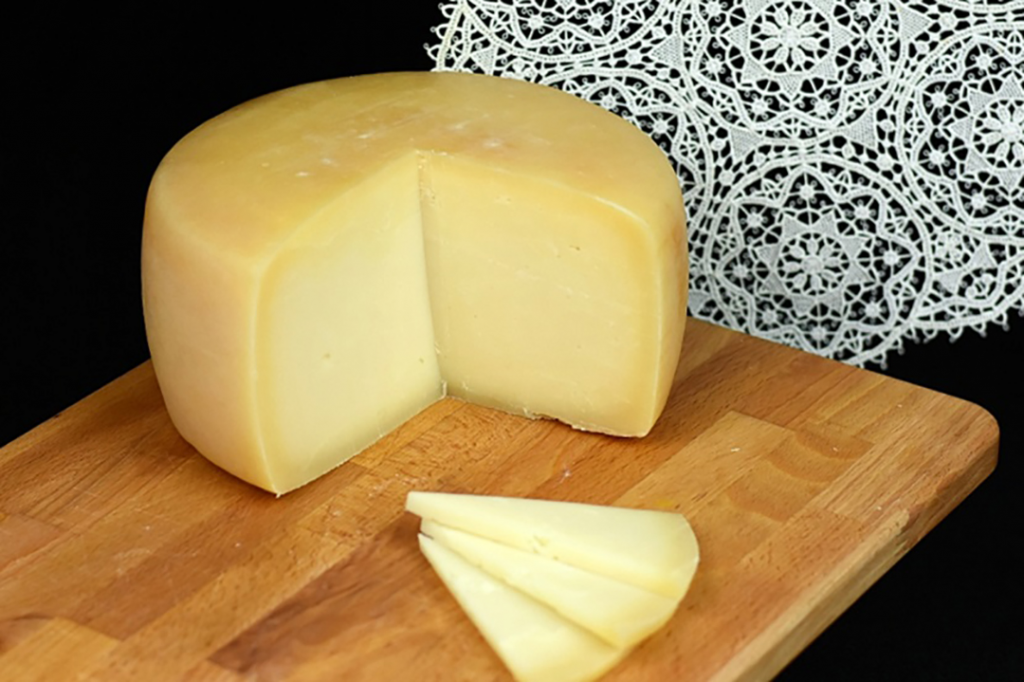
5) The story of Pag cheese
Lace holds an immeasurable level of importance to Pag Town and indeed the entire island, but it doesn’t hold that title alone. The famed Pag cheese is also part of the very soul and essence of the island. The story behind Pag cheese is a genuinely wonderful one. It is about an island of stone where only aromatic herbs grow, and where one of the best cheeses in the entire world is produced. Pag cheese put not only Pag but the whole of Croatia on the cheese map of the world and became one of the most recognisable Croatian products on a global scale.
Pag Town’s keen visitors can come and unlock the old secrets of Pag’s cheese producing and sheep farming traditions, as well as explore the connection and intertwining of the island’s nature with the production of Pag cheese. A tour of the Pag cheese factory, the island's oldest, will reveal how the best Croatian cheese is produced accompanied by an expert guide and tasting sessions in the most authentic setting imaginable.


More: Tz grada Paga
SEAYOU BOAT TOURS Passionate organisers of amazing boat tours: Experiences we want - instantly!
Experience their passion - Have you ever been scrolling on social media and come across a gorgeous photo that just makes you want to dive into your screen?
We can say with certainty that this is exactly the feeling we got when we began researching what the SEAYOU agency can offer its clients. This incredible agency specialises in the organisation of speedboat trips and maritime transportation services from Split, Brač, Hvar and other locations across beautiful Central Dalmatia!

Teamwork is everything - Over 30,000 travellers have enjoyed paying unforgettable visits to the most breathtaking islands in the Croatian Adriatic. This is all owing to the diligent work of the SEAYOU team’s twenty warm and highly qualified experts.

These people genuinely want nothing more than for you to come and experience their passion, discover hidden bays, coves and the best places to swim and dive down into the azure depths below.


Get better acquainted with the secrets of the deep blue sea and enjoy it like the world’s elite do! Most of these tours are available in either private and group versions, and we’ll be honest, they’re all so enticing that the only issue you’ll face is choosing the right one (or two) for you! When picking one of these wonderful excursions, you’ll be able to visit several stunning locations as part of it.
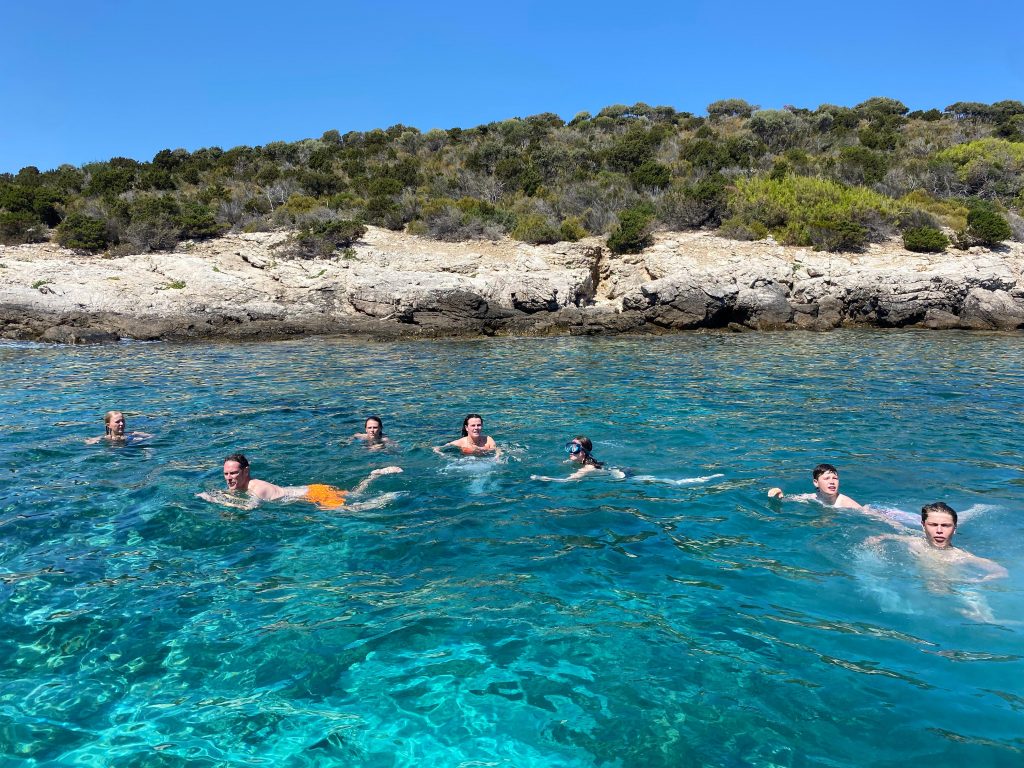
For example, a visit to the famous Blue Cave also includes a visit to some jewels in the crown of the beautiful island of Vis, such as the idyllic Stiniva bay where steep cliffs embrace a secluded pebble beach lying below. There’s also the mysterious military tunnels which rendered Vis inaccessible until 1991. These imposing structures give this astonishing Mediterranean island an unusual and almost cinematic aesthetic.
We have absolutely no doubt whatsoever that regardless of taste and wishes, everyone will be able to find something that suits them when picking through the proverbial treasure trove of SEAYOU tours. Those who are seeking romantic, secret coves will definitely enjoy the Blue Lagoon tour, which includes a visit to Croatia’s picturesque and beautiful so-called “living city museum” - Trogir.


Those who want to experience the glitz and glam of certain Dalmatian island destinations will undoubtedly be more than satisfied with the Hvar by night private tour. They’ll be happy regardless of whether they decide to enjoy an evening on Croatia’s premium island as it bursts with the hustle and bustle of summer, or dance the night away at the Carpe Diem club which is adored by global jet setters. Whichever is chosen - an amazing time for all is guaranteed.

In addition to the aforementioned tours, SEAYOU also offers tours which are much more thematically focused on the island of Hvar, as well as on Bol and the island it is situated on - beautiful Brač. People who really want to push the boat out (quite literally in this sense), can opt for a luxury private tour on a stylish boat that can be completely tailor-made.

The shining reviews SEAYOU have earned are their very own sea of stories - It’s impossible to miss the reviews which shower SEAYOU with well-deserved praise when browsing their website (www.seayou.com).

Full of genuine expressions of gratitude interspersed with words like “brilliant” and “amazing” stand out the most. After we scanned these reviews, it was immediately obvious to us that the SEAYOU team don’t only create boat tours, but incredible memories that last a lifetime.


Više: www.seayou.com
SUMMER HOT SPOT Supetar will feed your senses with picturesque sights, landmarks and stories deeply woven into the very identity of this utterly idyllic destination
Once again, the Supetar Tourist Board has totally proven that it has no competition when it comes to combining tradition with modernity. It very successfully branded the destination in a gastronomic sense through the “Unlocking the taste of Brač” project by showcasing the skills of the masters of Supetar's kitchens worthy of Michelin recommendations on our plates. Those incredible dishes were equally inspired by the old recipes of Supetar grandmothers as they were by modern fine dining. Supetar’s gastronomic successes also seem to have been reflected in other segments of its overall tourist offer, so locals decided to prepare their guests a true feast for the soul this time.

Don’t get us wrong, we’re not for a second suggesting that you bypass the magnificent restaurants and taverns in Supetar, we’re merely saying that this time - we’re going to feed your senses with picturesque sights, landmarks and stories deeply woven into the very identity of this utterly idyllic destination.
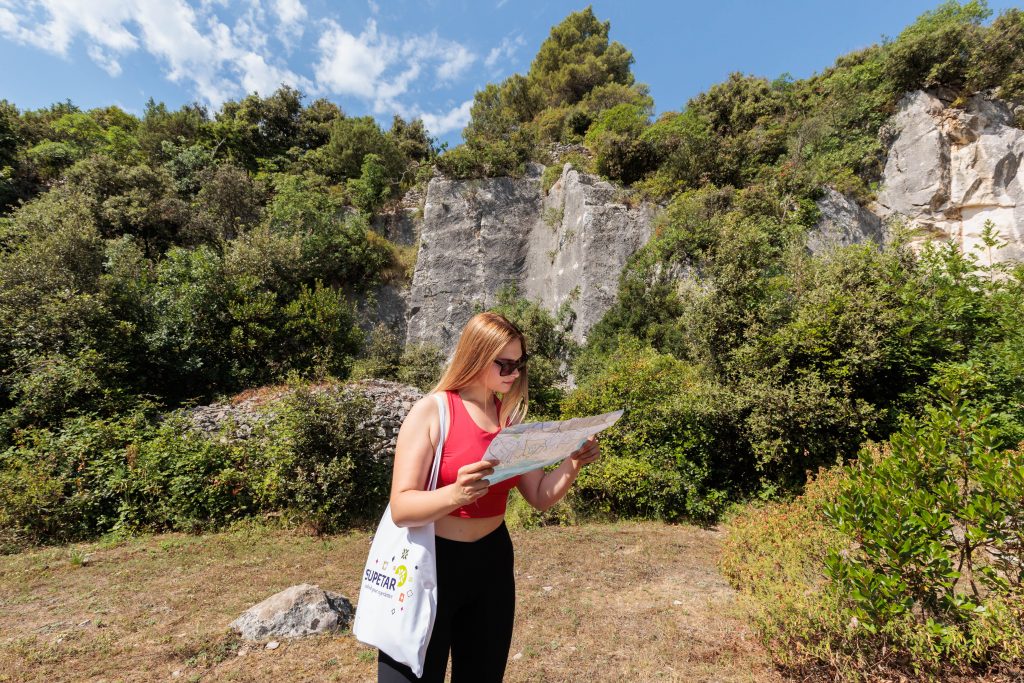
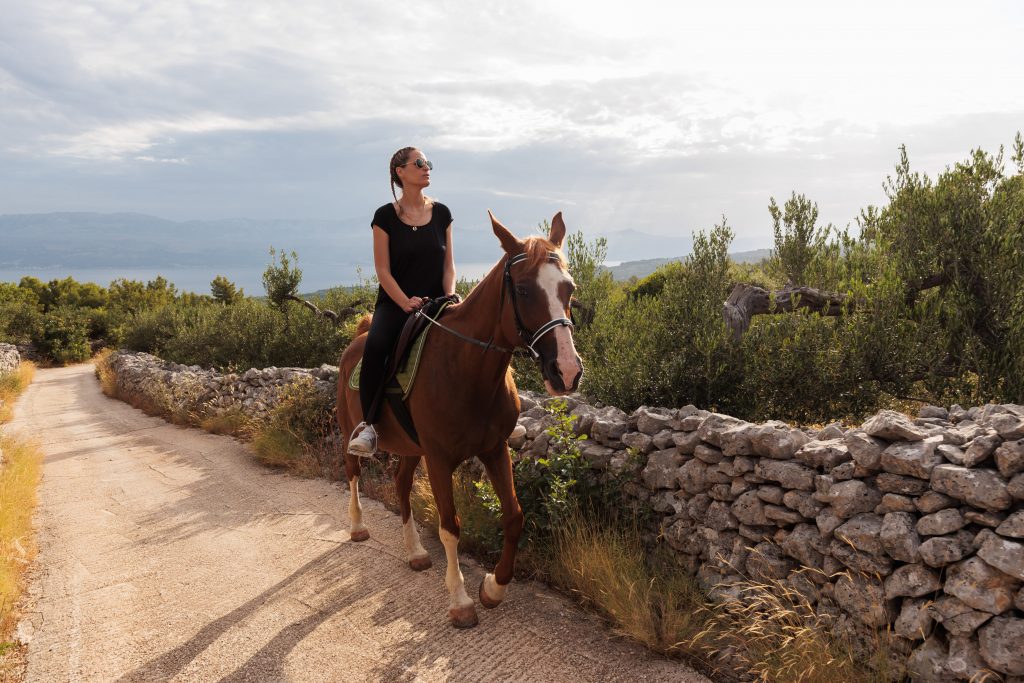
We’ll take you along four impressive themed trails, which (after all, we’re talking about the masters of combining the traditional and the modern here!) are additionally equipped with all of the advantages of modern technology for an even more realistic experience. Above the quaint village of Splitska, in picturesque, peaceful Mirca and in the town of Supetar itself, intriguing reliefs await us boasting untouched nature, liquid gold from right here on the island, and none other than the father of modern Croatian sculpting, Ivan Rendić, and the greatest Croatian poet of the 20th century, the marvellous Tin Ujević!

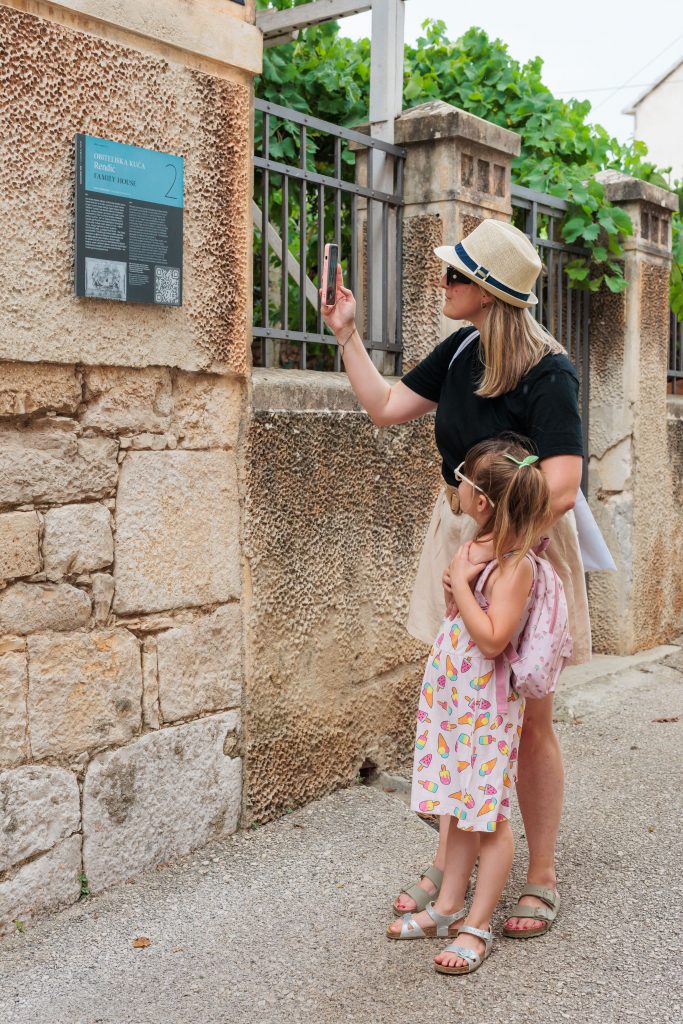
Stone that enjoys global fame - To arouse even more intrigue regarding the remarkable story of Brač stone from the Roman era (it adorned the incredible Diocletian's Palace, as well as the lobby of the UN building in New York, part of the White House in Washington, and the parliament buildings in both Vienna and Budapest!), we’ll begin along a 1.1 kilometre themed trail. It starts at the bottom of Splitska’s horseshoe shaped little harbour and leads to the Rasoha quarry itself.
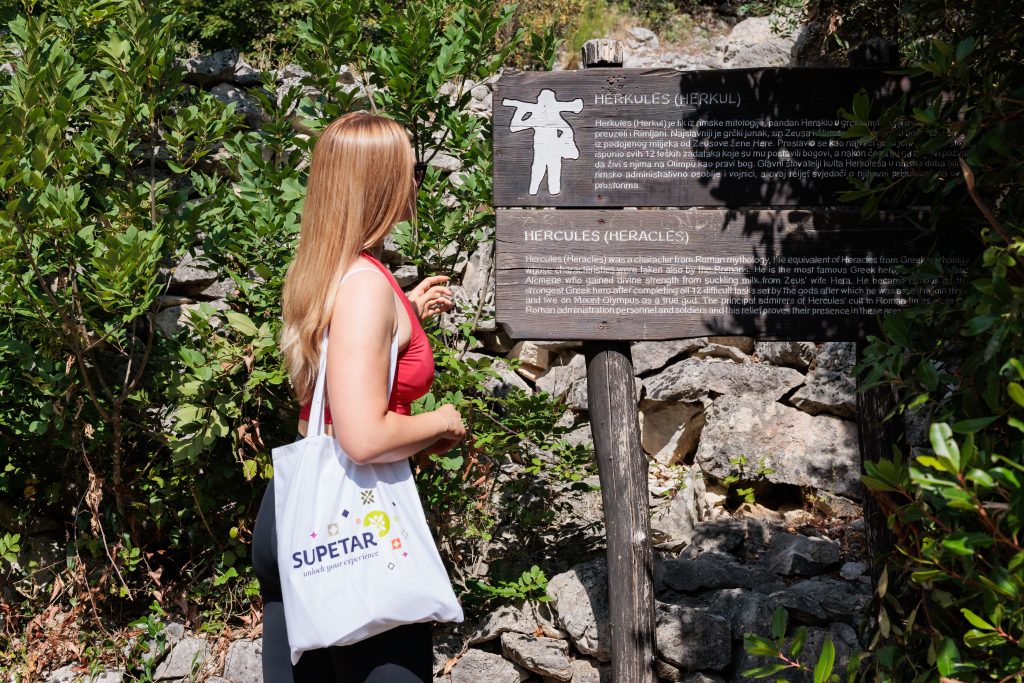


This is otherwise one of several Roman quarries (alongside those in Plate and Stražišće) that are located above the beautiful settlement of Splitska, a mere kilometre away from the sea. It’s the perfect environment to sit back and relax with a favourite book while enjoying the idyllic natural environment.

No book? No problem! Taking in the interesting 80 cm relief of Hercules carved into the rock is also an option. Hercules has been standing alone here for years, so why not snap a few photos of him for social media? We’ll be more than happy to explain to any curious followers that his disproportionately large hands are a symbol of his exceptional strength and the dogged determination of human will. It’s no wonder that hardworking stonemasons adopted him as their protector!



For a complete experience, we can use our phone cameras as a mobile time machine, and step back into an age long gone by. The Supetar Tourist Board created a presentation of real historical events through 3D characters, objects and attractive animations using AI technology. This showcases the process of quarrying and the poor slaves who painstakingly laboured there, as well as the soldiers who controlled and commanded them. That isn’t all, either - so make sure to try it out!
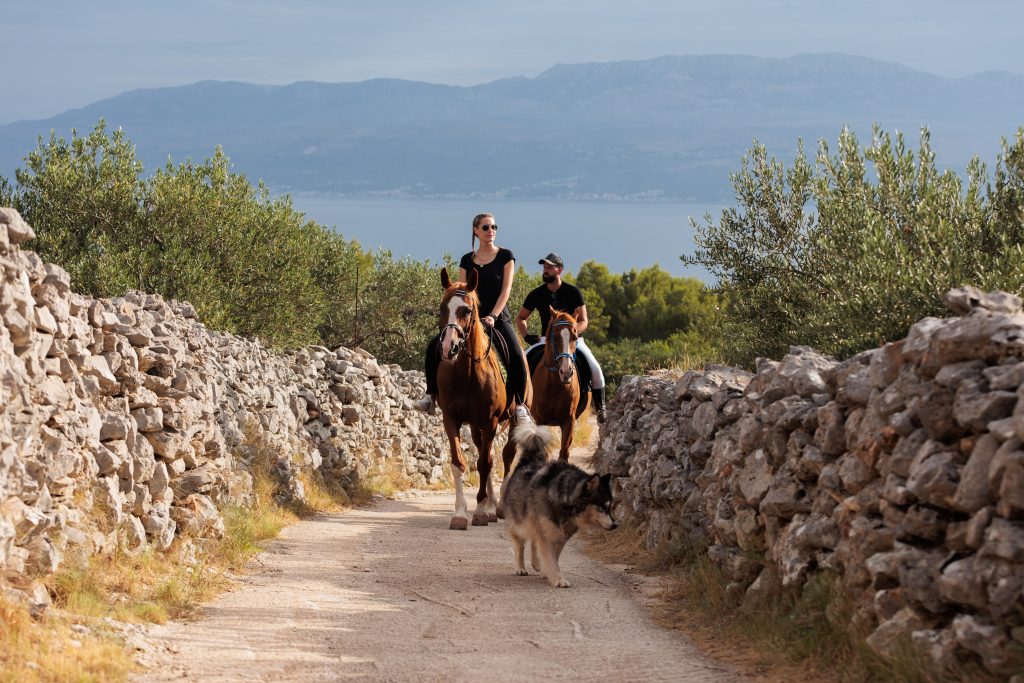
The path to liquid gold - Did you know that there are about a million olive trees growing on the island of Brač today? This gorgeous island is actually considered the largest olive growing area in the entire country! We’ll learn everything about the island’s prized liquid gold during a walk along the Maslinovi puti (Olive paths) pedestrian path, which begins in the quiet, picturesque town of Mirca.

A five kilometre circular path will lead us through ancient and stunning olive groves which continue to grow and produce fruit above the village, all the way to Prihod - the old irrigation system, which has played a vital role in Mirca’s history since ancient times (water was transported from these reservoirs to the village in barrels or in pails that the women then carried on their heads!)

When walking along Maslinovi puti, guided by the trail’s markings, we’ll gain more knowledge about the tradition of olive oil production and the dominant and autochthonous types of olives (oblica, buhavica and levantinka). We’ll also get better acquainted with the timeless and beautiful construction of Brač’s iconic dry walls.

This thematic trail does very well in resisting the woes of seasonality. It can be enjoyed all year round for a bit of recreation and relaxation out in the fresh air. An additional bonus also lies in the fact that the Supetar Tourist Board has further refined its offer with the Olive Trek web application (app), which offers a unique stroll and tour of the area’s breathtaking olive groves using modern technology.

It offers a detailed display of digital trails - revealing their length, terrain and altitude, as well as giving an accurate insight into the average duration of any given tour! In addition to finding out the necessary information through the description, we can see old olive mills, oysters and presses, and take photos using phone cameras.

The sculptor who refused to be forgotten - Supetar is the home of one great artist, hedonist, joker, and carnival lover... you guessed it, it’s the iconic Ivan Rendić, who, according to his namesake (who was also a virtuoso in the sculpting world), Ivan Meštrović, incited a real thirst for sculpting among local artists. The Supetar Tourist Board and the National Library of Supetar decided to honour the unforgettable Ivan Rendić and his greatness in the way he deserved. They designed and marked out a thematic trail called “A Cultural Walk with Rendić”.
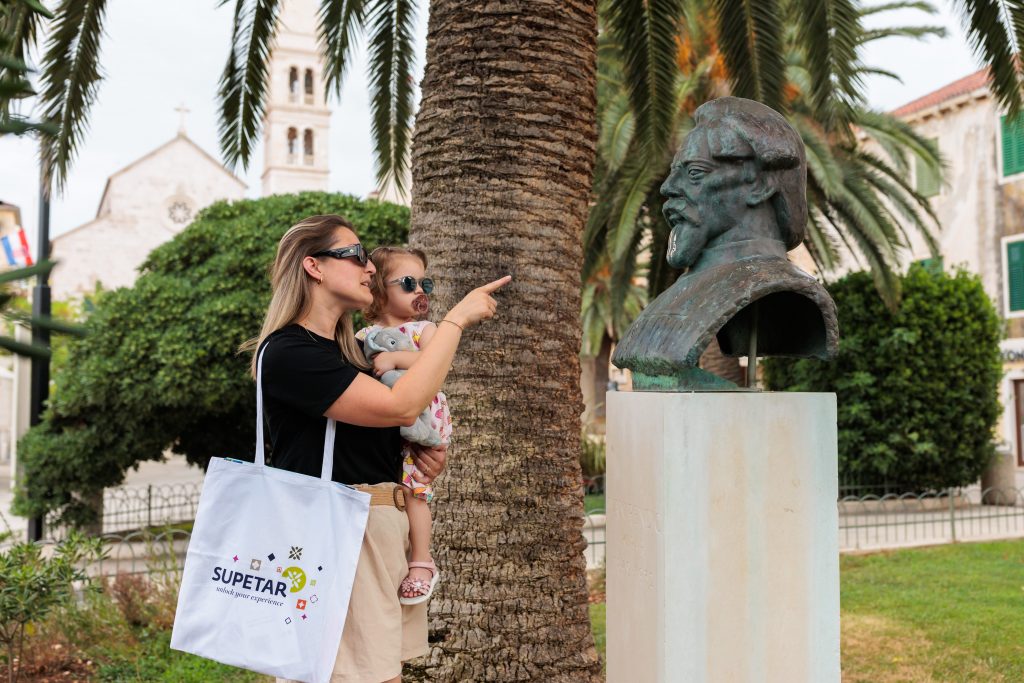
The trail highlights significant points in Rendić's life, which are uncannily and rather incredibly synchronous with the important points of this town itself. Along this line, it’s enough to mention the area of Vrdolac in the immediate vicinity of the sculptor's house, which, along with Glavica and Varoš, forms Supetar lifeblood. It’s where life for this town once began and from where it eventually descended down towards the shoreline.

Gustirne played a particularly important role in the sculptor's upbringing, as well as in the life of Supetar. We can reach them by taking a leisurely stroll as part of this themed trail - Gustirne are old wells in which rainwater from the nearby drip tray accumulated, and this way of collecting water was once Supetar’s way of life. It’s the place where all of the town’s secrets and gossip were discussed, as well as where various goods and dishes were washed. This water was warmed up and then used for everyday life.
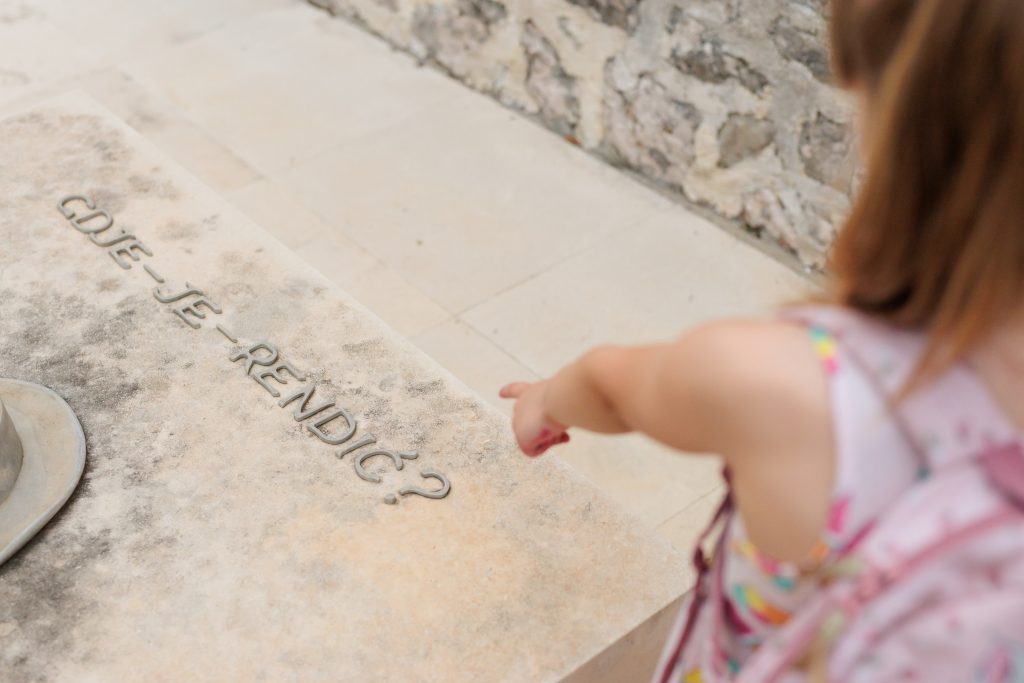
We particularly enjoyed the crescendo of this walk, and we have no doubt at all that the sculptor himself - a proven slapstick master - would have equally liked it.
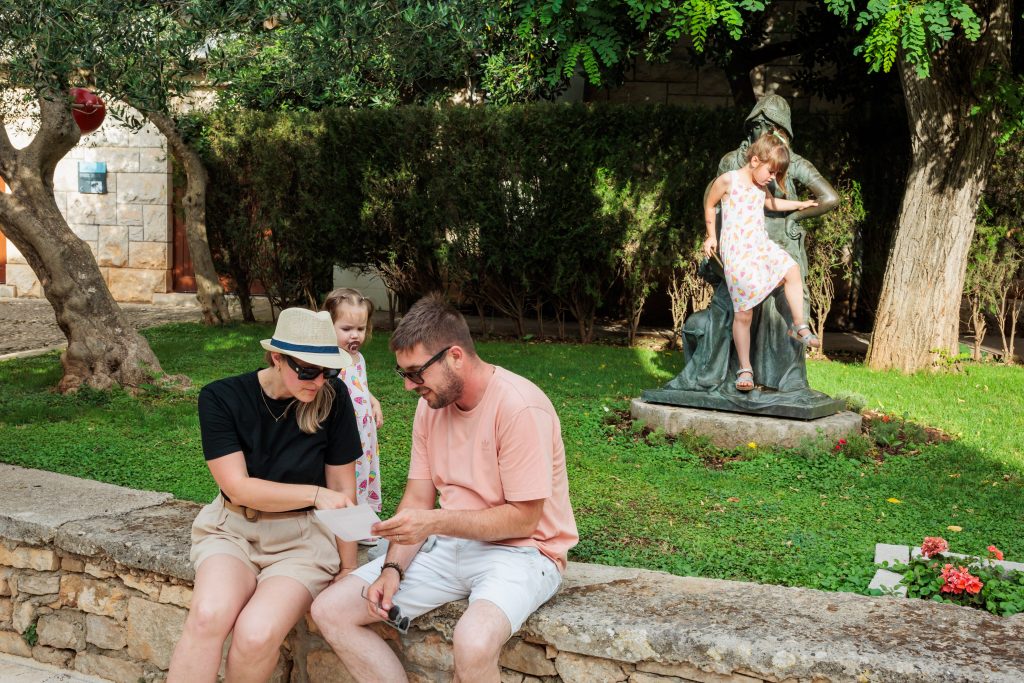
With the help of AI (in this case we’re talking about augmented reality), the sculptor himself appears on the screen of the device, instructing the user to wander through Supetar’s cemetery, which is full of his beautiful monuments. As he directs you to the cemetery, he’ll use his legendary sentence: "Where’s Rendić?", before he appears at his very own final resting place there.
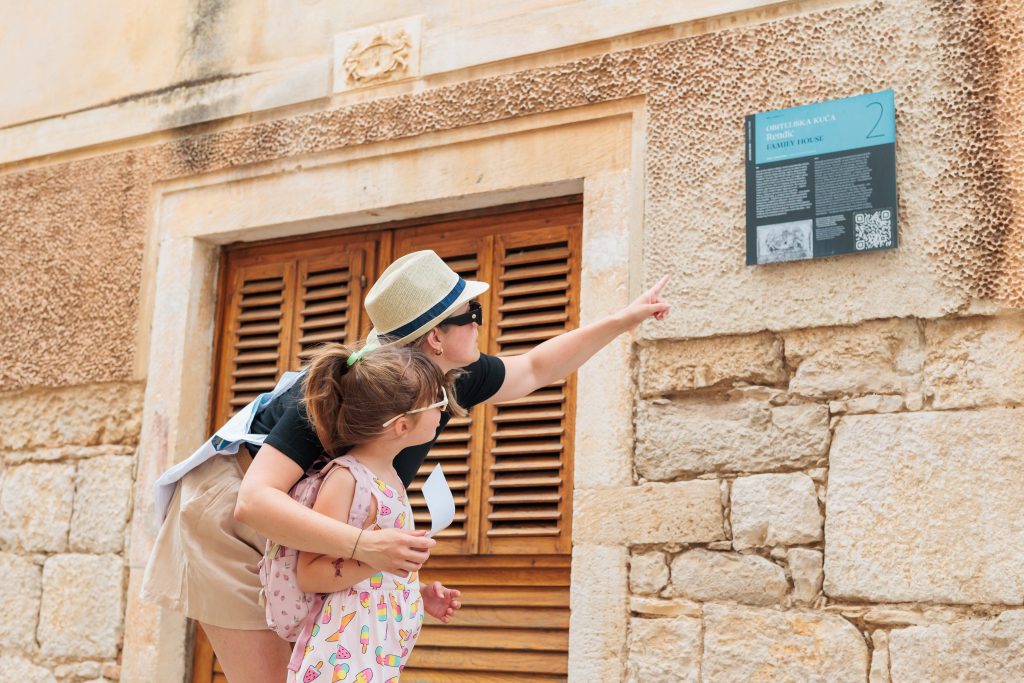
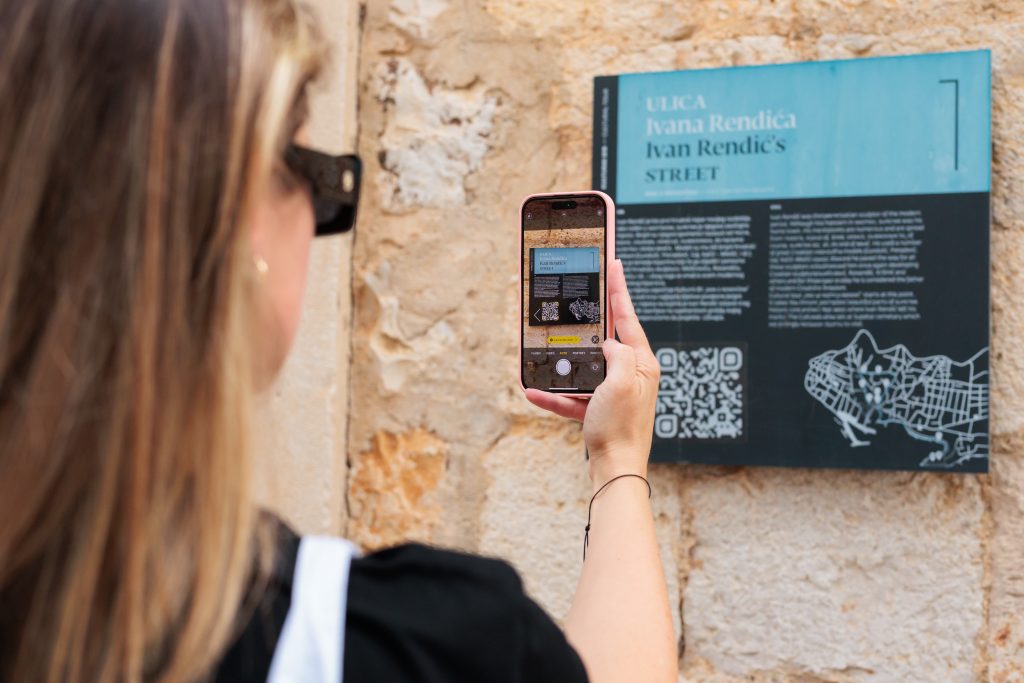
Maybe the real Ivan Rendić would be surprised by modern technology for a brief moment, but that would soon be overtaken by his amusement that, just like some sort of witty trick that he was prone to during his life, he’d managed to come to life on the screen of your phone. Naturally, he secured a place in the hearts of his fellow citizens a very long time ago.

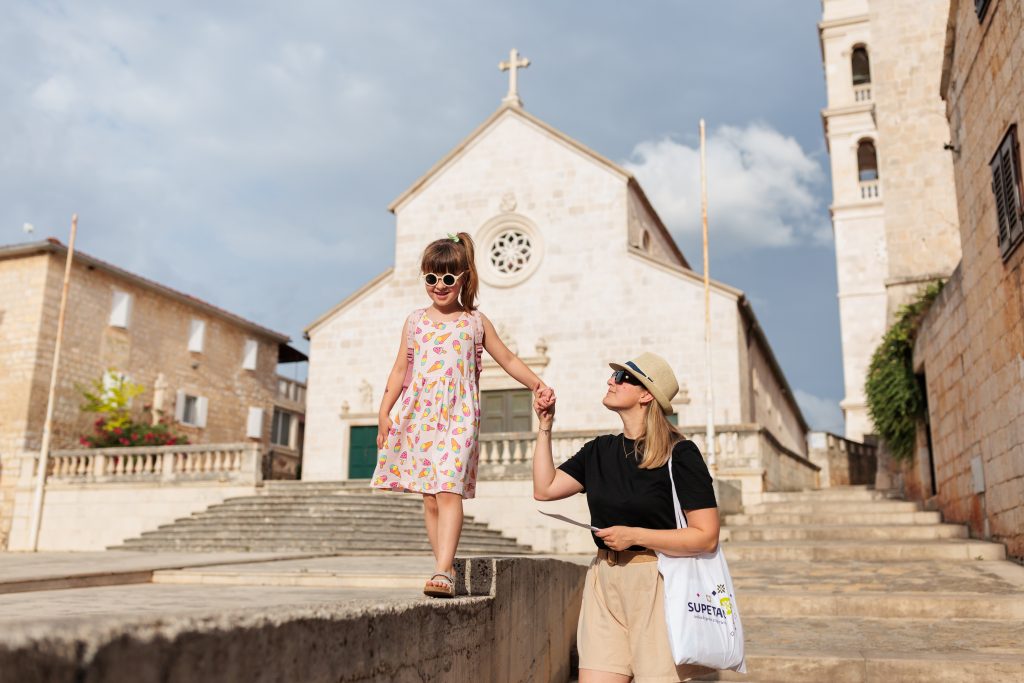
A place that abounds in poetic beauty - You know what they say - that you should leave the best till last. We’ve done precisely that. Last but by no means least, we’ll take the path that leads us through a quaint village occupied by olive growers and farmers. Although the name Mirca comes from the Latin word murus (wall), its association in the modern day for most is with exactly what this area abounds in, and in truly incredible quantities - idyllic peace.
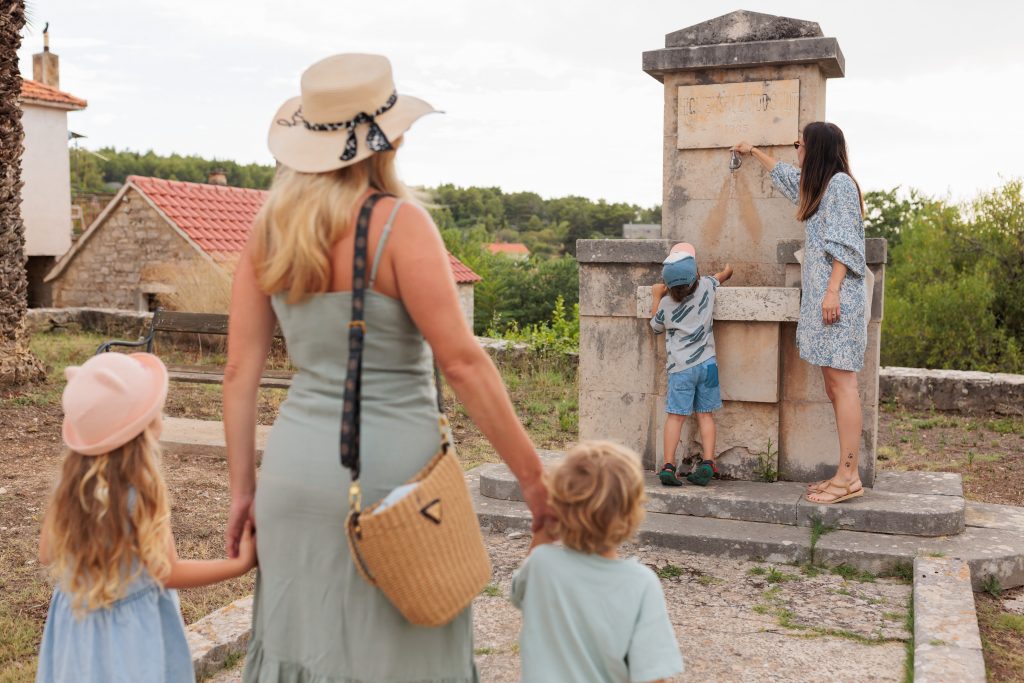
"Peace enters me, because this is a suburb of silence..." - penned the great Tin Ujević back in 1929. His own heritage hailed from the island of Brač on his mother's side. His literary work entitled "Discovering Mirca" was the foundation and basis for designing this thematic walking trail, and the Supetar Tourist Board’s wish for this particular path was for everyone who takes it to learn about Mirca’s interesting history along with a pleasant walk.
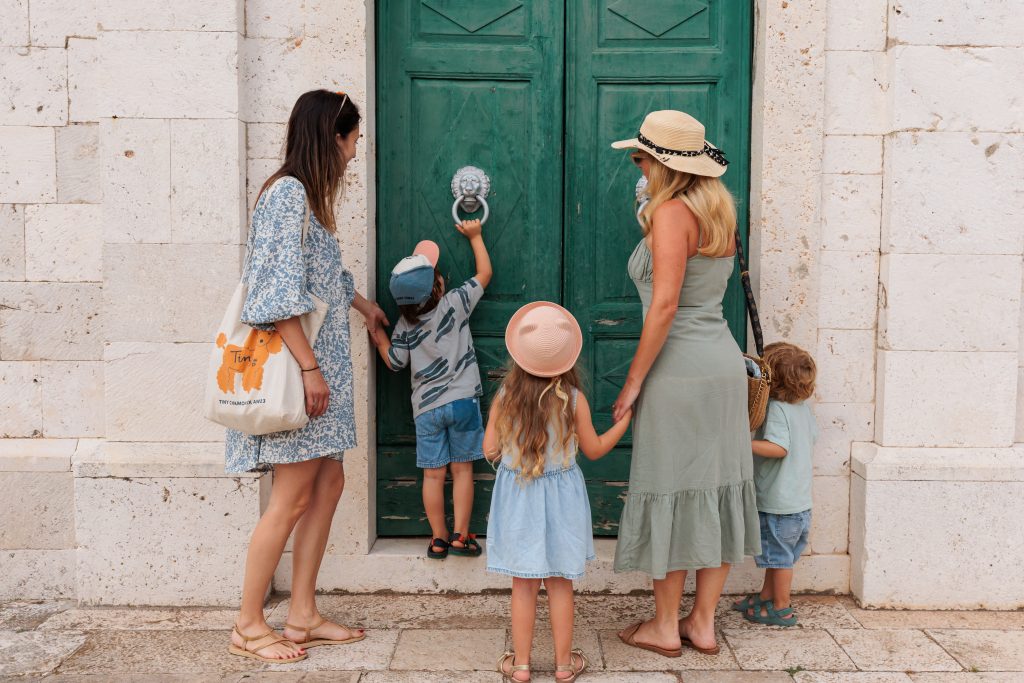
We’ll be more than glad to follow the approximately five-kilometre-long trail and learn more thanks to the seventeen information boards which tell us more about Mirca’s history, cultural sights and interesting scenes from the long life of this beautiful place, all while admiring its insurmountable poetic beauty. Mirca’s characteristic Dalmatian construction of old stone houses in Mutne kale, the beautiful and ancient dry-stone walls and mulberry trees are all a joy for the eyes. To be frank, the only negative is that it might make you regret not coming back in spring, when (believe it or not) Mirca takes on even more of a gorgeous look with its colourful almond blossoms.
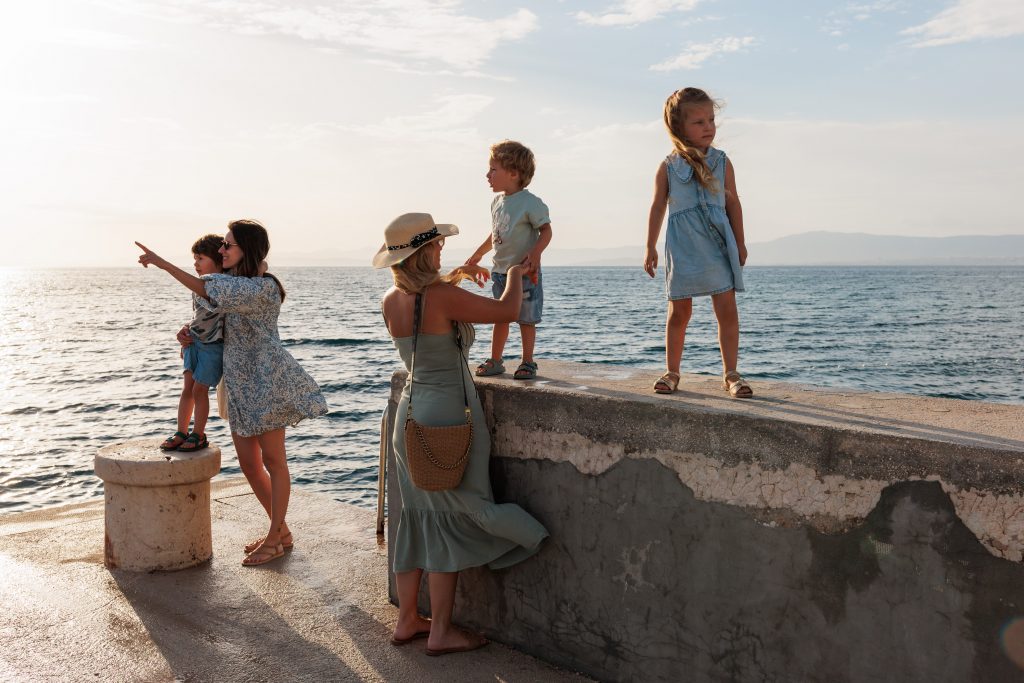
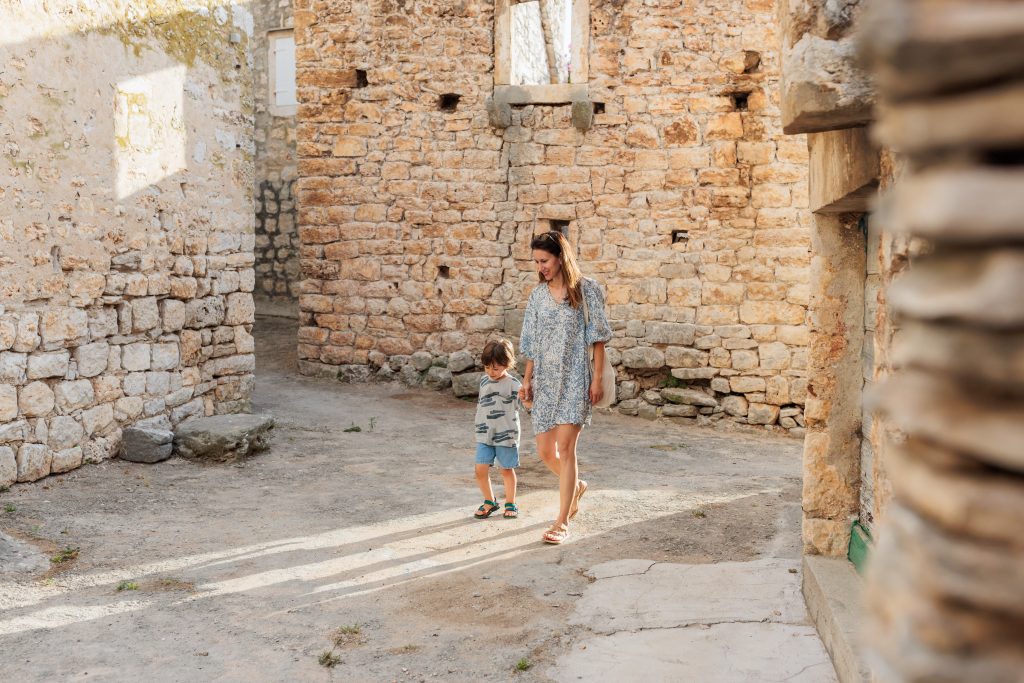
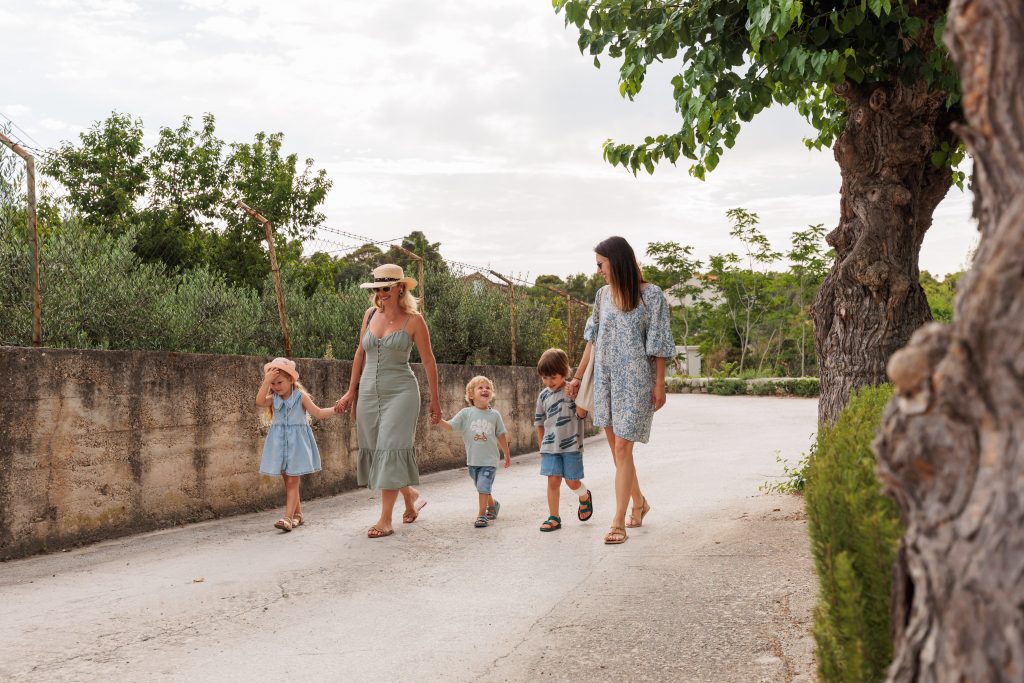
On this occasion, it’s important to understand one thing and one thing only - Supetar has scheduled a rendezvous for us with the beauty that has inspired artists, and we, falling in love again and again, will never refuse to take it up on the offer!
More: www.supetar.hr
Photo: TB Supetar, Marko Lorenzo Blaslov
PAG OUTDOOR Enjoy and explore a true paradise for lovers of active vacation, nature and adrenaline!
HOT SPOTS DESTINATION WINTER/SPRING 2023.

Whether you enjoy trekking, bike, hike, climb, kayak or practice any activity you can
imagine in between, Island of Pag is a true paradise for lovers of active tourism,
nature and adrenaline.
SYNERGY THAT KNOWS NO BOUNDARIES
Pag Outdoor is a project which is the result of the joint efforts of as many as five tourist boards - The Tourist Board of the City of Novalja, The Tourist Board of the City of Pag, the Kolan Tourist Board, the Povljana Tourist Board and the Stara Novalja Tourist Board. It is carried out with the support of the Ministry of Tourism and Sport of the Republic of Croatia (MINTS).

Regarding Pag’s rich outdoor offer, it is important to say that the whole story includes licensed guides and trainers who add to the entire experience with their own experience, as well as the local DMC tourist agency.
Of the striking four-leaf clover which marks Pag’s outdoor offer, perhaps the most peculiar is the one that is actually the “birth certificate” of the island, unique because of its resemblance to the surface of a distant planet; some will see Mars in it, some will see the Moon, but this island is certainly attractive precisely because of that unique landscape. This is how the famous Life on Mars Trail Race was born.

THE LIFE ON MARS TRAIL
This year, Novalja wins the Simply the Best award with Life on Mars for the exceptional quality and attractiveness of this event, which enriches the whole tourist offer with its content while promoting the sustainable development of active tourism, it also firmly positions Novalja at the very top of the Croatian outdoor destination list. Unspoiled nature surrounded by the awe-inspiring smell of sea, stone and salt represents a true break from the stressors of
everyday life and a “psychological detox”, and as such - according to the runners - the aforementioned track has definitely earned its “five stars”.

The Life on Mars trail has also been rightfully adorned with an award from the readers of “People Outdoors” magazine for the best outdoor tourist infrastructure, with its many marked trails and coordinates.
It should be noted that the Trekking League in cooperation with the Tourist Board of the town of Novalja organises the Life on Mars race every spring, and the exotic Metajna canyon is the attractive location of the most popular trekking race in all of Croatia, a race characterised
by its truly distinctive “cosmic beauty”.
However, it would be unfair not to mention the fact that Pag boasts as many as eight excellent running tracks.


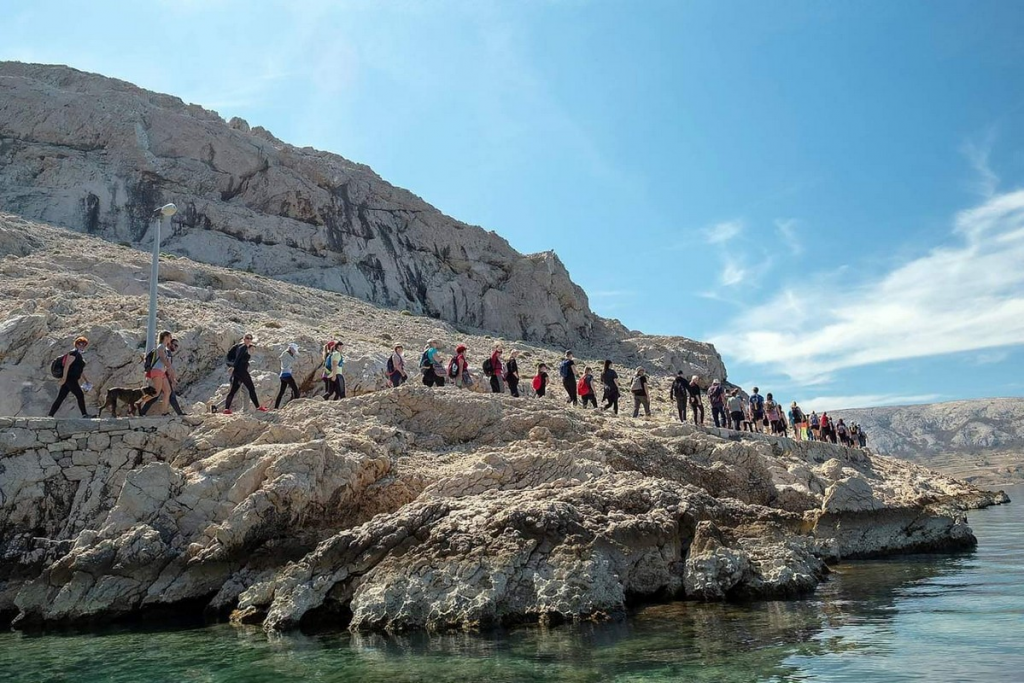



SAY CHEESE AND RUN!
The outdoor Island Pag Trail Race is the perfect place to mingle with other enthusiasts and conquer some exciting trails. The race is held every year in April, and the many participants have the privilege of discovering all the diversity and beauty of Kolan along several tracks. The trails are not too difficult, they are very interesting because they pass through Kolanjsko polje (the Kolan plain), the Kolanjsko blato ornithological reserve, all the way to Sveti Vid, the
highest point on the entire island of Pag. It offers an unforgettable view of all sides of the island, the imposing Velebit mountain range across the channel, as well as the islands of Maun, Silba and Lošinj. The Island Pag Trail guarantees a unique and unforgettable experience to all of its visitors who can enjoy engaging in sporting activities and delicious local cuisine, as well as beautiful natural sights and countless top quality food products from Kolan and the
rest of the island of Pag.
If you prefer being out in nature, being constantly on the move, if you enjoy progressing with dynamic and exciting adventures and competitions, and if you’re always looking for new things to try - come and visit the Island Pag Trail race in Kolan on the island of Pag.
Say cheese and run!



THE OTHER SIDE OF THE MOON TRAIL - PAG
The Other Side of the Moon is an area where three paths made of stoney magic are intertwined, with beautiful views of the mythical Croatian Velebit mountain, the gorgeous, azure blue sea, rugged rocks and the deep blue sky! Each of these paths has its very own
story, a number of interesting notes from Pag’s rich history and special views made of stone that only nature could shape. If you take any of these trails, enjoyment and relaxation are guaranteed because the paths pass Ledeniko, the most beautiful and interesting geological-paleontological part of the island of Pag, and entirely unique in the entire Mediterranean region.
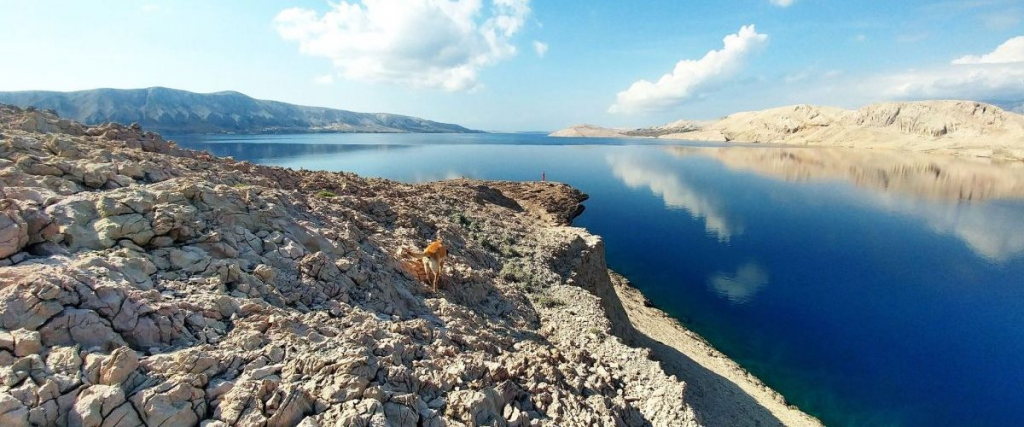
If you like hearing historical stories, you will definitely be able to satisfy your curiosity
here, because when taking this trail, you will reach Veles’s closed cave, named after the god from Old Slavic mythology who leads his eternal cyclical battle with the god Perun. Given that Veles was depicted in the form of a snake or a dragon in Old Slavic mythology, when visiting this place, don’t bother to try to open this cave with some magic words.
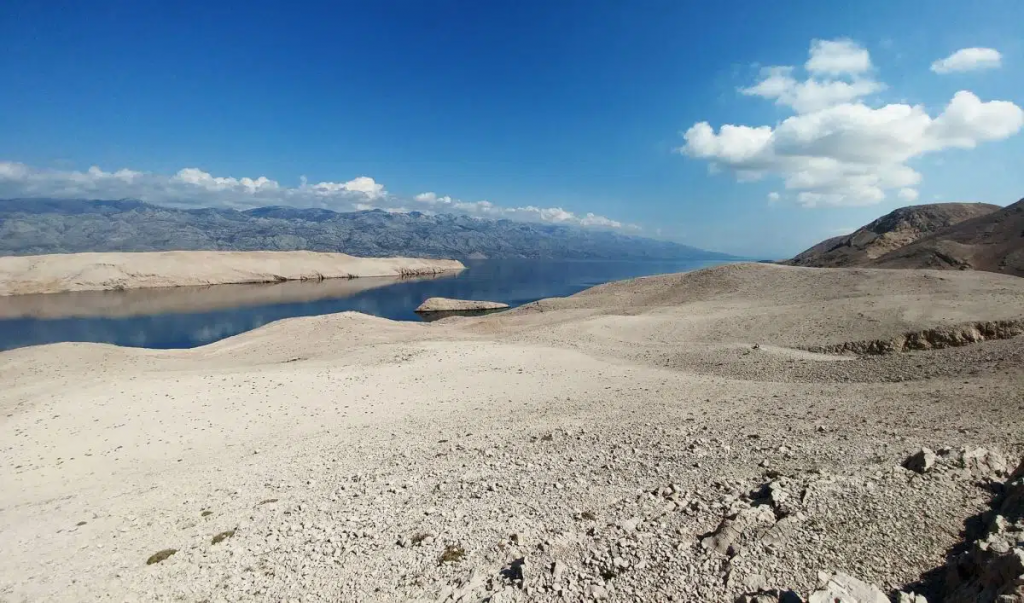
This path, which is short, easy to walk along and accessible to all ages even in the warmer part of the year, can be used for a nice all-day family trip with swimming in the beautiful Zaton bay, and on the path itself you will come across two viewpoints which boast some utterly
beautiful views.
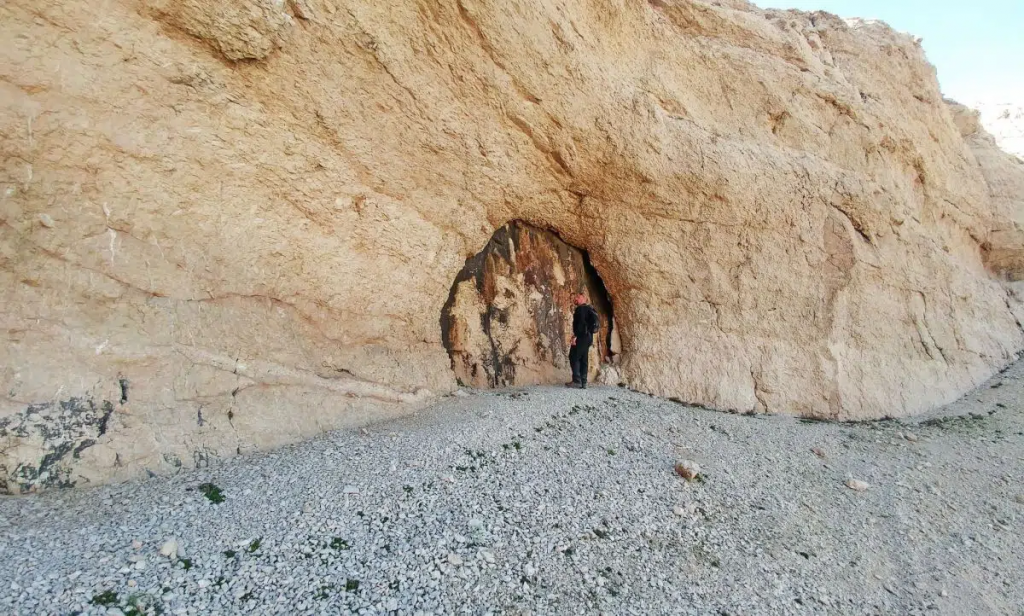
THE PANOSA TRAIL
This trail starts at Trg Ban Jelačića (Ban Jelačić Square) in the very centre of town and is very suitable for trail walking, Nordic walking or just plain old walking.
It starts next to the parish church of St. George (Sveti Juraj), through the wells - which in the past provided much needed water for the grazing cattle, and later became the water supply - walking along the asphalt road we reach the location of Obatnica, a place right down by the sea, where there used to be an ancient villa, which was later transformed into a monastery. After a short climb, we’ll reach the lookout point, which offers a view of the stunning surrounding islands.
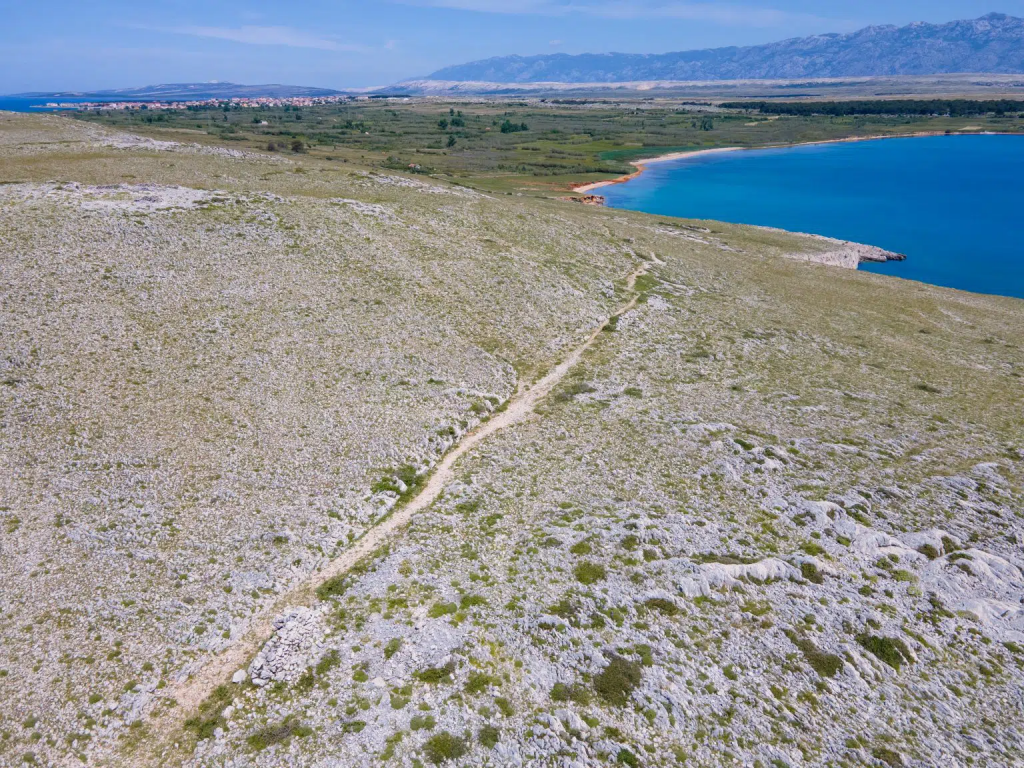
The path then continues and turns towards the north and to Velebit. It further descends towards the bay and the sandy beach in Stara Povljana. Through Povljansko polje, we reach the church of St. Martin, which was constructed way back during the fourteenth century, and Stara Povljana, where there was once an old settlement during the Middle Ages. At the very end of the trail, a spectacular scene awaits us - a strange but beautiful moon-like landscape, located in the area of the macadam path which connects
Povljana and the nearby fishing village of Smokvica, and stretches out into the beyond, as far as the eye can see.
www.pag-outdoor.com/trail/trail-81/


CLIMBING EXPERIENCES
Even the most “down-to-earth” people will want to shake off those proverbial shackles every once in a while, and they can easily do so by climbing the unreal rocks of Pag, in rugged landscapes shaped by harsh storms. For lovers of this type of recreation - climbing -
Croatia is already profiled as an extremely attractive destination, and the island of Pag is one of the most popular of all. On Beritnica beach, nature has arranged three large rocks in the shallows of the sea - this natural installation is an unforgettable sight and by far one of the most popular not only for climbing, but also for filming and taking pictures.

The spectacular Stogaj rock rises imposingly above the beach as if someone designed it precisely to beckon you to climb to the top. It’s no wonder that this is a favourite destination for climbers.
Stogaj offers almost seventy clearly marked routes over four parts for athletes and recreationists of all abilities. It is also suitable for beginners who can try their hand at an easy, shorter climb at a height of ten metres, and for those who are experienced climbers, it has the Scorpion and Spyder tours. Swimming in the crystal-clear sea below after climbing is an essential item to tick off the list, and something like this is definitely not to be missed.



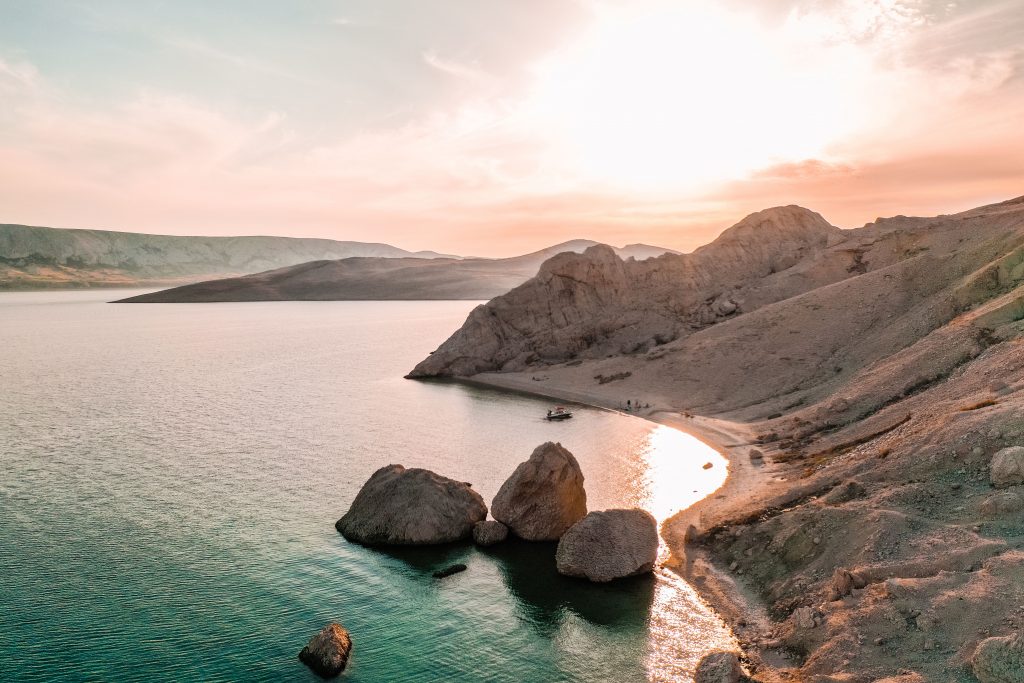
KAYAKING
Don’t miss another strong asset that the island of Pag boasts - kayaking! One of the more popular routes starts at Ručica beach, an inspiring setting for many film, music and fashion shoots, and moves towards the sandy cape of Sušac along the passage under the impressive rocks of Stogaj and Teplica.
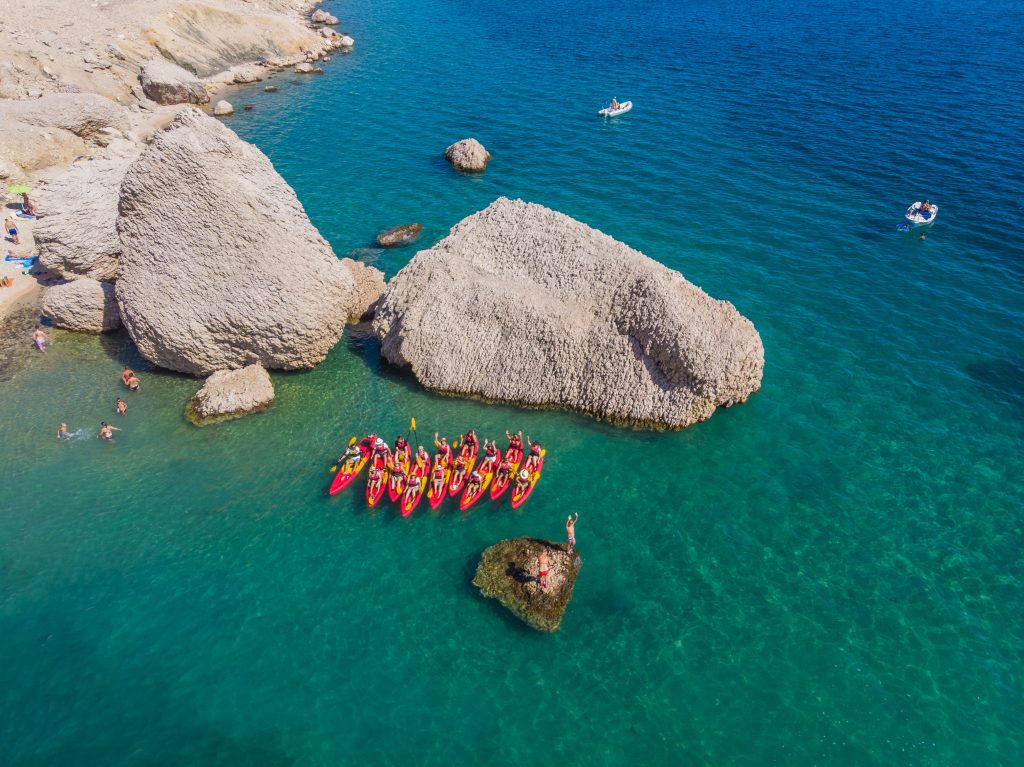
It then allows you to paddle past long and spacious sandy beaches which are strung together like pearls, with occasional rest stops for some swimming implied. In the surroundings of this strange white karst landscape combined with the crystal clear blue sea lapping against it, rowing towards the opposite side of the Pag bay becomes an unforgettable experience with, among other things, a spectacular view of the Velebit mountain and what’s known as Paška vrata (the Pag Gate) the mysterious Gača cave and beaches the likes of which exist nowhere else on the planet.



CYCLING
Cycling, as one of the most popular activities, has been at “home” on the island of Pag for a very long time now. Today, there are more and more tourists who come to cycle. They aren’t only ecologically conscious people, but also consumers whose main motive for coming to a destination such as Pag is the diverse landscape and well-maintained biking trails. There is no fear when it comes to Pag, as there’s an offer for all types of cycling tourists!
This peculiar island which boasts endless cosmic beauty has a whole series of beautifully arranged trails for different profiles of passionate “pedalists”: from beginners to intermediate cyclists, up to true adventurers seated on two manually controlled wheels.

For example, the Path of St. Anthony in Novaljsko polje (the Novalja plain), as well as the which has the same name, is suitable for beginners and lovers of a lighter riding style. The Put Girenica and Povljanska blata routes are also right up that same alley. All instructions on the routes, mileage and ascents are available on the pag.outdoor website, and the same applies to the medium-demanding trail - The embrace of the stone and wind.

GRANFONDO PAG – Cycling on the Moon”
www.granfondopag.com
In short – what marathons are for runners, and what ironman is for triathletes, Granfondo is for cyclists. Competitors in the leading group are all peddling away, fighting for victory, those in the middle are attempting to achieve their best possible personal time, and the cyclists at the back are there primarily for overcoming the challenge of finishing such a demanding race (sometimes also to avoid the “cut off time”). Rather than racing against the other cyclists, the
Granfondo is a battle with oneself, and the length of the course successfully completed (about 100 kilometres!) is the greatest reward of all.
Reserve the date of October the 14th, 2023, for the fourth International Cycling Marathon “Granfondo Pag - Cycling on the Moon (85 kilometres), and the recreational race “Mini Granfondo” (35 kilometres) and ride through the unreal, lunar landscape of the island of Pag.



Photo: Pag Outdoor
Rural pearls of Dubrovnik-Neretva County - unreal fairy-tale places are waiting to be discovered
Step out into the sparkling cosmos of true southern hospitality where you don't look at the time, but at the sun.

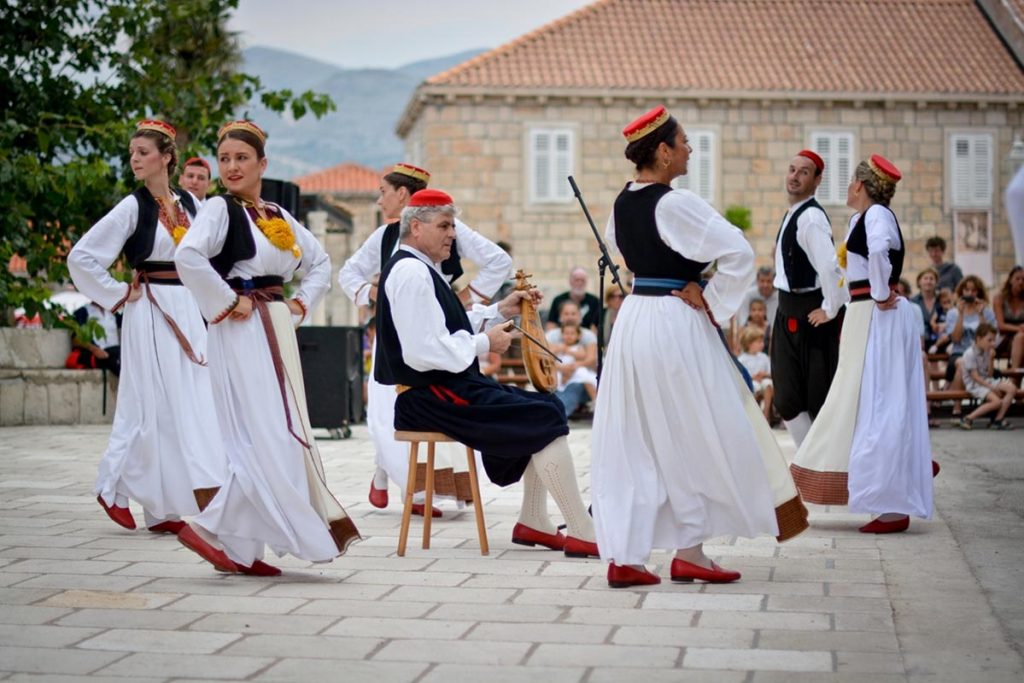
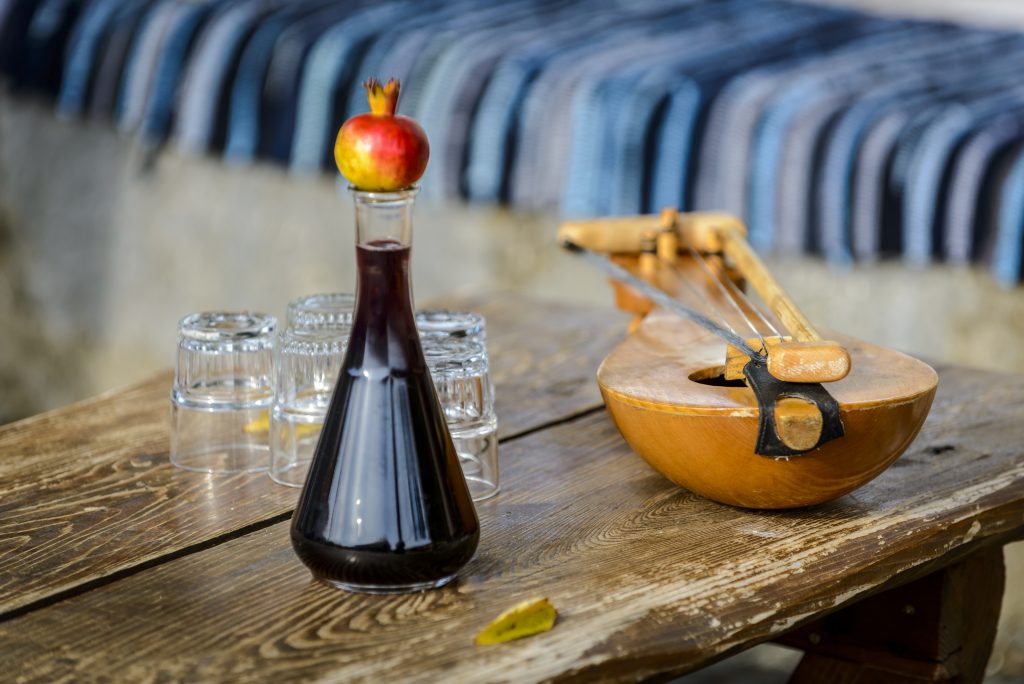
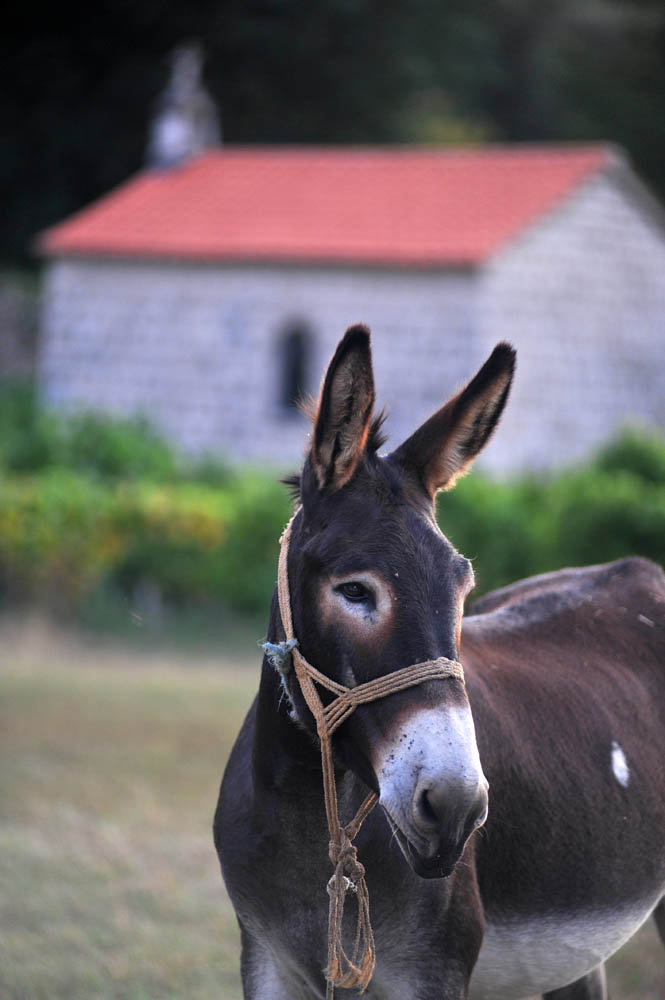
Southern Dalmatia is just like the Mediterranean - inexhaustible and immeasurably deep, like a magical book in which a brand new page is written every day, tickling all the senses.
Visiting Konavle, the Dubrovnik coastline and the Dubrovnik Municipality, one gets to know not only the divine, unreal fairy-tale nature, but also the spirit and culture of the hosts and their centuries-long local traditions.


Only twenty kilometres from Dubrovnik lies beautiful Konavle - Dubrovnik's golden valley, a rural jewel full of Croatian treasure chests. Vast vineyards and olive groves, the green of the tall cypresses, the harshness of the karst rocks, and the deep blue of the Adriatic are the colours with which this climate has been generously rewarded.
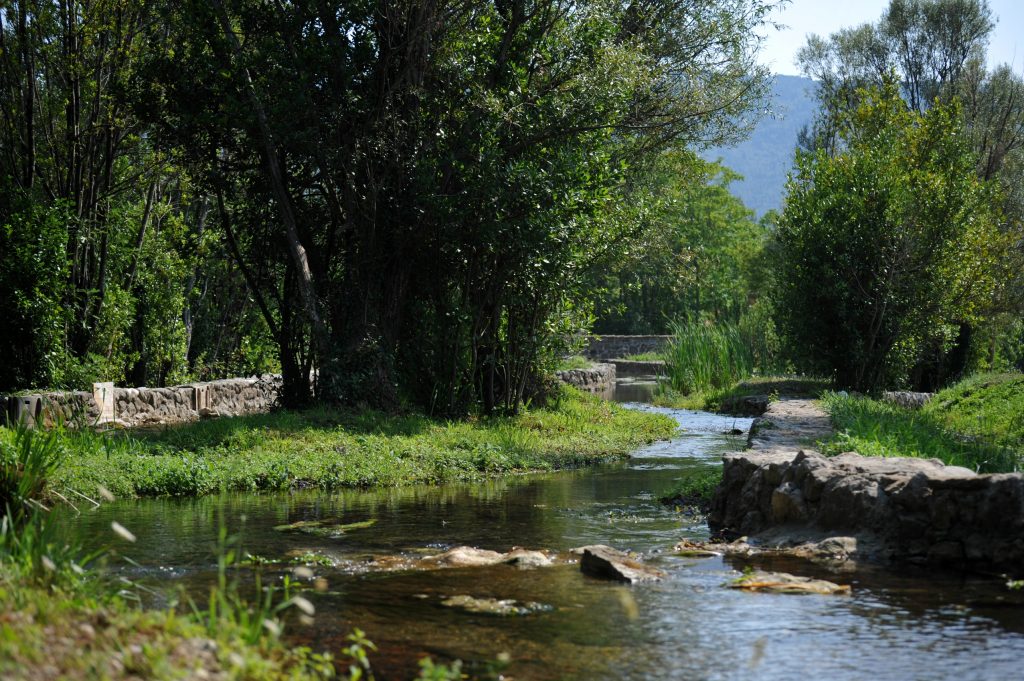
Blend in with nature by walking or cycling along the well-maintained paths, smell the healing scent of the local Mediterranean herbs and refresh yourself with the clear water at the source of the Ljuta River.

Try your hand at horseback riding: with a soothing trot perched on the backs of these noble animals, the experience of vast meadows and fields is utterly unforgettable. Head along the old Austro-Hungarian paths interwoven with indestructible dry stone walls and conquer the beautiful peak of the imposing mountain beauty of Sniježnica, Sveti Ilija.

Discover hard-to-reach, untouched beaches ideal for a true Robinson-style holiday and explore the mysterious depths of the surrounding sea which hide the largest amphora site in all of Croatia. Check why the sunset in Cavtat is so special and magical.
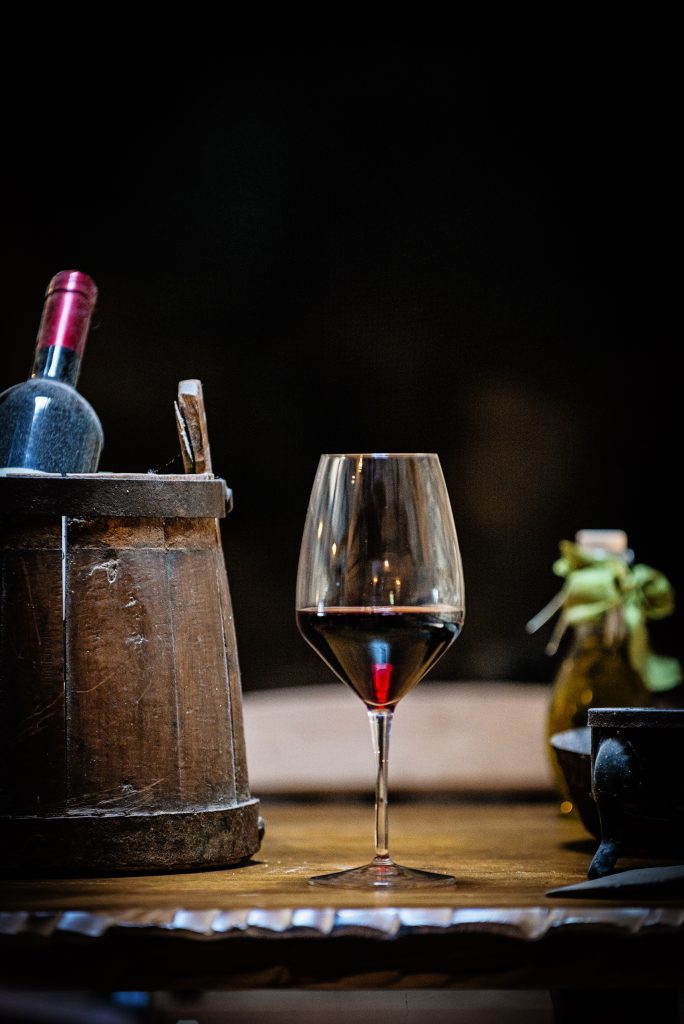
You know what they say, when in Rome, live the Roman way, if you're somewhere else, live however the ‘’way’’ is there! What better way to get better acquainted with local traditional ways of production than to try them out for yourself? Picking and processing olives, producing olive oil, that elixir of life; picking grapes and producing wine in a way that has been handed down from generation to generation for hundreds of years.
In addition to Malvasia from Dubrovnik, a wine that was also enjoyed by the ancient Greeks, and during the time of the Republic of Dubrovnik it was a protocol gift from the prince to the guests of Dubrovnik, numerous other autochthonous species are grown down in Konavle, among which, Plavac mali wine really stands out.
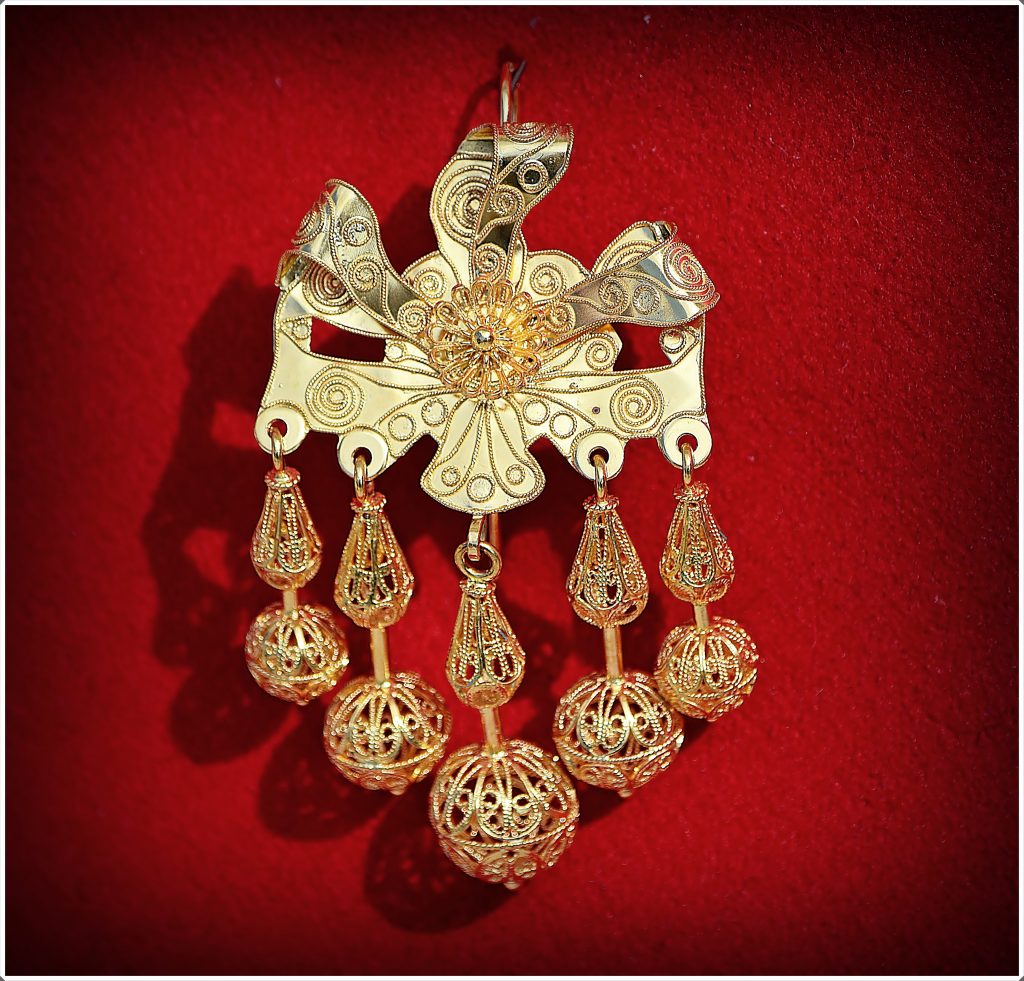
See the unreal work and skill involved in local silk production, essential for brilliant silk embroidery, a part of the local Konavle women's costume, the ancestral dress that is still very much alive and present in this, the southernmost Croatian county, to this very day. For a unique souvenir and a truly beautiful decoration, reward yourself with a pair of gorgeous Konavle earrings - these earrings have a half-moon shape and are made of gold wire, with a pendant with two small pearl beads. They are an important part of local family treasures which were passed down through the generations and are a living witness of a long tradition and the skillful hands of master goldsmiths.
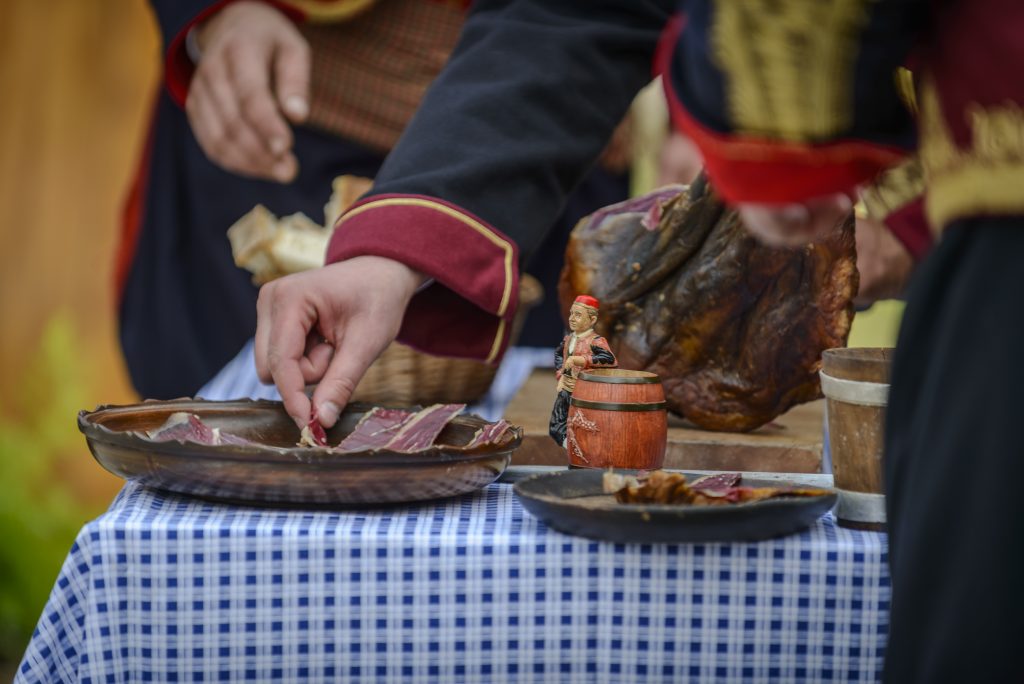
Numerous restaurants and taverns base their rich gastronomic offer on home-made, healthy and traditionally prepared cuisines from Konavle. Organic products from local family farms and agro-tourism facilities will also all captivate you with their fullness of taste and aroma, and many also offer interesting programmes for their guests, such as a school for cooking old-fashioned dishes - so you can become an excellent chef and prepare green menestra, the oldest dish originating from the famous Republic of Dubrovnik, among other dishes which have been being made by Konavle locals for generations.

Sweeten your palate up with mantala, a traditional dessert, or refresh yourself with zavajuna, the simple energy drink enjoyed by our ancestors. You should definitely try out the homemade cheese made from mixed cow's, sheep's and goat's milk.
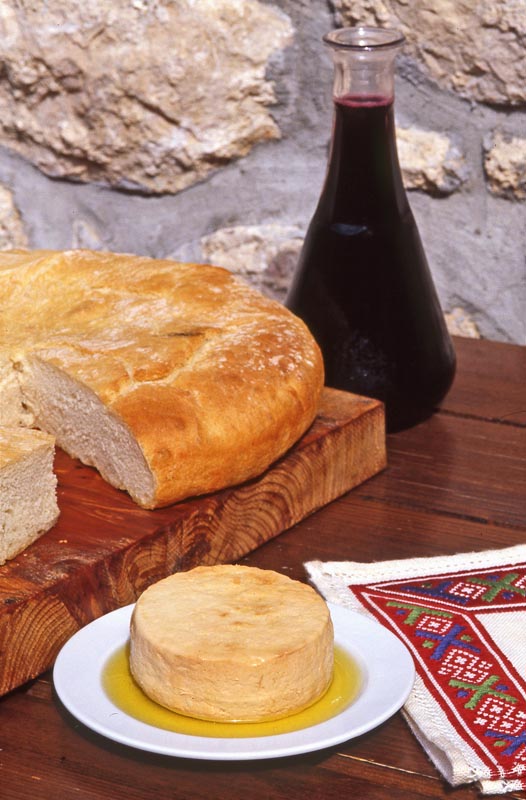

When it comes to finding somewhere to stay, Konavle villas, apartments and other accommodation facilities are waiting for you with open doors and arms.
In the Traditional House of the Dubrovnik Littoral in Slano, there are some interesting facts about prehistory in the area of the Dubrovnik Littoral to be learned. Early Christian sarcophagi, the Prince's Palace in Slano, various maritime traditions, coastal costumes and other historical and ethnographic heritage can all be seen there.
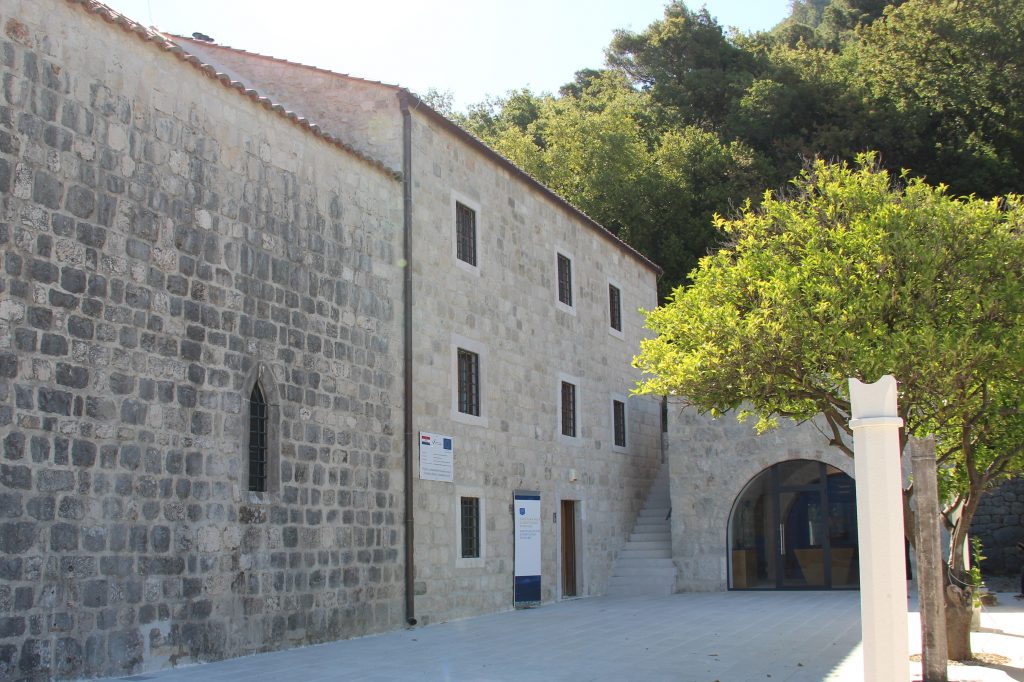
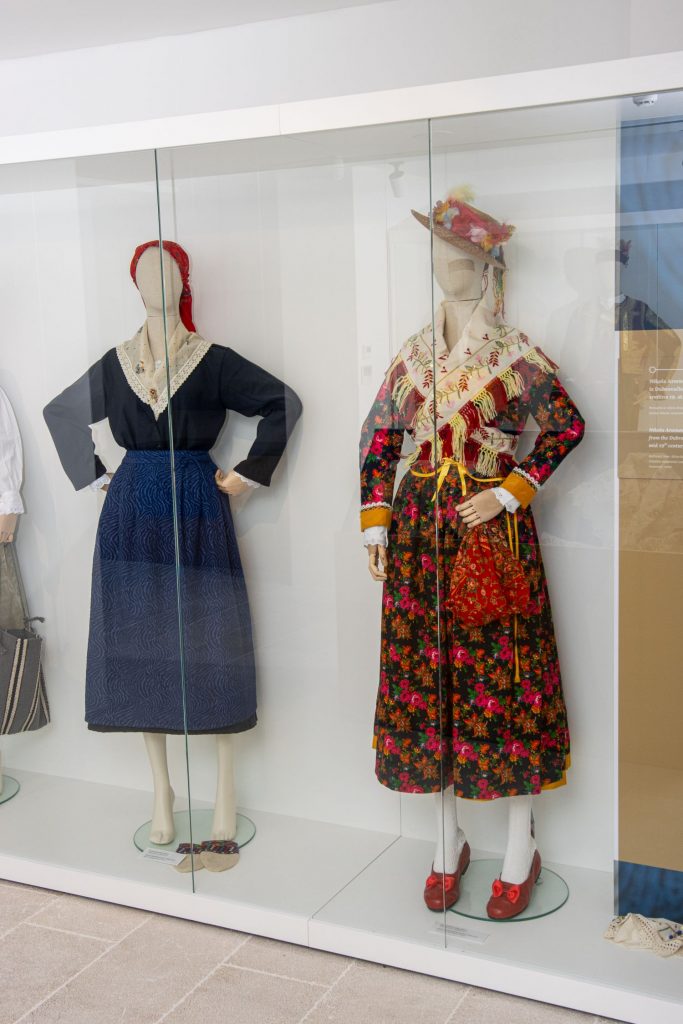
The entire Dubrovnik Riviera is an ethereal space full of enchanting landscapes, picturesque villages, hidden beaches, evergreen thickets and ancient olive groves. Once part of the glorious Republic of Dubrovnik, it has always been at the intersection of historical, economic and trade routes.

History carved into the old stone can be read on stećaks, which are tombstones, of which there are over a thousand in Dubrovnik-Neretva County alone, and the most intriguing is the "Snake Stone’’ located at the Greblje-Bistrina site.
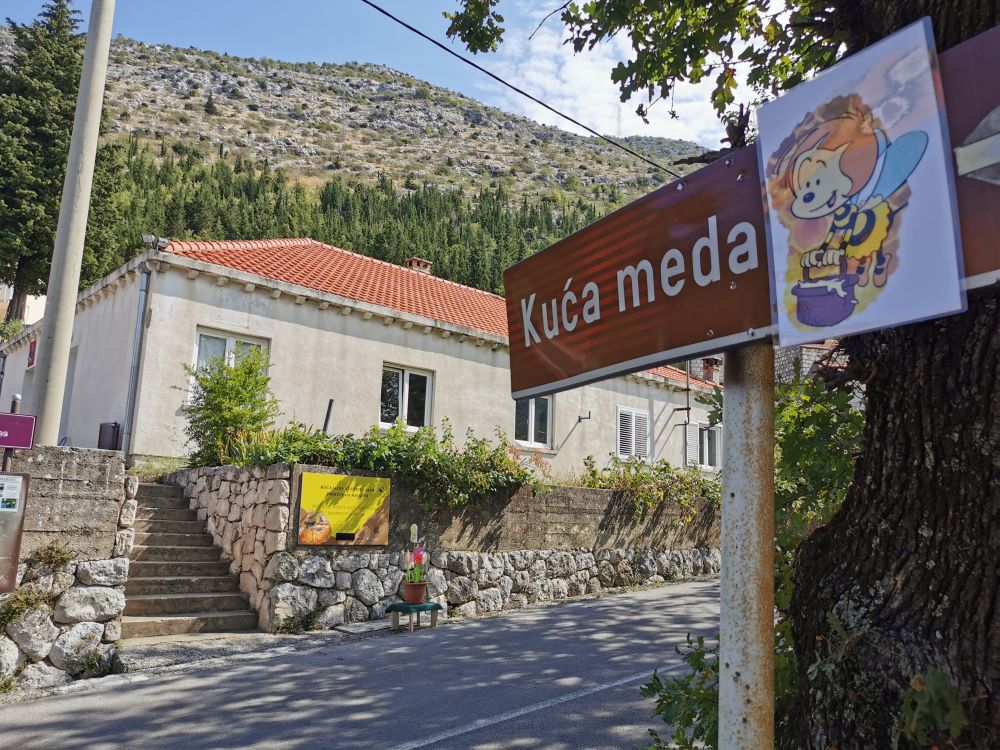
You should definitely visit the House of Honey and Traditional Products in Majkovi, the centre of beekeeping in Croatia’s southernmost county. Bee products are medicinal and prepared in the traditional, proven way of our elders.

The Dubrovnik Parish is geographically small, but it is a place of hard-working sailors, fishermen, farmers and labourers, precious folk customs, picturesque costumes and rich folklore. Even today, you can hear the lively sounds of the Lijerica, a Dalmatian folk instrument, and watch traditional dancing (kolo). Family jewellery, dignified and rich in gold and pearls, was jealously guarded and proudly passed down as a legacy from generation to generation.
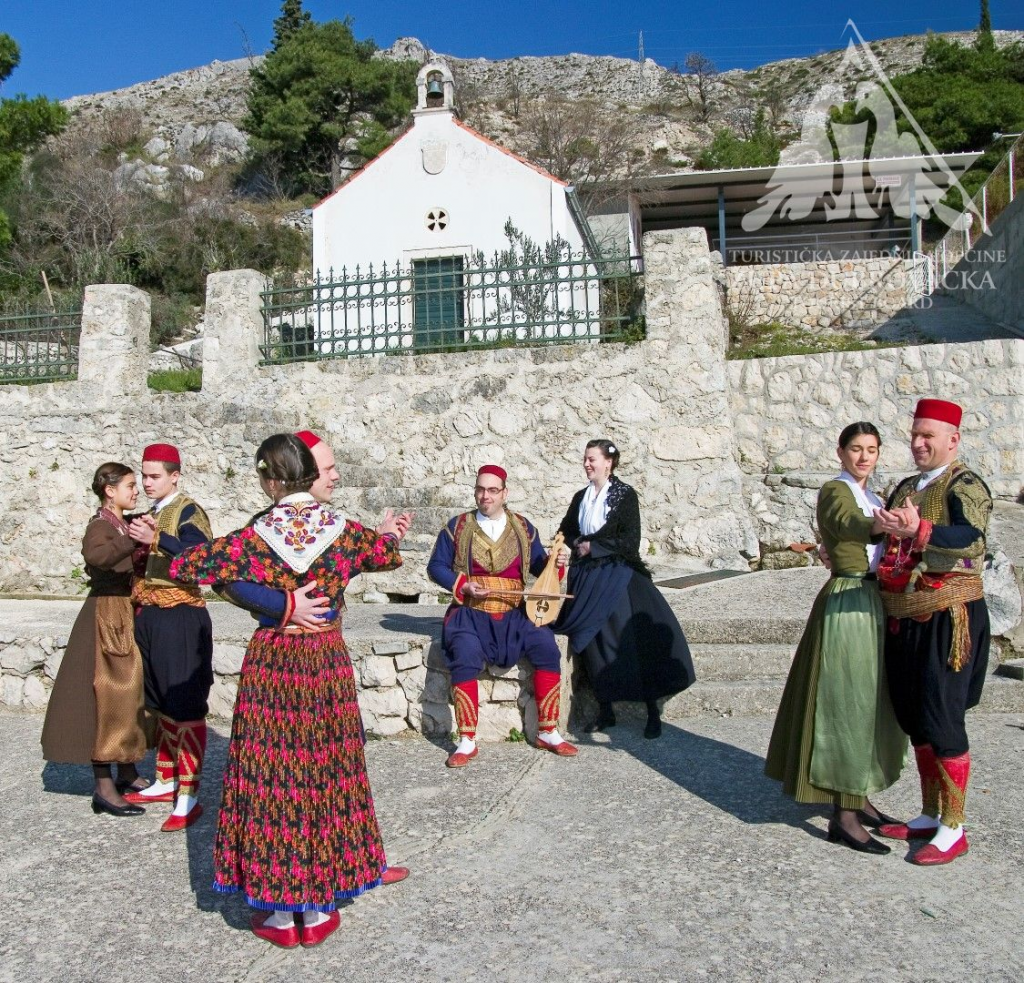
Visitors looking for a more active holiday in Konable can explore this area shaped by beauty through an ATV safari, and for a real adrenaline injection, embark on a jet-ski or zip line adventure.


Allow yourself to be conquered by the passionate south of Dalmatia and preserve a collage of memories woven with the smells and tastes of delicacies, enticing drops of wine and locally made olive oil, the fruits of the calloused hands of weary workers and fishermen.
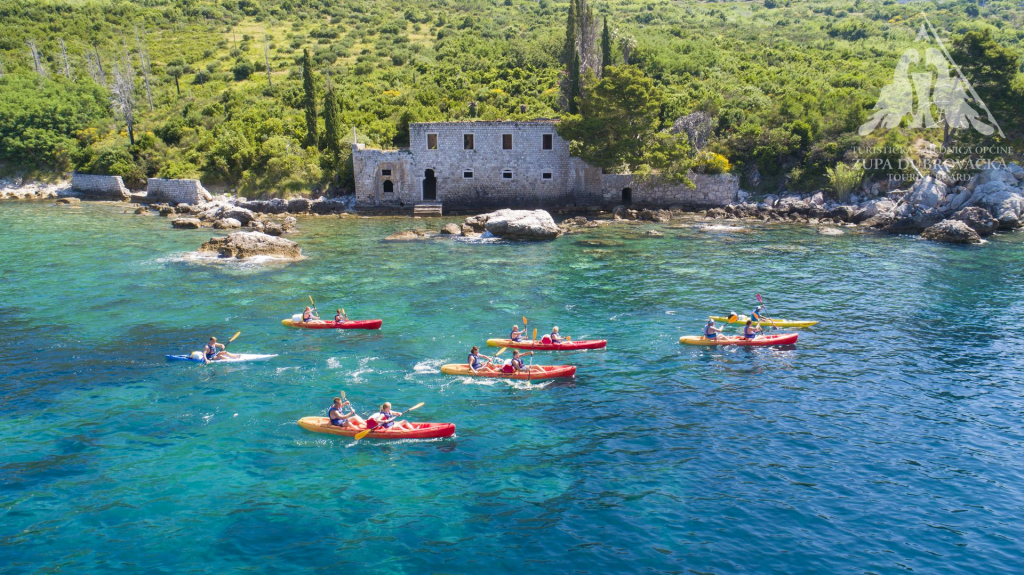
And most of all, enjoy the endless hospitality of your hosts and take home a sense of community and belonging from this magical part of Croatia.
Photo: Archive of tourist boards of Dubrovnik - neretva county, Cavtat-Konavle, Slano
The magic of a perfect holiday spent in the town of knights
The nature in and around Sinj and the entire Cetina region has always effortlessly provided perfect backdrops ideal for various types of active holidays and outdoor activities. The clear and swift waters of the gorgeous Cetina River lap gently against the vast and fertile Sinj plain, and the karst queen mountains of Svilaja, Dinara and Kamešnica all protect their kingdom with their stone springs..

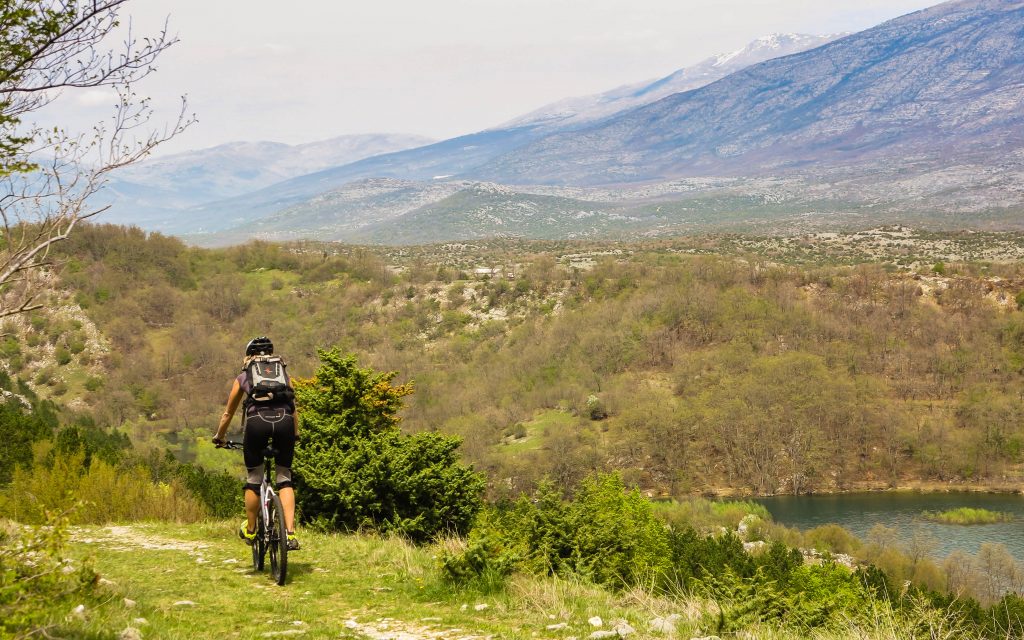
The long tradition of Sinj mountaineering is the best guarantee of an unrepeatable experience filled with conquering magnificent peaks and taking in some utterly spectacular views. Get out of your comfort zone and take a deep breath, filling your lungs with the perfectly clean mountain air, feel alive behind the wheel of a quad vehicle, or design your very own cinematic jeep safari adventure




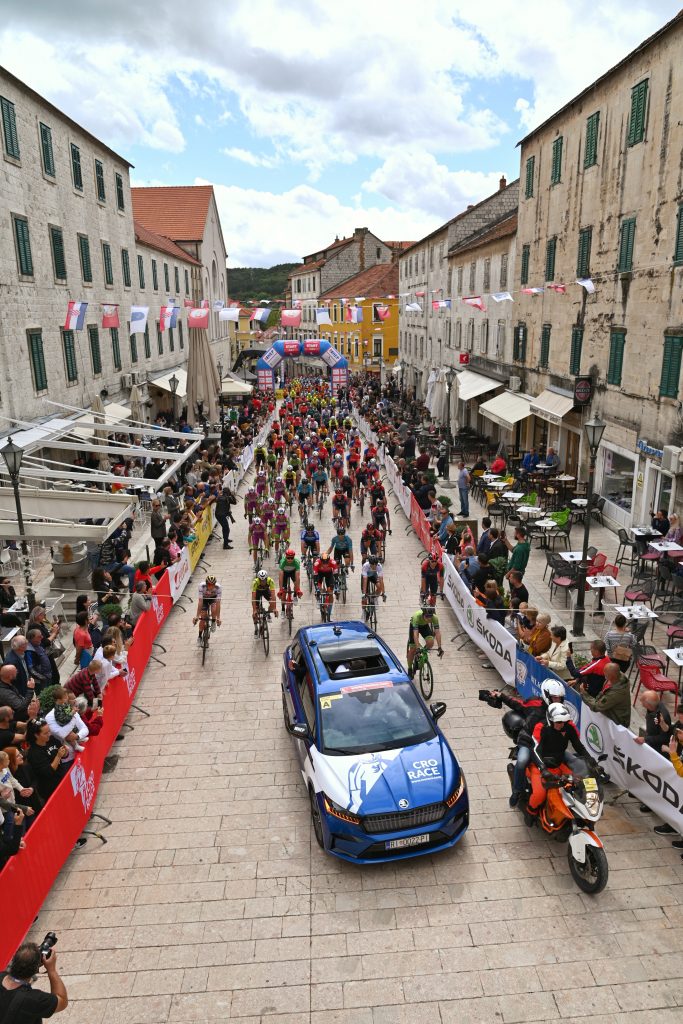
Numerous agencies with ideally designed arrangements will take care of the original experience of the "tamed wilderness" of the stunning Cetina region. Well-maintained bicycle paths will also take you along some ancient roads which have been touched with periods of rich yet very turbulent history. Recently, Sinj has also been the proud host of one stage of the exciting international Cro Race cycling race.



Closely associated with horse breeding and equestrian sports since way back in ancient times, Sinj also offers a newly built and superbly equipped riding hall and a great opportunity for visitors to come and ride. Safely seated on the saddle of a noble creature, at a light trot accompanied by the soothing patter of hooves, there couldn’t be a better way to explore the network of riding trails the Sinj area provides. A visit to the Sinj Hippodrome, the second largest in all of Croatia, and the impressive Alkar stud is certainly a unique experience for all.
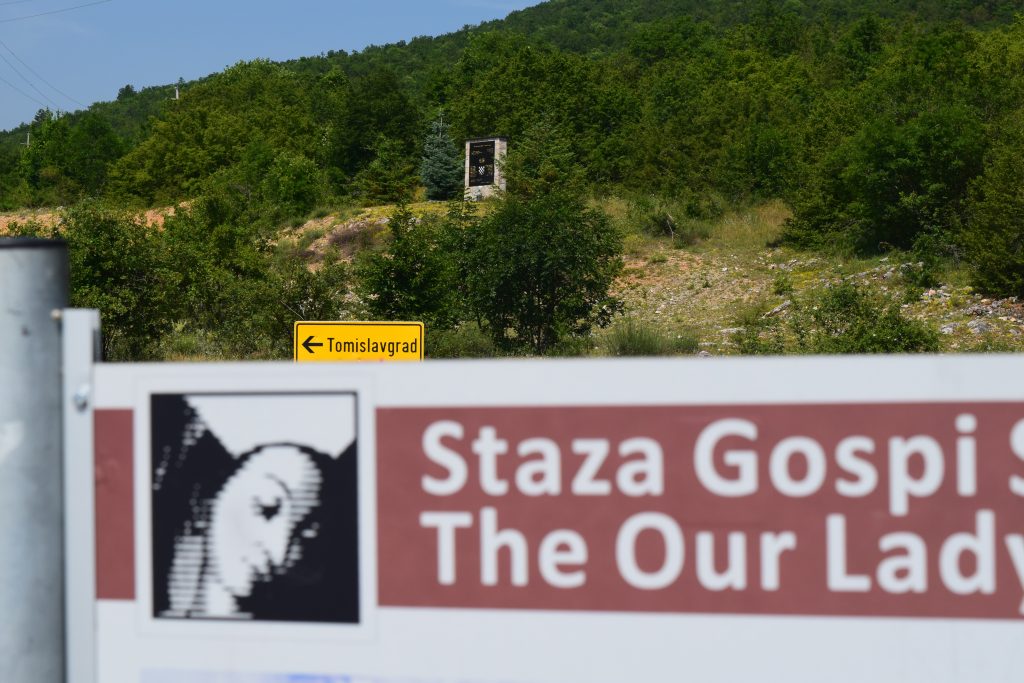
For all those who prefer to rely on themselves and discover things as they come by simply taking a walk - have no fear - whichever direction you head in, new panoramas and gorgeous picturesque corners of the area unfold before your eyes as the most precious gifts.
You will find the inspiration of a spiritual pilgrimage if you decide to walk along the well known Path of Our Lady of Sinj, known as the wonderful "Croatian Camino", as well as along the path which takes you towards Sinj's Old Town, which boasts fourteen ‘’Stations of the Cross’’ and various astonishing works by great Croatian sculptors, all in an idyllic wooded location.



Adrenaline-seeking visitors can try their hands at canoeing through the rapids of the Cetina River, paragliding or even skydiving – Sinj even has a functional sports airport! Even certain larger cities might rightfully envy Sinj’s very well developed sports infrastructure: tennis courts, football and rugby stadiums, an athletics track, and believe it or not, a city swimming pool of Olympic dimensions which refreshes the people of Sinj and their guests during the hot summer months.
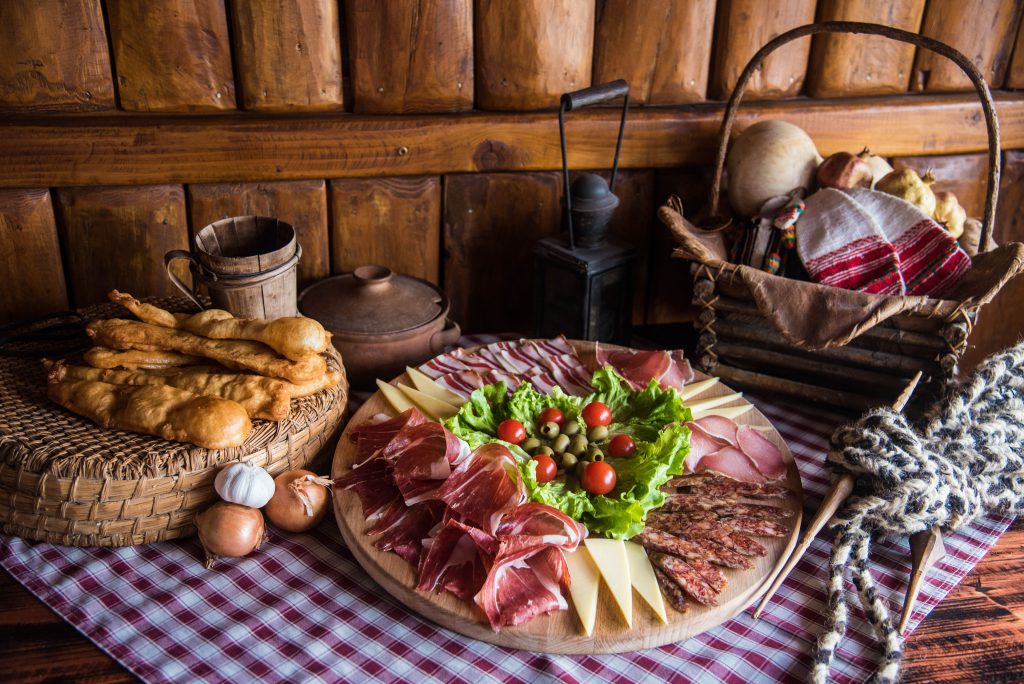
However, none of the buildings and activities would be worth what they are if it weren’t for the warm hospitality shown by Sinj’s residents and hosts - the people of Sinj are widely known as hosts who welcome people to their town with a full heart and a full table - they will open their doors to every traveller. The rich and unique gastronomy of this area is the result of centuries of contact, which hasn’t always been friendly, between East and West, the Mediterranean and the continent.

Sinj arambaši are a world-famous delicacy without which no celebration will be complete, homemade prosciutto whipped into its perfect shape and taste by the harsh bura winds, mišni cheese ( cheese made from sheep's milk which also then ages in sheepskin) accompanied by the enticing taste of fragrant herbs growing on nearby mountain pastures will overshadow all other foods... In Sinj, food is truly an art.
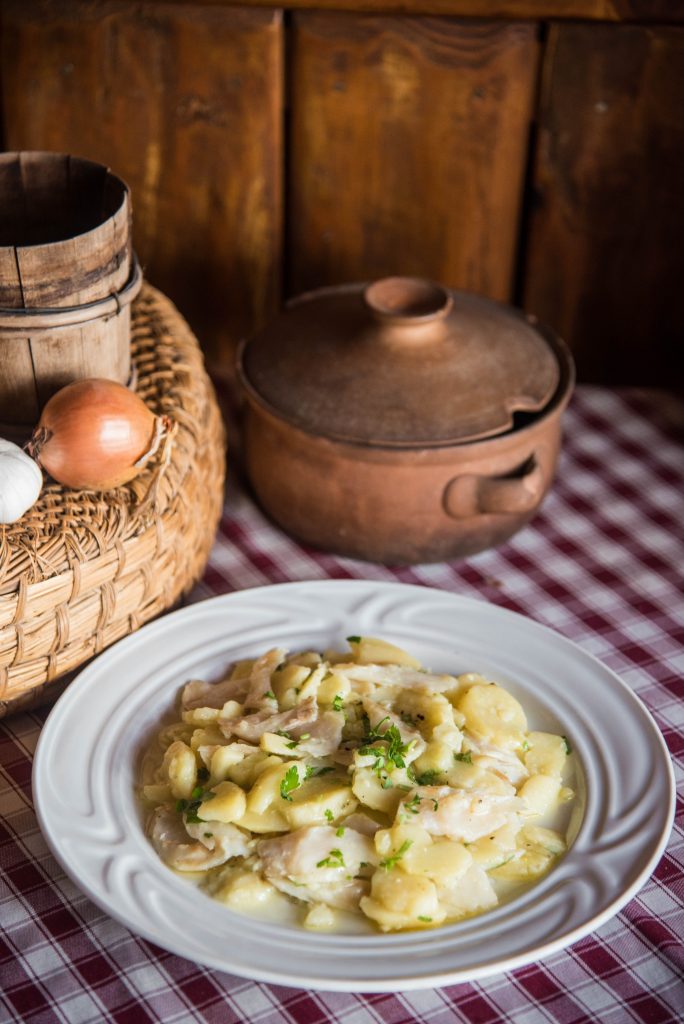
Always at the hub and crossroads of civilisations, Sinj, known as the town of knights, is situated under the remains of the Grad fortress, on which sits a small votive church built on the two hundredth anniversary of their arrival from Rama (which is now within the borders of Bosnia and Herzegovina). The fateful exodus of the people fleeing from the marauding Ottomans and their oppression forever marked the identity of this heroic town - the town of the Alka of Sinj and the Miraculous Lady of Sinj.
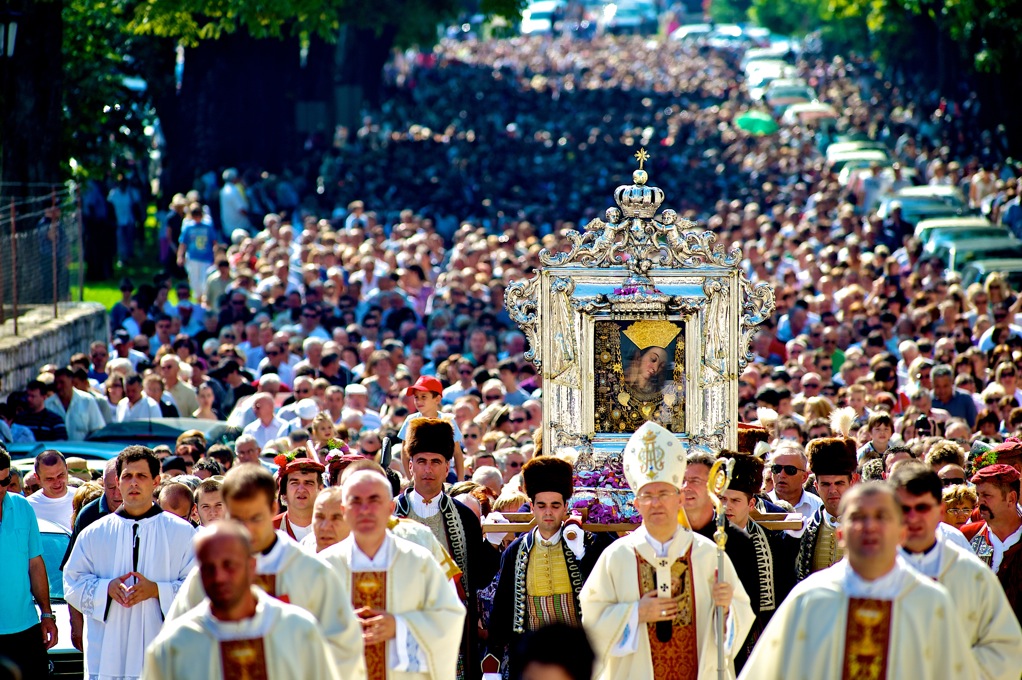
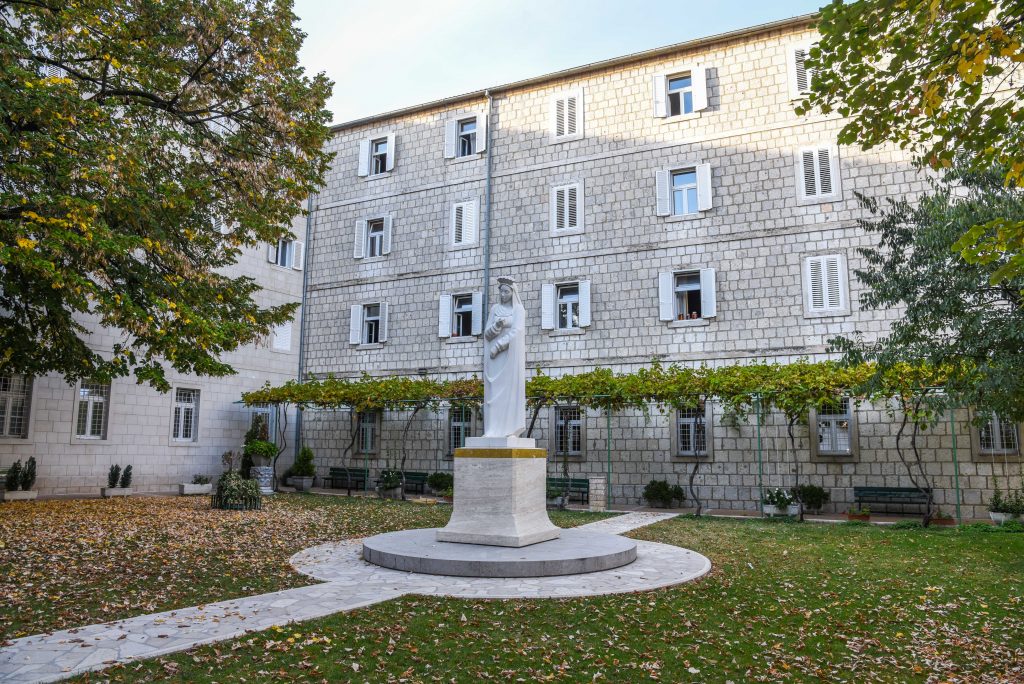

Its historic victory in 1715 gave birth to the ‘’knight's game’’, which has now entered its fourth century and is also protected by UNESCO due to its priceless value. The unbreakable bond and gratitude to the Mother of God springs from every corner, and most of all in the magnificent sanctuary of the Miraculous Lady of Sinj, the most faithful advocate of the Croats, always full of believers eager for comfort and hope. Last year, the sanctuary also hosted an important Congress of the Spiritual Heritage of Marian Shrines.

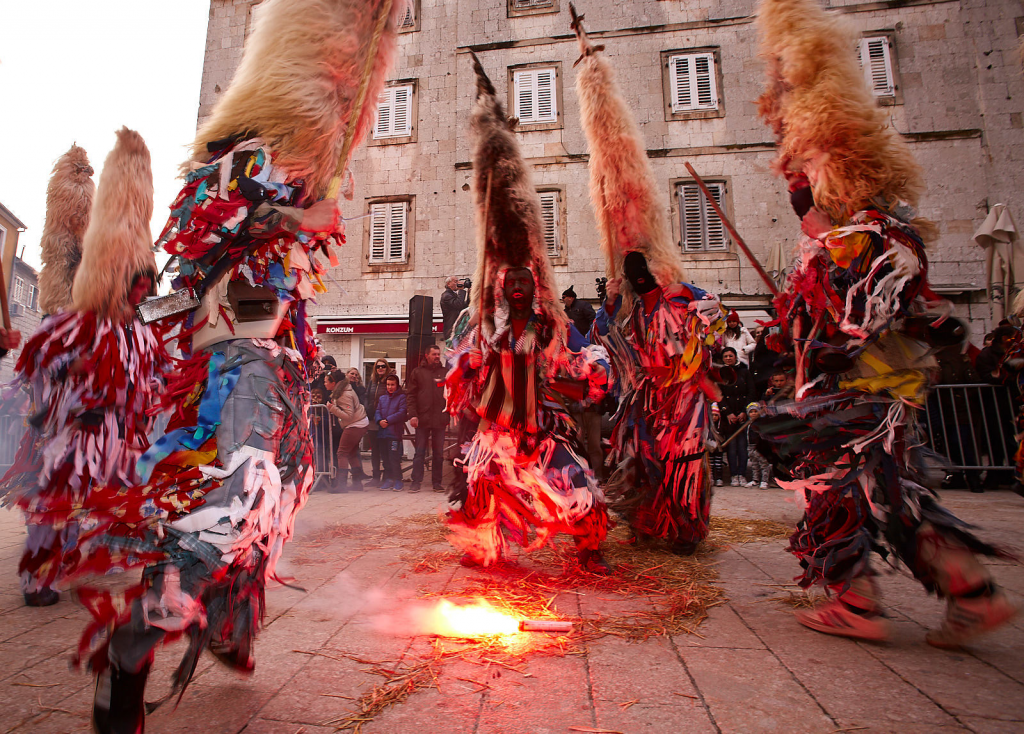
The museums of Sinj both exhibit and nurture the fruits of the area’s utterly rich cultural and historical heritage, and the galleries are popular places for interesting events, concerts and exhibitions of both local and foreign artists. The Museum of the Sinj Alka doubles up as an innovative and interactive centre that successfully combines tradition and modernity.

If you happen to find yourself in Sinj during the time of the carnival, get ready for a surprise. The traditional carnival processions of Podkamešnica villages (villages situated under the Kamešnica mountain), the famous and imposing Didi from Kamešnica will certainly impress you with his appearance and performance. He’ll also effortlessly drive away the ghosts of winter.

The defiance and resilience of Sinj’s local population is also reflected in what’s known as the traditional silent circle dance performed almost exclusively without music, (Croatian: nijemo kolo), the value of which was also readily recognised by UNESCO and included in the Representative List of the Intangible Cultural Heritage of Humanity back in 2011. The sounds of the old ojkavica/ojkanje and the rera are still passed down from generation to generation in the Dalmatian hinterland.
Ojkavica, which got its name from the characteristic exclamation oj, has also been on the UNESCO list of Endangered World Heritage since 2010. Rera, a vivid two-part song, is deeply rooted in the identity of the people of the Cetina region and often describes everyday occurrences, conflicts between neighbouring villages and local characters and customs. It also mocks human flaws and weaknesses, often with very specially chosen vocabulary.
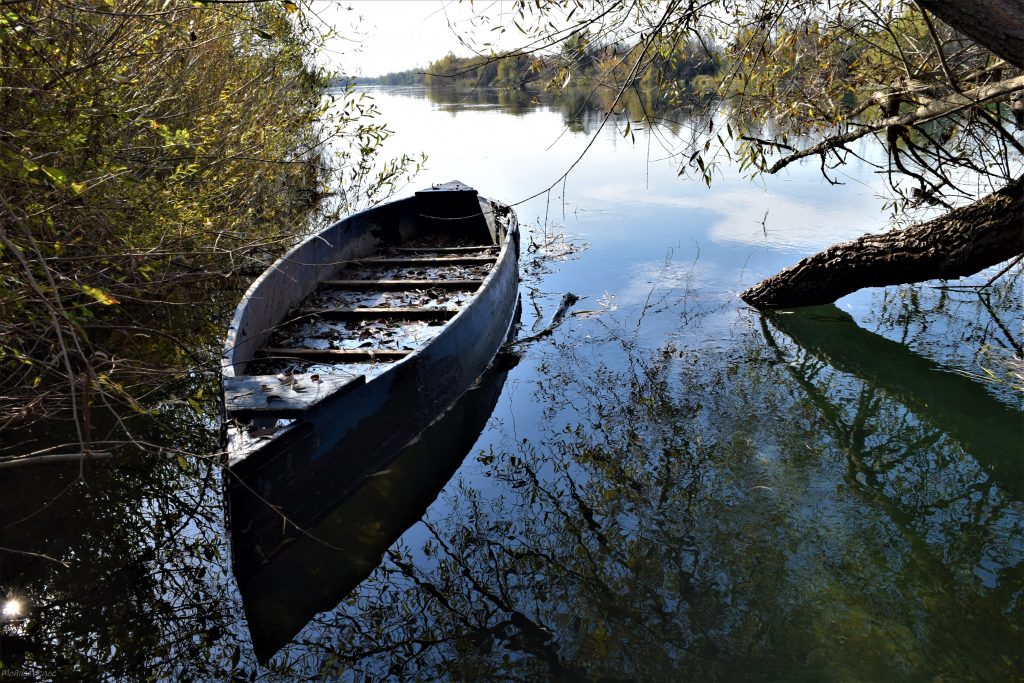

Skilled local hands remain the living witnesses of all of these often ancient traditions - they weave the heritage of their ancestors into every stone of the dry walls of the Dalmatian hinterland, and with every stroke of the oar against the Cetina’s crystalline waters. The art of boat building in Otok near Sinj is a protected intangible asset of the Ministry of Culture of the Republic of Croatia. Today, Cetina boat races and events such as the Žabarijada (a frog jumping competition), the cleaning of the Cetina river bed and traditional fishing from a locally constructed Cetina boat are all held.
Another recognisable Croatian (and Dalmatian) art also finds itself UNESCO's Representative List of the Intangible Heritage of Humanity - the art of drywall construction - this is a monument more permanent than brass. Hardworking calloused hands took away the karst stone by stone and created wonderful, apparently eternal structures, passing on valuable knowledge to future generations.
That's how Sinj has become very well known as a real mosaic of perfectly arranged stones - rich gastronomy, remarkable natural beauty, warm-hearted local people, and plenty of things to do - all of which successfully creates a true masterpiece of the Dalmatian hinterland.

More: visitsinj.hr
Photo: Sinj tourist board
The allure of Omiš - What not to miss when visiting the town on the Cetina river!
Let the sun rise over the Fortica fortress and set again on the Mirabela fortress - the former
pirate lookouts, and make sure to snap some enviably beautiful photos for your social media
feed!
Treat your palate to some local delights such as soparnik – a delicious dish made from
Swiss chard, white and red onions and of course - locally made olive oil.
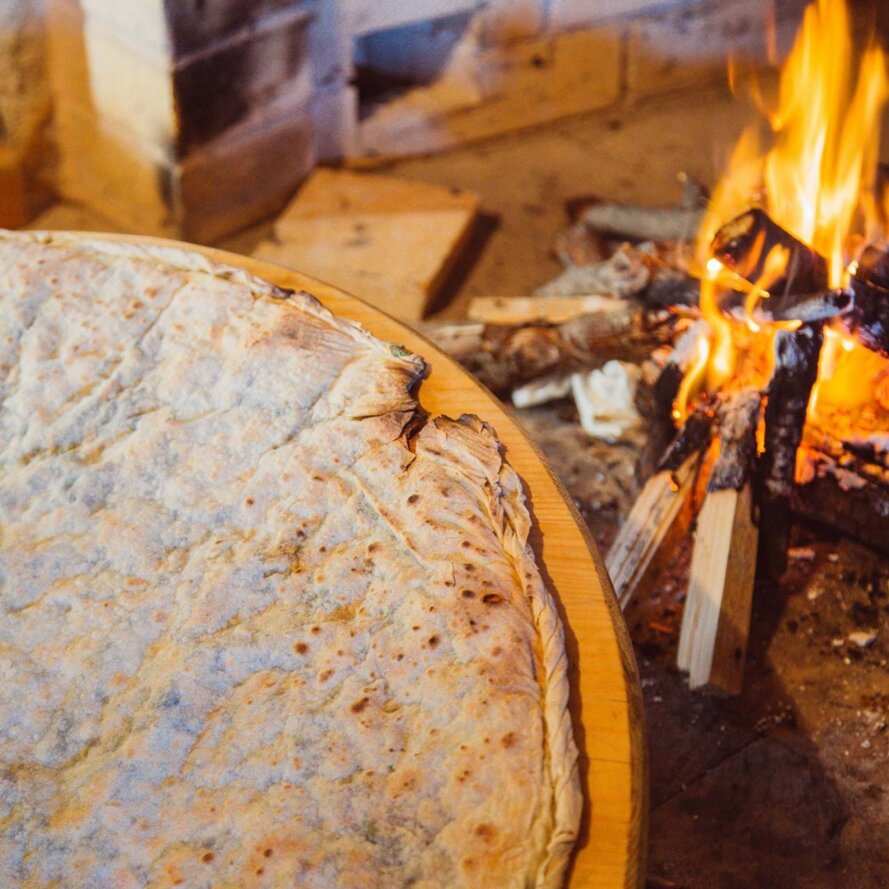

When your stomach is not only satisfied but also invigorated by this once rather heavy meal, which has now become a real gastronomic brand of this part of Dalmati, head to the canyon of the emerald green Cetina river - there you can walk, hike, run, climb, or enjoy some rafting, canoeing, and if you’re feeling brave, even try out the king of all adrenaline activities - the zip line.
Don’t forget to pay a visit to the nearby Radman mills, near which there is a hidden river
island better known as the island of love.
When you decide you’re getting a bit too hot, you can easily refresh yourself wonderfully by swimming in the stunning Cetina river, and if you prefer to explore the depths of the sea, dive into Vruja bay, which delights both professional divers and beginners alike.
If you’d prefer to stick to dry land, try your hand at a real competition - join in on one of the
Dalmatian trail leagues - ImberTrek or Mosor Grebbening and the Dalmacija Ultra Trail.

We do need to mention that you can't even say you've been to Croatia’s well known pirate
town without visiting at least one of the fishermans’ nights and at least one destination along
the beautiful Omiš Riviera (Stanići, Lokva, Mimice, Medići, Pisak…) You also need to listen
to at least one Dalmatian klapa music performance live. If you do decide to follow our
instructions, you’ll feel like a local from Omiš in no time.
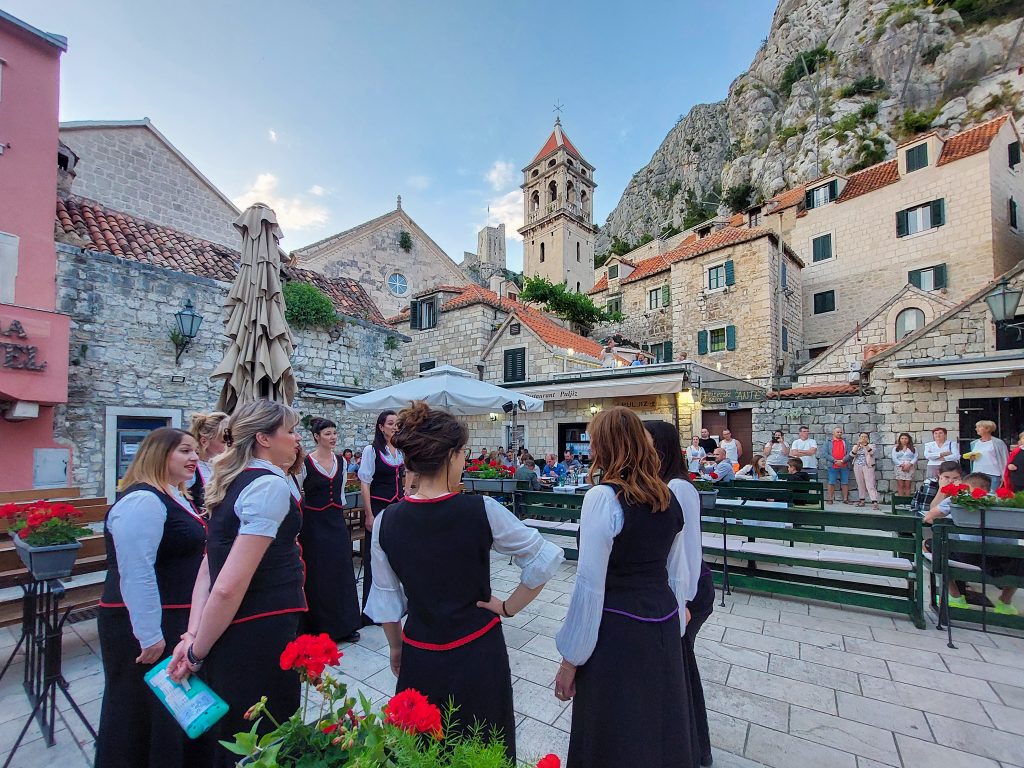
More: visitomis.hr
The Kolan Municipality - A tasty world full of scents
In the very centre of the strange, moon-like island of Pag lies a place called Kolan - the
cradle of Pag’s famous cheese and lamb, which is also a perfect place for a versatile and
more active holiday.
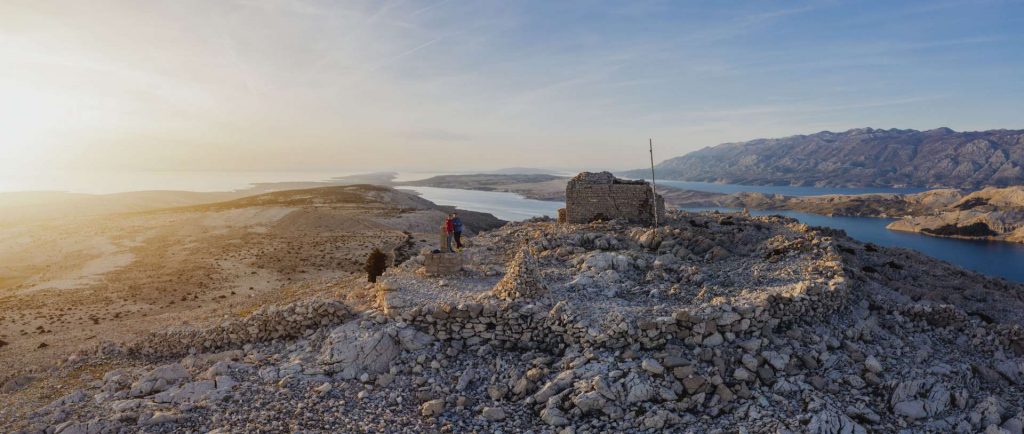
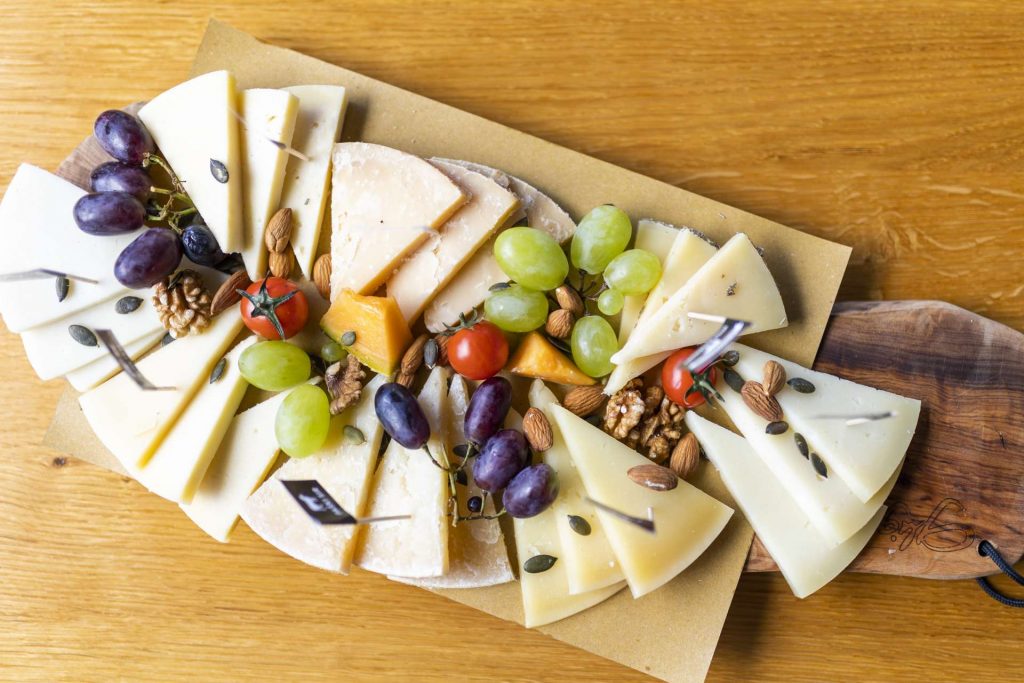
Maybe just after reading our text, the idyllic Dalmatian towns of Kolan, Mandre and Kolanjski Gajac will become your new destinations with an authentic Mediterranean touch.
Kilometres of sandy and pebbled beaches being lapped by the calm waves of an
exceptionally clean sea will leave few people unimpressed, and you simply can't go wrong
with your choice - whether you choose Sveti Duh (Holy Spirit), Mandre, Rogoza, Girenica,
Gajac, Katarelac or Čista, undisturbed pleasure in the joys of the sea is absolutely
guaranteed.
These destinations will also delight kayak lovers - from Mandre, Girenica bay
and the Rogoza or Gajica beaches, kayakers can row out towards the open sea, and for a
more "quiet" rowing adventure, they might choose one of the beaches like Sveti Duh and
Čista.

There’s fun on offer for those who are always seeking adrenaline rushes - Due to the large
number of trails, the location of Kolanjsko polje is ideal for all lovers of off-road cycling. One
of the trails within the Pag Outdoor project - Put Girenice (Girenica Way), which will see
cyclists cycle along a macadam road to the Kolanjsko blato ornithological reserve - Rogoza,
starts there, and fans of these sorts of trails might like the 7.4 kilometre-long trail of
Kolanjsko polje, which is ideal for family hikes and a little bit of socialising.
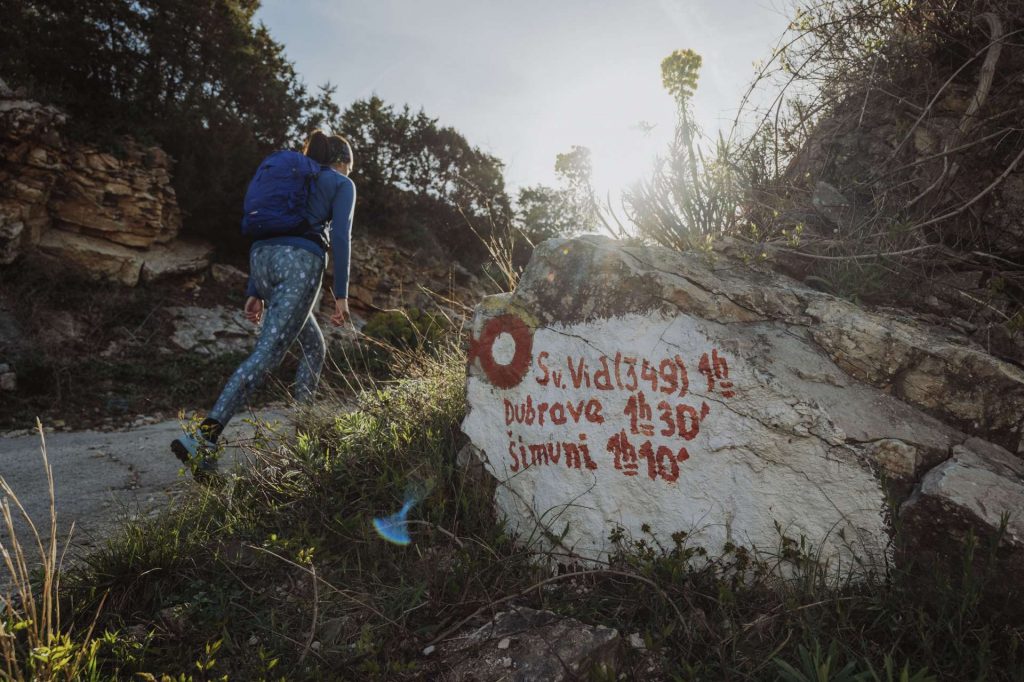
For the most daring lovers of active holidays, we recommend climbing to the highest peak of the island of Pag - Sv. Vid (348 metres), which offers an unforgettable view of numerous neighbouring islands and the greater part of the nearby Velebit National Park.
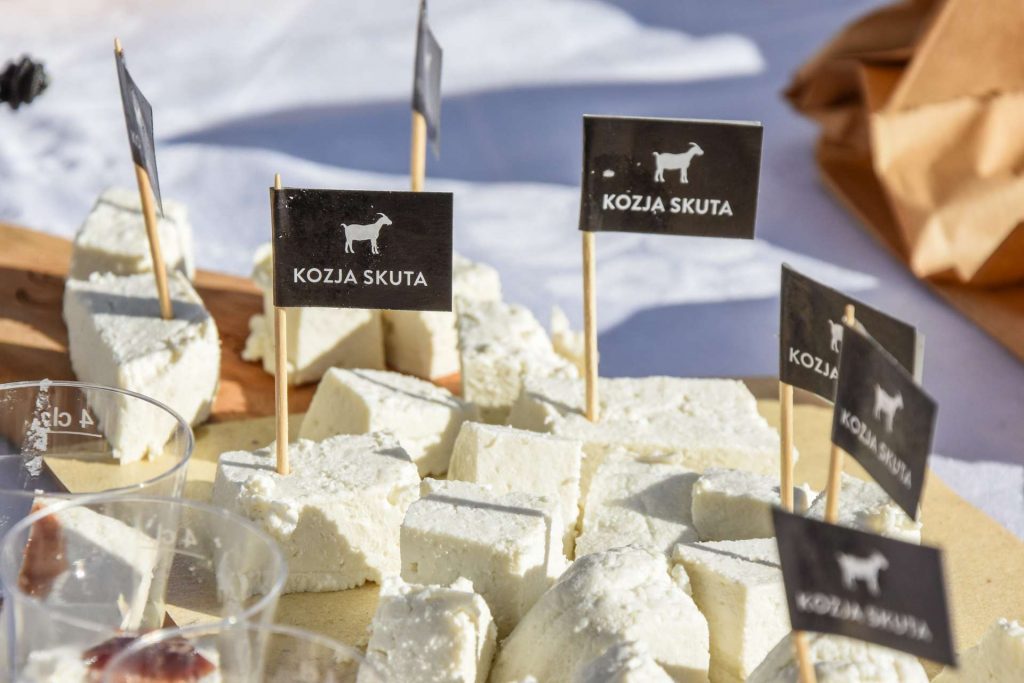
Take a trip to the gastronomic centre of the island of Pag - The special gastronomic offer is a
legitimate reason to visit Kolan all by itself - both because of the widely known Pag cheese
to which this is home, and because of the excellent restaurants and taverns there!
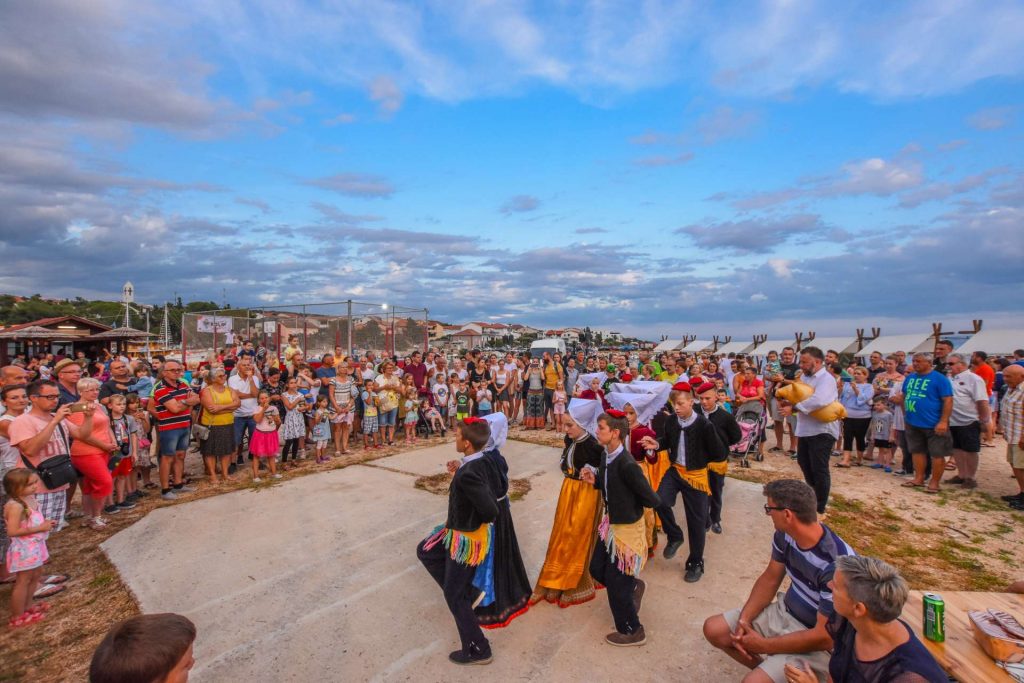
Don't miss those with the winners of the Pag autochthonous cuisine label on their menus, such as the Bonac and Figurica taverns and the Prtorić OPG (family farm), or the baked Pag lamb and sheep's curd desserts which almost made our heads spin.

If you are a die-hard gastronomad, visit Kolan, which celebrates Pag’s cheese and its kindred spirits - olive oil and wine.
More: tzkolan-mandre.com
GASTRONOMY OF SPLIT-DALMATIA COUNTY – AN INTERSECTION OF CULINARY
GASTRONOMY OF SPLIT-DALMATIA COUNTY – AN INTERSECTION OF CULINARY CULTURES FROM ALL OVER THE WORLD!
WHAT WOULD YOU SAY about a cuisine that combines sweet and sour, Greek and Roman, Byzantine and Venetian, all linked by a truly special ingredient – a quantum of stubborn, originally Dalmatian spite? Dalmatian cuisine will spoil your palates with homemade prosciutto and cheese, traditional fish stew (brodet) and thick fish soups, risottos and gnocchi seasoned with tasty dips, sea food stews; all rounded up with homemade olive oil, Mediterranean aromatic herbs and matched with wide range of exquisite homemade wines. If you want to give your palates a true adventure, it’s high time to taste these sensual dishes – true gastronomic ambassadors of Dalmatian cuisine!

A QUEEN CALLED PAŠTICADA. A true example of sweet-sour dish (see how Dalmatian cuisine is always a blend of extremes of some sort, unmatched by anyone?) is luxurious pašticada, gastro heritage of Venetia ad Byzantium, made even today for special occasions (due to its complex preparation) of beef aitchbone in wine, prosecco, vinegar, spices and vegetables. It is often accompanied by homemade gnocchi. Pašticada is so characteristic for this region that almost every household has its own way of preparing it; and it shares the throne with exquisite fish or meat dishes made under the baking lid! Namely, if you haven’t tried veal, lamb or octopus under the iron lid, which enables food to be cooked and roasted at the same time, from a gastronomic point of view, you haven’t even been to Dalmatia, so do not miss it! If you visit the islands, let the magic of small family restaurants overwhelms you.

There, apart form aforementioned Dalmatian classics, you can indulge in carefully prepared specialties like mutton baked on a juniper spear, which stimulates with resin wood aroma, or for example – crunchy vitalac - ancient dish made of lamb offal served in the “lamb capital”, the island of Brač, which is also a gastro connection to Greeks. Of course, if you prefer somewhat more modern gastronomic interpretations, there is a wide choice of modern gourmet oases – make yourself infatuated with octopus stew or burgers, monkfish medallions, cuttlefish with broad beans, shrimps carpaccio with olive dust and fig pearls, or an entire pot of shells, shrimps and pasta!
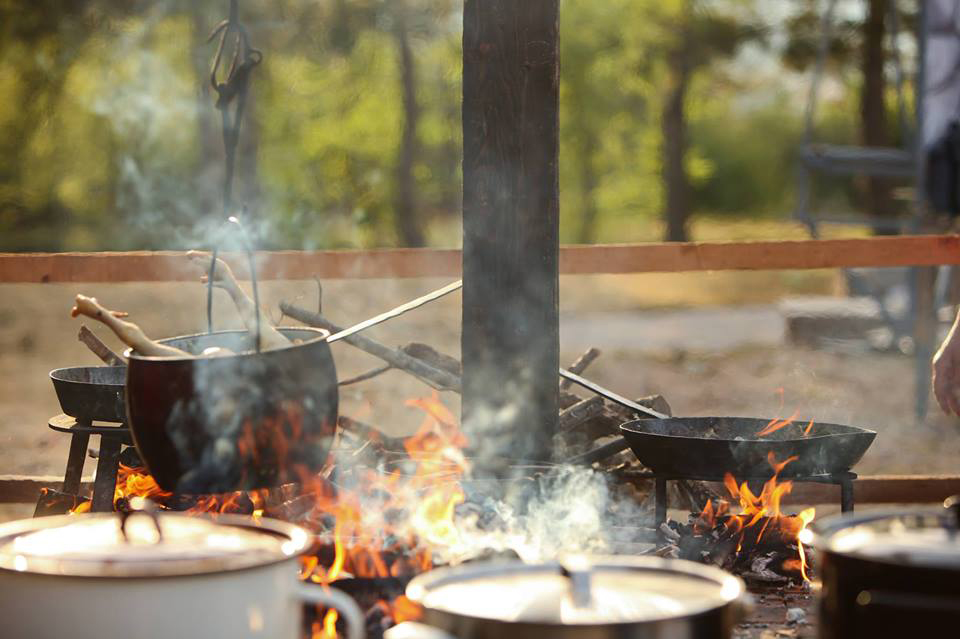
WINES WITH CHARACTER. True gastronomads and wine enthusiasts could draw you a map of Split-Dalmatia County in a second – according to areas where the best autochthonous wines are made! It’s a common knowledge for all who ever tried Kaštela’s crljenak – the darkest of all Dalmatia wines, or bogdanuša and plavac from Hvar and vugava from Vis - that in an elegant glass of wine one can discover a whole new world! With its classy barrique touch and mild tastes of blackberry, blueberry and cherry crljenak will most certainly comply with those in favor of fruity, bold wines. Although it was tied to Italian primitivo and Californian zinfandel, it has nothing of their sweetness and softness, it is a true - wine with a character!
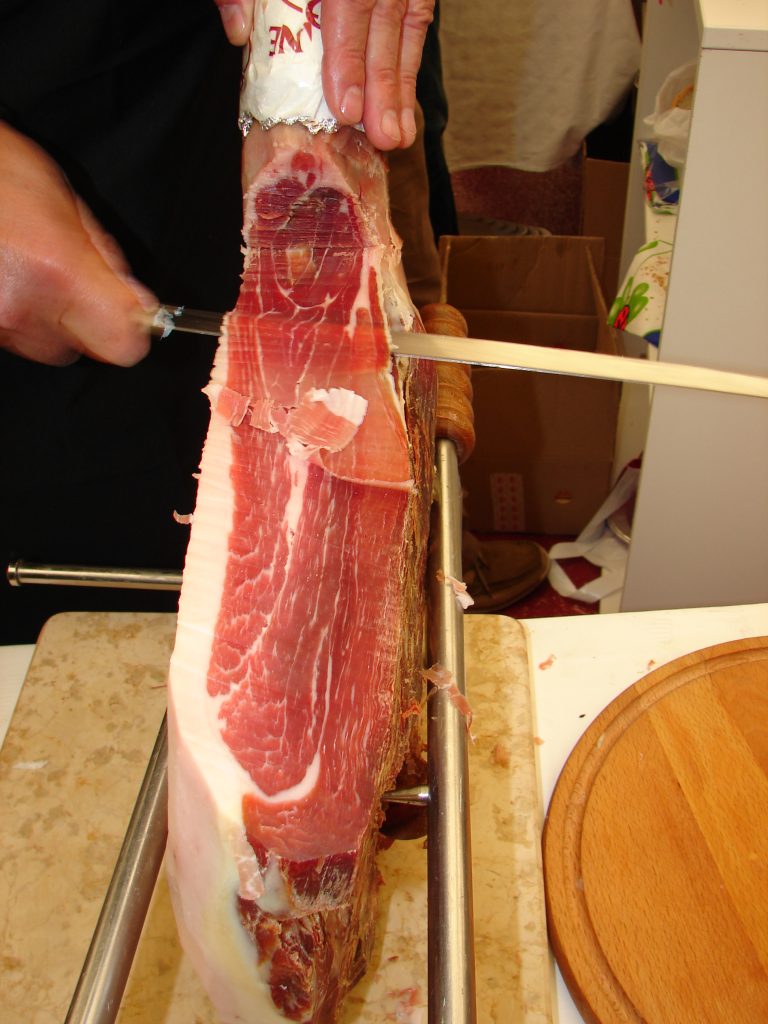
Even Vienna Court could not resist Hvar’s bogdanuša, which was served only for holidays due to its elegance; while Vis’ vugava overwhelms with discrete aromas of peach, almond and orange! If you prefer red wines, enjoy in full, rounded, delicate woody taste of Hvar’s plavac mali, captivating like a nicely dressed girl walking along Hvar’s waterfront!

SOMETHING SWEET FOR THE END. What kind of a meal would it be without a good, tasty dessert? Beautiful rožata dates back to Venetian times, and it was considered a pride of Dalmatian desserts! It is cooked in a caramel coat, while a magic addition to a simple recipe that contains milk, eggs, vanilla and sugar is a scented rose liqueur! Split Cake will enchant you with rhapsodies of figs, almonds, walnuts, dates, raisins and rum, and eager Dalmatian housewives discovered that the dough and cream are made of even 10 eggs!

Simple and delicious paradižet is made throughout Dalmatia, just as omnipresent fritule, kroštule and doughnuts, most commonly served in Dalmatian hinterland. Islands have their own trumps as well, just look at the list of Croatian intangible heritage goods and you will find there Dol’s hrapošćuša cake resembling the very Brač’s karst and famous Starigrad’s paprenjak! Combine them with a few drops of tempting lavender or carob liqueurs and you have finalized one great (and very tasty!) Dalmatian adventure!
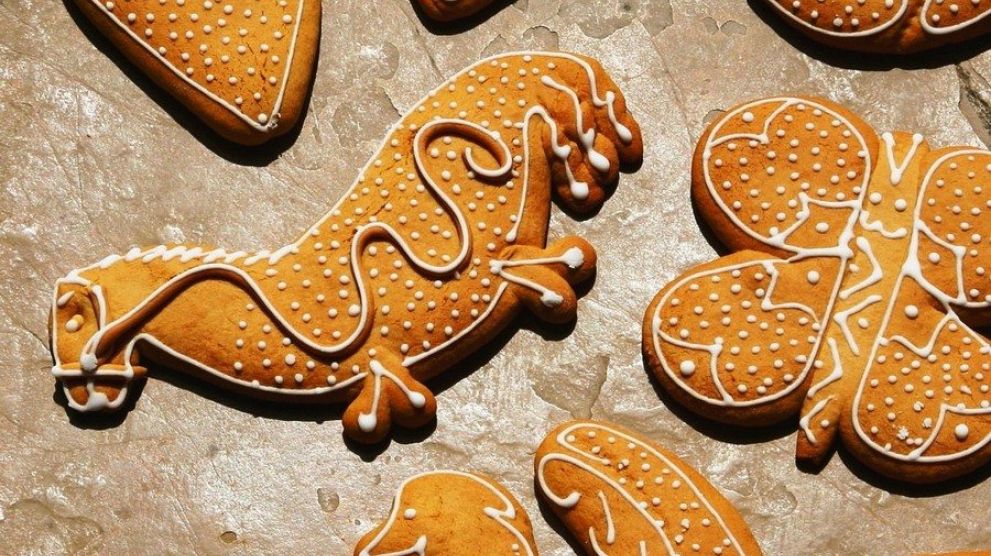
Foto: dalmatia.hr
Croatian and foreign influencers are set to discover the most attractive locations across Split-Dalmatia County over a four day period
1st - 4rd 2022.
As part of the #CentralDalmatiaPower marketing project, the Split-Dalmatia County Tourist Board is organising the ‘’First International Meeting of Tourist Influencers’’ as part of the launch of a brand new destination campaign. This particular campaign will, in all respects, be entirely different from all previous ones. Around thirty tourist influencers will be staying in Central Dalmatia from June the 1st to the 4th, 2022, in order to promote the beauty of this region in the digital world. The protagonists of this destination campaign are Croatian influencers Ella Dvornik Pearce and Goran Jović.

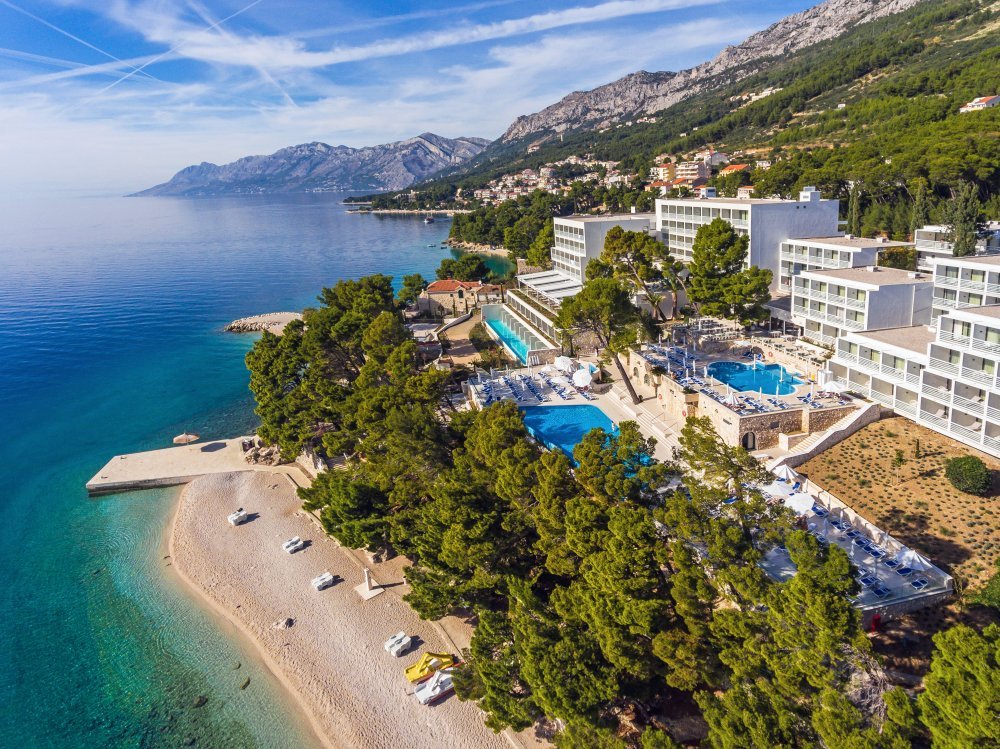
Thirty international and Croatian influencers will spend five days in Split-Dalmatia County
These influencers from both home and abroad are followed by millions of people on social media, and their potential reach is up to ten million people. The ambassadors of the campaign are the successful blogger Ella Dvornik Pearce and the famous Croatian travel writer Goran Jović. For three days, this group of Croatian and foreign tourist influencers will discover the most interesting attractions Split-Dalmatia County has to offer, and on social media, they’ll put Central Dalmatia in focus via various digital channels and attract some of the world's most important media publications.

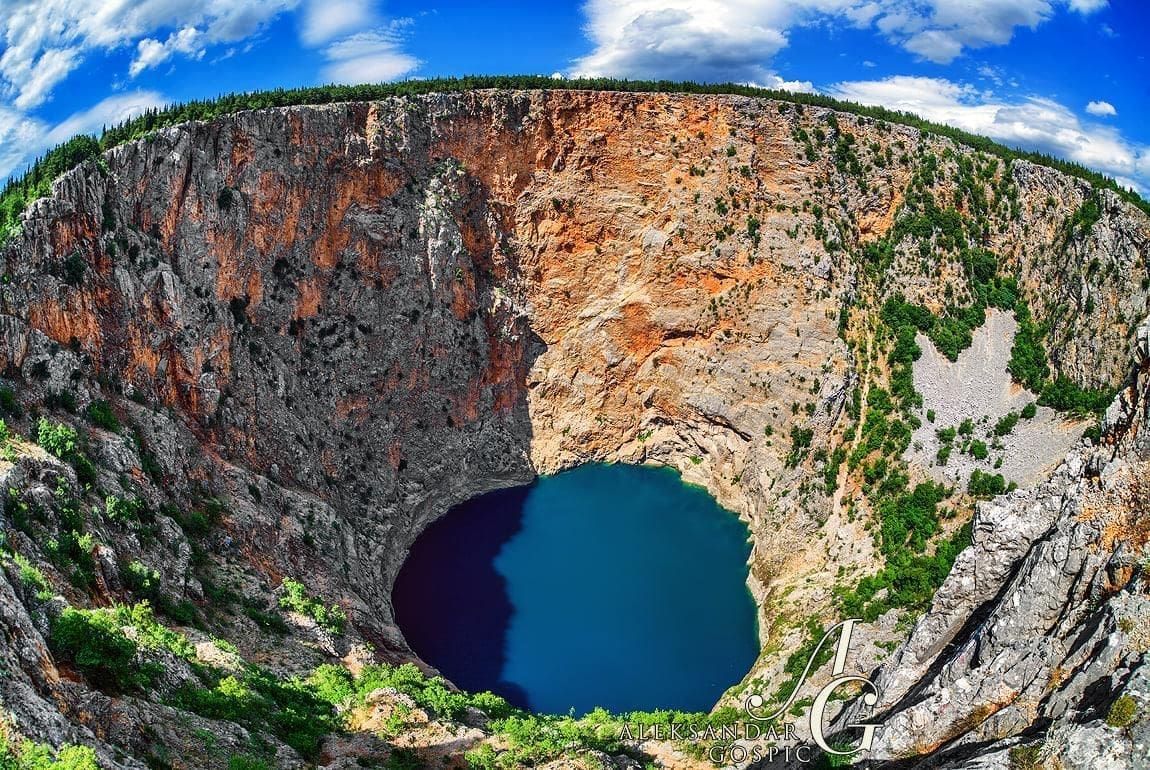
THE ITINERARY OF THE FIRST INTERNATIONAL MEETING OF TOURIST INFLUENCERS IN SPLIT
Arrival in the morning / during the day at 1st of June, 2022, at Hotel Lav in Split
The 1st of June: (Split, Klis)
12:00 - 13:00 - A tour of Split with a guide, photography on Peristyle with Diocletian's Guard (Split Tourist Board)
14:30 - Lunch at Vidilica
16:30 - 18:00 - A break at the hotel
19:00 - Dinner and wine tasting with the finalists of Masterchef at Klis Fortress, socialising and getting better acquainted with historical unit of the Klis uskoks, as well as some archery

The 2nd of June: (A visit to the County Prefect and various county departments, a round table)
09:00 - The influencers will visit Split-Dalmatia County, talk with Prefect Blaženko Boban and his deputies, have a short question time and see a presentation of some major county projects
10:30 - 13:30 - A round table at Hotel Lav
"THE INFLUENCE OF TOURISM INFLUENCERS ON THE TOURISM INDUSTRY"
Programme:
A welcome speech by the organiser, the director of the Tourist Board of Split-Dalmatia County, Joško Stella, and the editor of the Croatia Hot Spots magazine, Maja Zlokić
1. #CentralDalmatiaPower - A presentation of the campaign and the project - The director of the Split-Dalmatia County Tourist Board, Joško Stella
2. The Croatian National Tourist Board (CNTB) - Influencer marketing
1. The influence of popular social cultures on the tourism industry - The head of the New Media Department at the Faculty of Political Science in Zagreb - Domagoj Bebić
2. The importance of influencer marketing in choosing a destination - Photographer, humanitarian and adventurer, Goran Jović
3. Influencers - A new generation of entrepreneurs, cooperation with the tourism industry - The most popular Croatian influencer, Ella Dvornik Pearce
4. A presentation of the #ShareIstria project - The director of the Istria County Tourist Board, Denis Ivošević
12:30 -13.30 - A round table
14:00 - Lunch at the hotel
17:00 - A visit to the WTA tournament, an exhibition match with tennis players 19:00 - A visit to the Biokovo Skywalk, Dinner



The 3rd of June: (Bol - Hvar)
09:00 – Ferry from Split – Supete, Supetar Bol transfer
11:00 - Photographing and searching for the stone of happiness on Zlatni rat (Golden horn) beach
12:00 - Wine tasting and catering at Stina winery
14:00 - Departure for Hvar
15:00 - Arrival in Hvar, followed by a tour of the Hvar Theatre and Arsenal
16:00- 19:00 - Free time
19:30 - Dinner and socialising at sunset at the Hvar Fortress, an overnight stay
The 4th of June: (The Dalmatian hinterland)
11:00 - Sinj, a tour of the Sinj Alka Museum, photography on Kamičak
13:00 - A visit to Imotski’s stunning Red and Blue Lakes

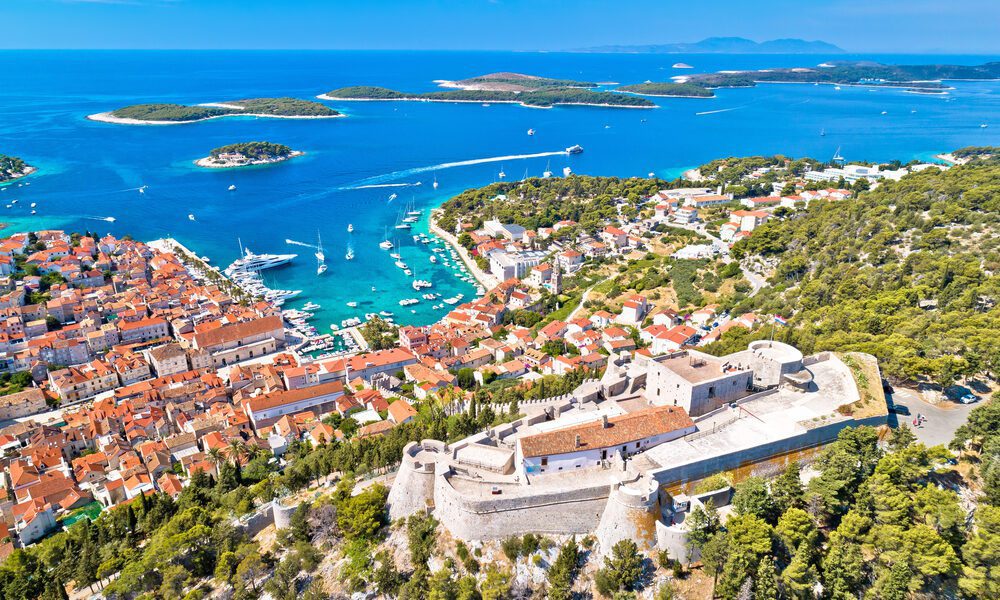
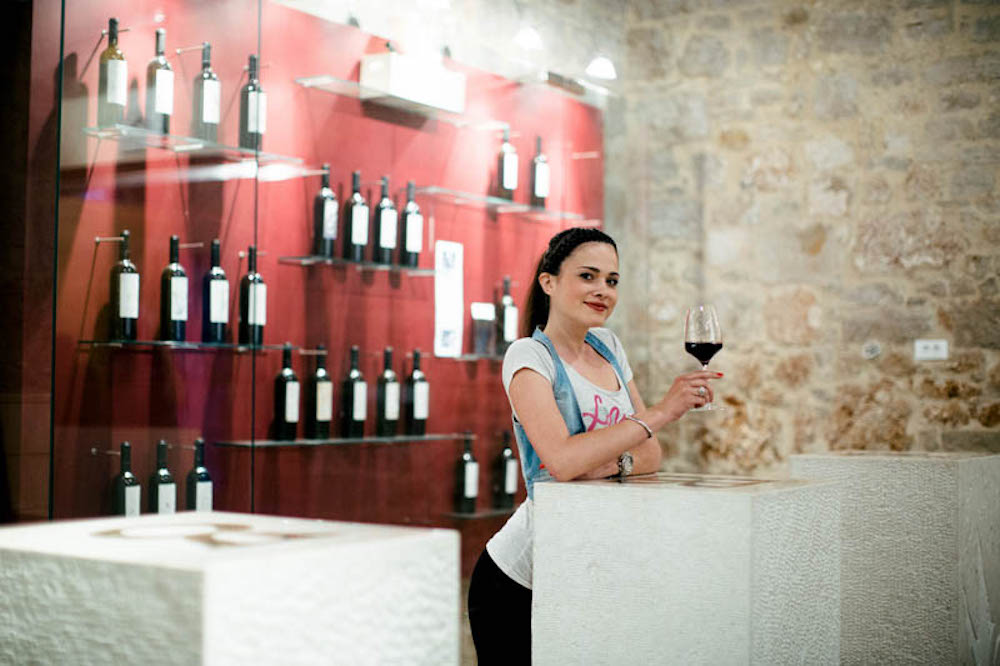
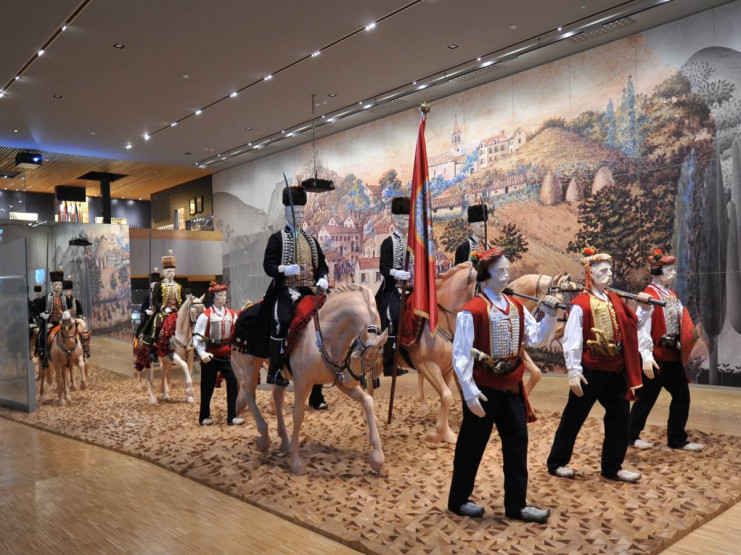
Dalmatia, a storytelling destination - The pirates of Omis once ruled most of the Adriatic Sea, instilling fear into all of the fleets of the time
Koja je razlika između gusara i pirata? Gdje se u Dalmaciji nalazi gusarska kula? Samo su neka od What is the difference between a pirate and what is known in Omis as a gusar? Where is the pirate tower in Dalmatia located? These are just some of the interesting questions to which the answers can be found in Omis. Licensed tourist guide Senka Vlahović is an interpreter of heritage in the Dalmatia Storytelling project and will be your companion through this cultural tour.

The Omis pirates once ruled the central part of the Adriatic Sea in one significant part of its history. Every fleet that sailed the sea back in those times greatly feared their attacks, and the Omis pirates especially ‘’loved’’ Venetian ships, which often ended up being in their way when heading off to their various trading destinations.
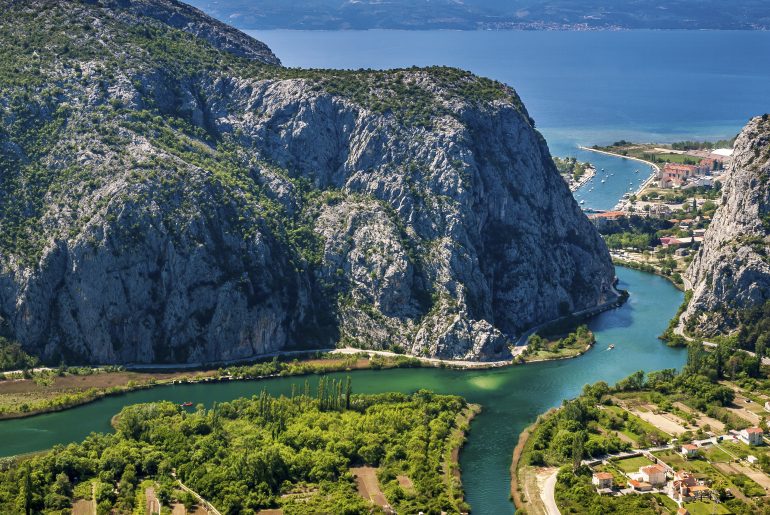
Omis - A cultural and historical centre
Whichever way you approach the old town of this city, from the direction of Split or Makarska, from the sea or the canyon of the river Cetina, I believe that, whether for the first time or after many previous arrivals, you will look in amazement and fascination at the rugged hills that tower over it. On one of these hills, the Omiš Dinara, high above the roofs of the houses, the tower of a former fortress stands out, which, unlike many fortifications on the Croatian coast, tells a slightly different story than you might expect.
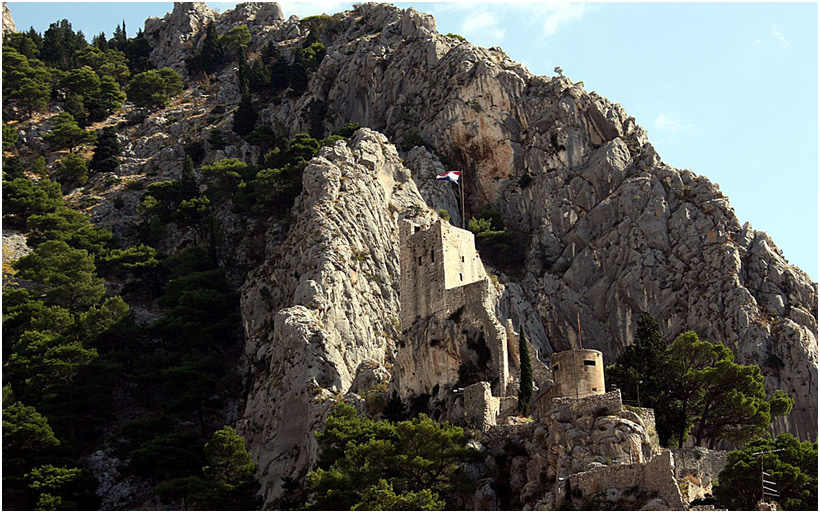
The pirate fortress
There is a pirate fortress in Omis, and today, its tower dominates the view of the old part of town - Mirabela, or as it is also sometimes called, Peovici. Omis is surrounded by rugged and imposing hills, located at the entrance to the canyon and along the narrow coastal belt, with a small peninsula in front and a defensive canal that runs along the site of today's Adriatic Highway. It had and still has all of the predispositions of an impenetrable city. Therefore, it is not surprising that the people of Omis once dominated this part of the Adriatic Sea, and they did so for two hundred long years.
Mirabela was built at the beginning of the thirteenth century at a time when the Kačići princes ruled in Omiš. The tower offers a beautiful view of the nearby Brač Channel, the island of Brač and the river Cetina, and it served for military and defense purposes as an observatory and as a lighthouse.
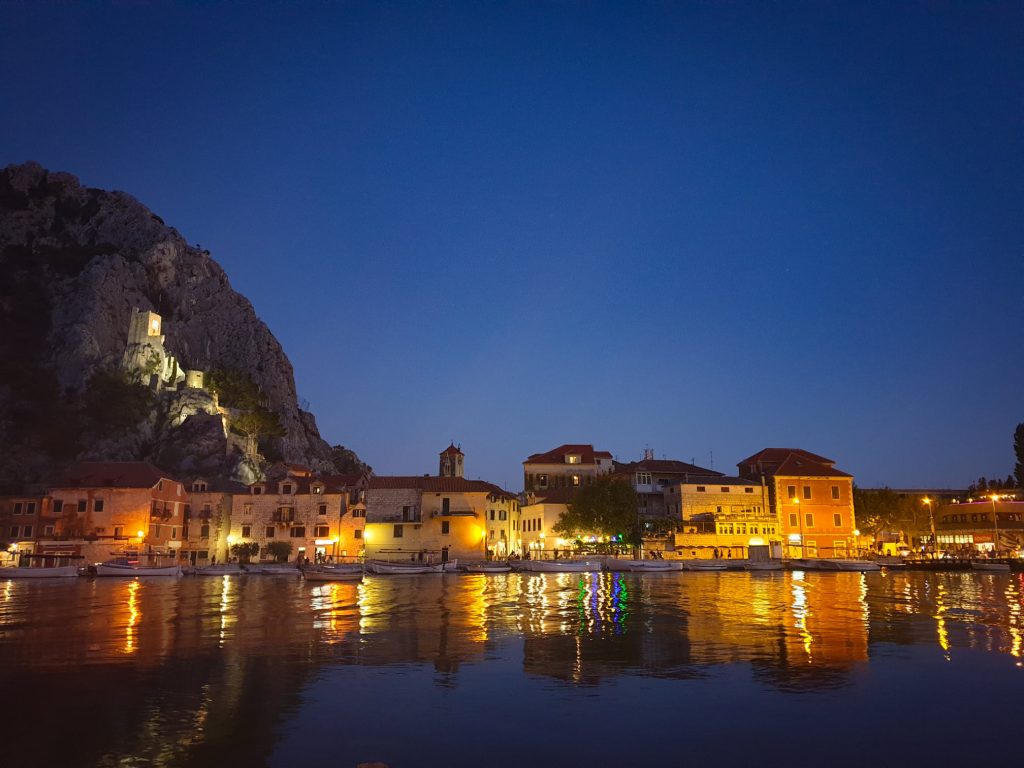
Pirates, and the Omis gusari
Since mankind began walking the Earth, I would add sailing along waterways to that, in addition to various other forms of transportation, there have been wars, kidnappings and looting. The Croatian language knows two versions of the people who might engage in this sort of activity, pirates and what are locally referred to as ‘gusari’. The pirates attacked and plundered solely for their own benefit, while the ‘gusari’ also acted under the protection of the state under which they were, mainly to raise additional revenue for it, but also to destroy rival ships. At that time, the people of Omis were also called pirates and ‘gusari’, depending on which side recorded the events of the time and then interpreted the history. Likewise, it is important to emphasise that at that time no one could resist the looting and hijacking of other people's ships when given the opportunity to do so, so this activity was an integral part of medieval life at sea.
Princes - pirates
During the 12th and 13th centuries, Omis was a powerful naval power under the leadership of the Kačić princes. These exceptional sailors and warriors were brilliant shipbuilders, and they were also excellent merchants. Records show that with their famous rowing boats, the arrows of Omis, they knew how to sail to the shores of southern Italy, more precisely to Apulia. Although they sailed along a thin line between piracy and being Omis ‘gusari’, the Kačići princes and Omiš localsi primarily protected their area both on land and at sea. The Mirabela/Peovica military and defense tower, along with the remains of the castle, have been entered in the Register of Cultural Heritage of the Republic of Croatia as protected cultural heritage.
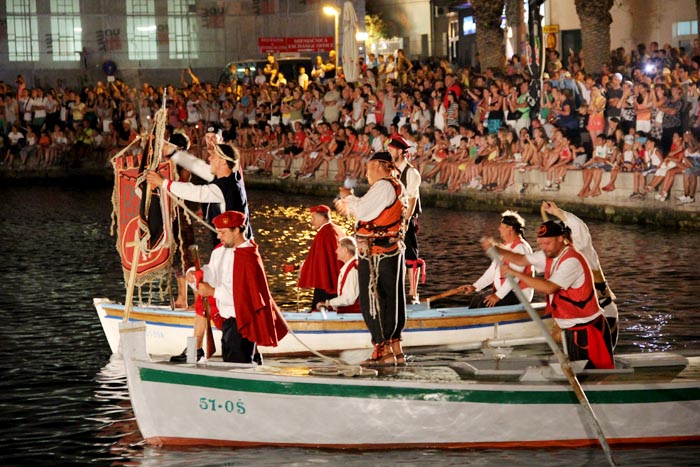
The pirate battle
Local pirates are brought back to life in the staged "Pirate Battle" which takes place every summer on the 18th of August near Omis, bringing the story of the Kačić princes, who ruled this heroic town on the Cetina back in the 12th and 13th centuries, and their 24-year-long successful fight against the Venetian invaders, into the modern day.
The challenge is to come face to face with the costumed descendants of the former Omis pirates, once the most feared warriors of the Mediterranean. It is an unseen attraction to enter their game, cross swords with them, and to escape from their captivity.
Anyone who would like to personally visit the place from which the Omis pirates once surveyed their surroundings with a watchful eye can find out more information by clicking the following link: http://www.omis.hr/…/Tvr%C4…/tabid/251/Default.aspx
Story and photos by: Senka Vlahovic, licensed tourist guide and heritage interpreter in the Dalmatia Storytelling project
Let Split’s museums take you on a journey through time
Croatia is recognised on the tourist map of Europe as a country with a lot of potential, but how can we best present the cultural heritage, historical, natural and all of the other sights that our country abounds in?
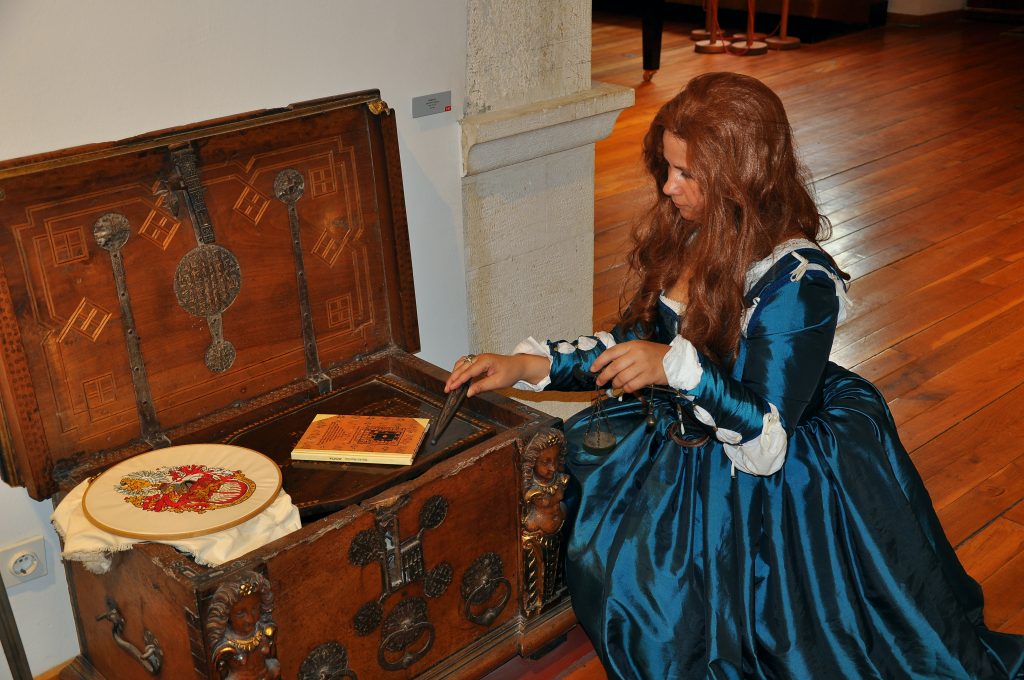
In Split-Dalmatia County, they found an innovative formula - the Dalmatia storytelling destination project, which revives characters steeped in heritage in museums and other important sites and creates thematic interpretive walks. This is a unique project in Croatia and Europe, within which 23 thematic interpretation walks were created and 16 heritage characters were revived.
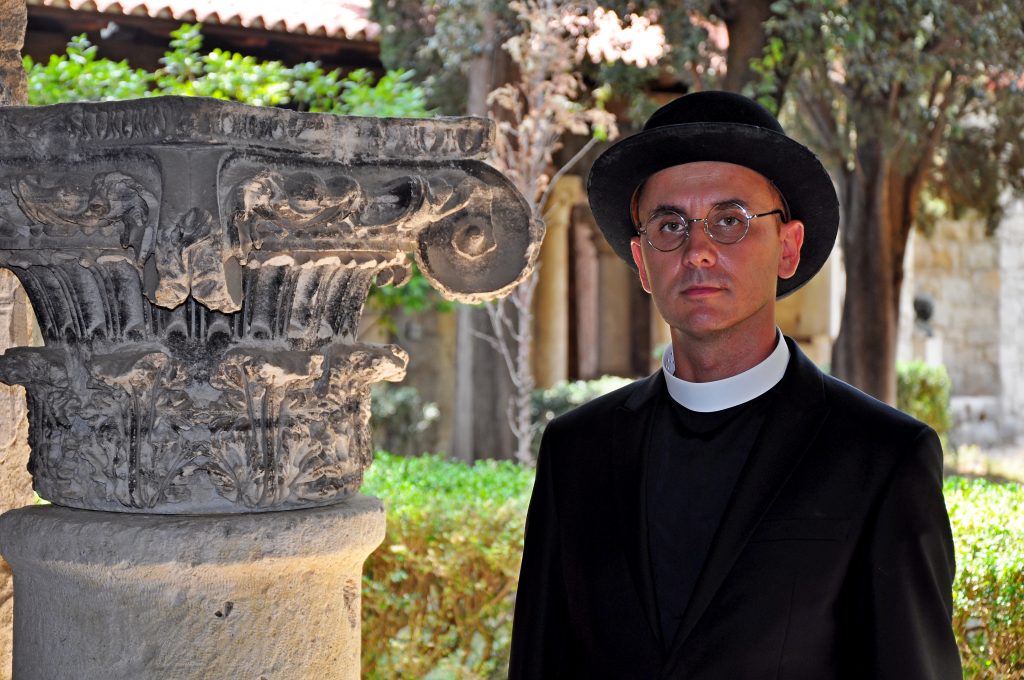
Projekt nije namijenjen samo turistima, već i domaćim stanovništvu. Cilj projekta je kreirati turističke The project is intended for tourists, but also for locals, and works to create tourist experiences through the telling of authentic stories, which will be commercially available to the public through the county storytelling platform in the form of finished tourist products such as themed interpretation walks and costumed guides, storytelling trips and storytelling events. The aim of the project is to preserve and present Dalmatian cultural heritage and develop an offer encompassing year-round tourism in Split-Dalmatia County.
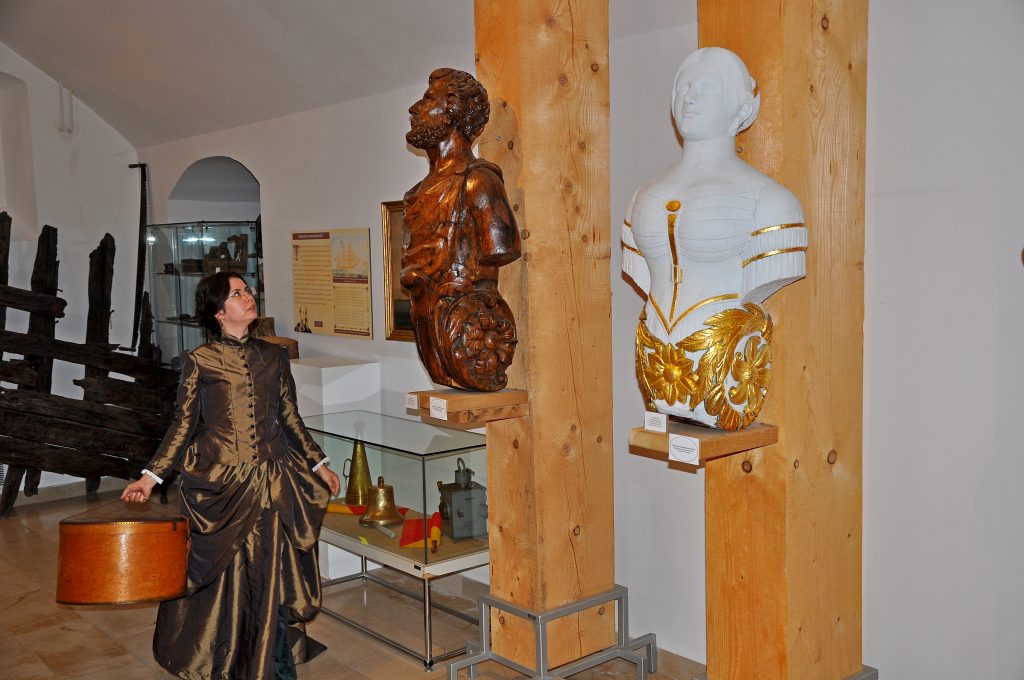
As part of the project activity of reviving heritage characters, costumed heritage interpreters (educated tourist guides or curators) will present the specifics of the museums and/or sites through the life stories of the people they’re dressed as to visitors. As such, they’ll make the stories authentic, picturesque, emotional, interactive and introduce visitors to an experience where together with the performers, they’ll immerse themselves in a kind of time machine from which they’ll emerge richer in knowledge and understanding towards the heritage story they were told and the place they visited.
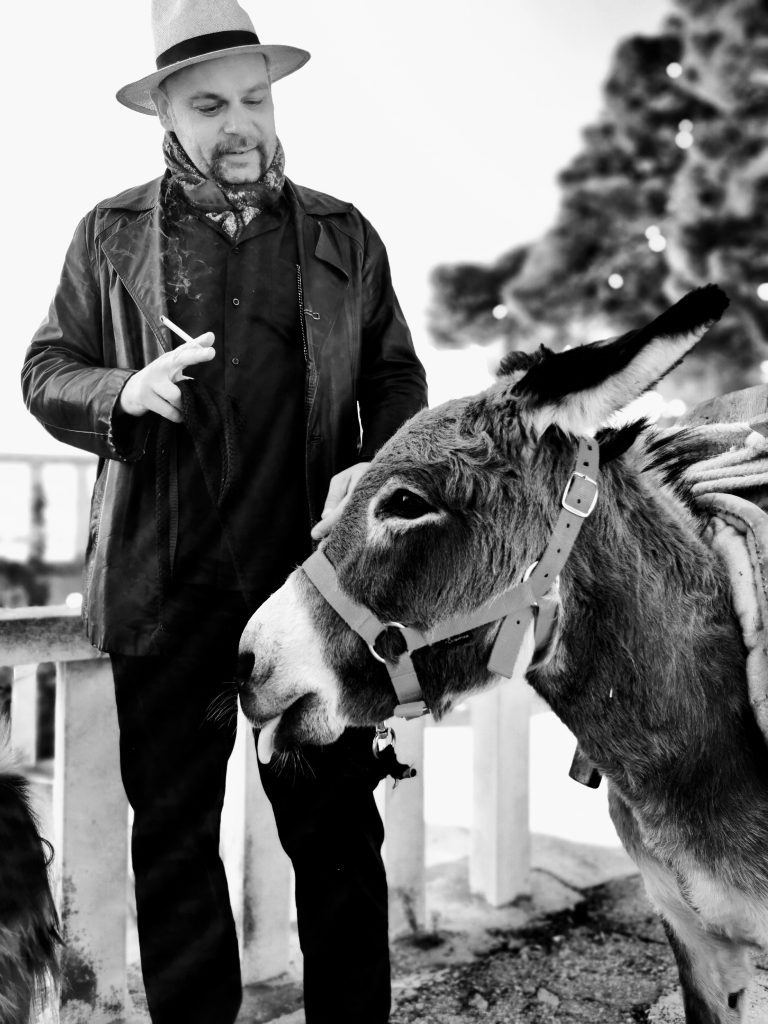
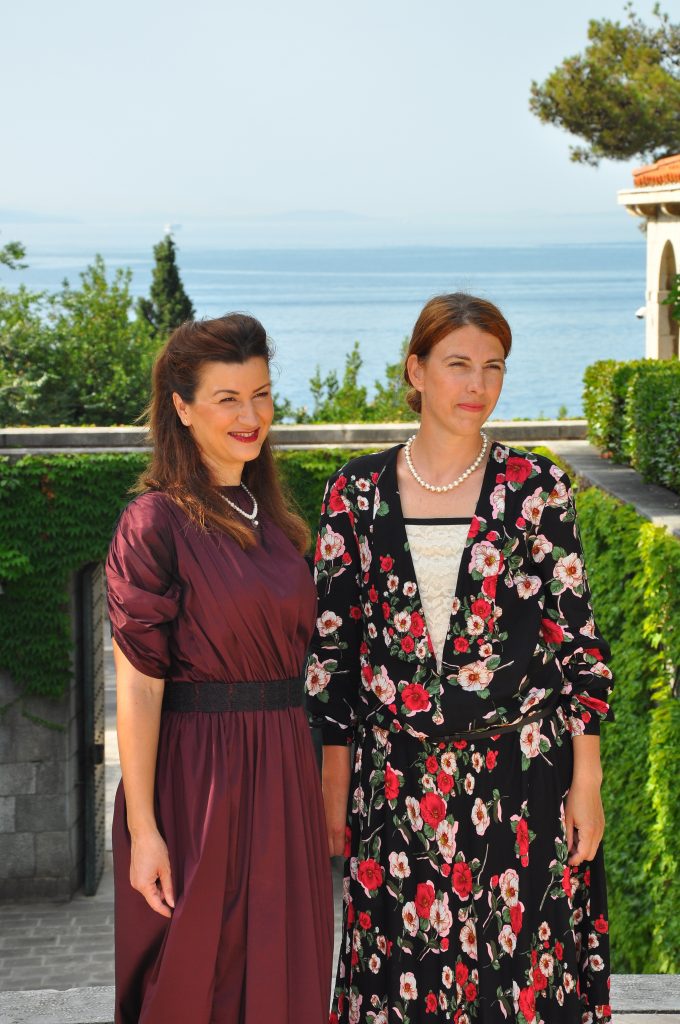
As part of Dalmatia Storytelling, Split's museums will take you on a journey through time where you will experience all of this area’s sheer beauty and sights in full splendor, but also feel sadness, passion, joy, defiance, love - life drivers that lead to wars, and which sometimes direct the circumstances quite unexpectedly, differently, but always interestingly. Travelling through the paths of Split’s stories is a way to emotionally immerse yourself in Split and peek into the souls of its people.
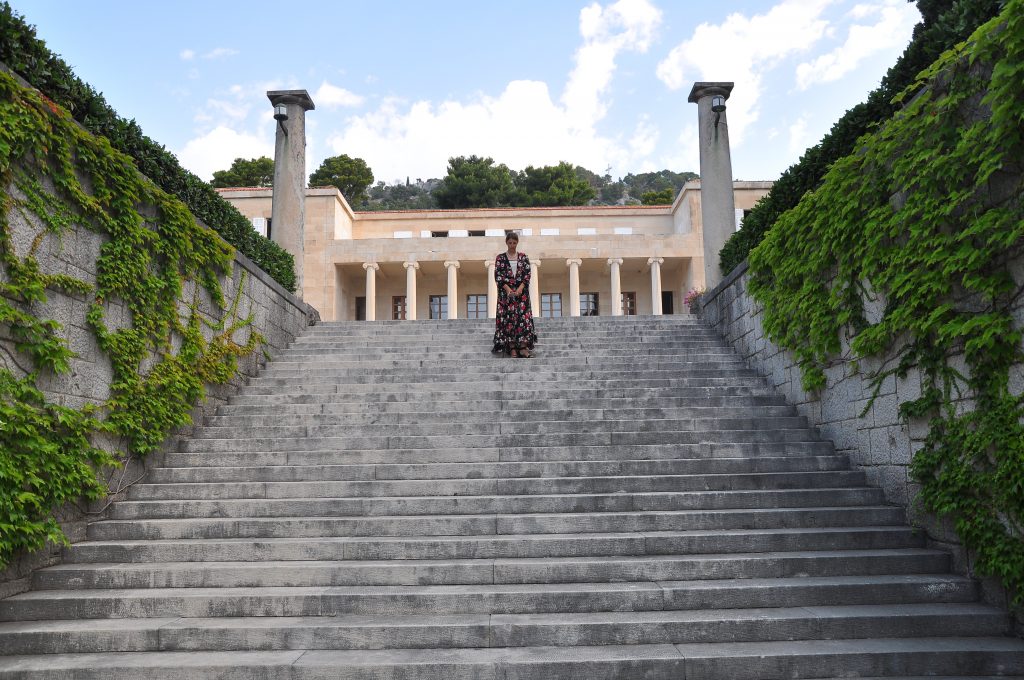
BIRA MARULIĆ’S TOUR, A NOBLE FROM THE 16TH CENTURY AND THE SISTER OF MARKO MARULIĆ
INTERPRETER: GORANA GALIĆ
LOCATION: THE MUSEUM OF THE CITY OF SPLIT
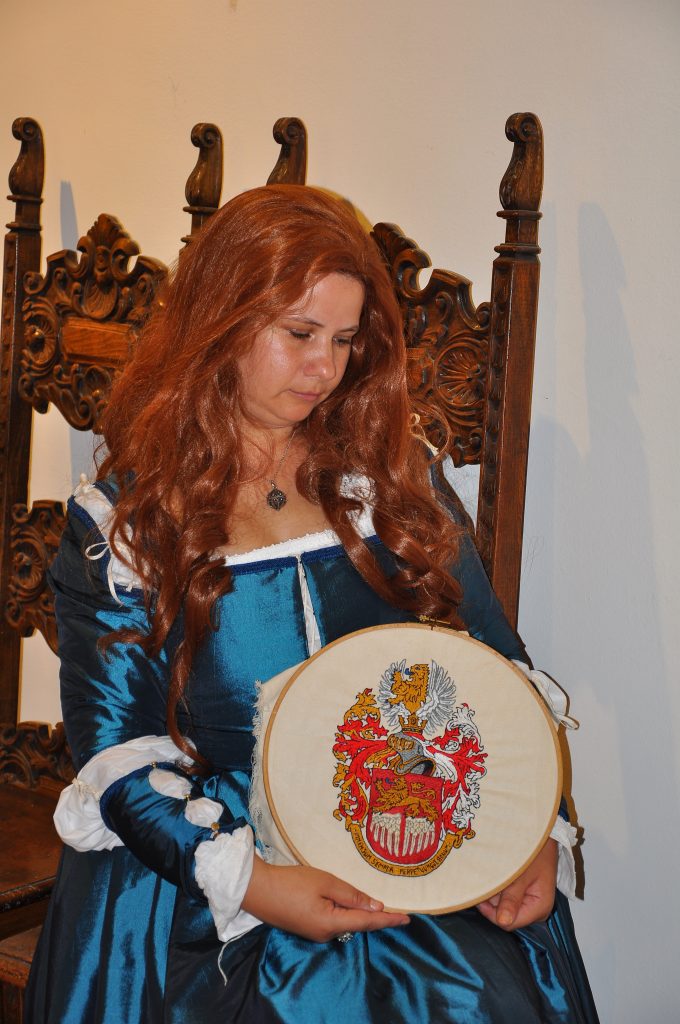
Bira MaBira Marulić was a truly special woman, and with an interpretive walk with this noblewoman (played by a performer) through the Museum of the City of Split, you will learn many interesting things about Marko Marulić, the author of the historical epic - Judita. Visitors will be offered a view of Renaissance and humanistic Split within the permanent exhibition of the museum, located in the Gothic-Renaissance palace of the Papalić family. Back during the 16th century, it was a gathering place for the intellectual cream of the crop of the City of Split, led by the literary bard, Marko Marulić, who enjoyed a great, firm friendship with this family. Back then, of course, Bira wasn’t part of that "male world." She decided very early on that she would be ordained in a nearby Benedictine monastery next to Dioletian's Palace, but despite that, she remained closely associated with her brother Marko.
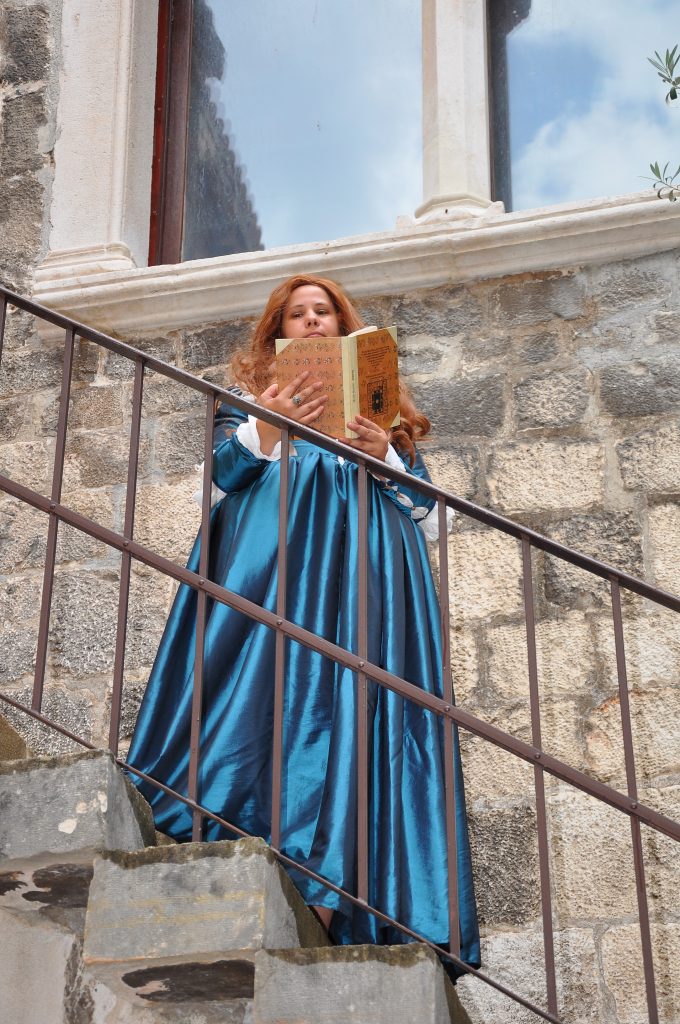
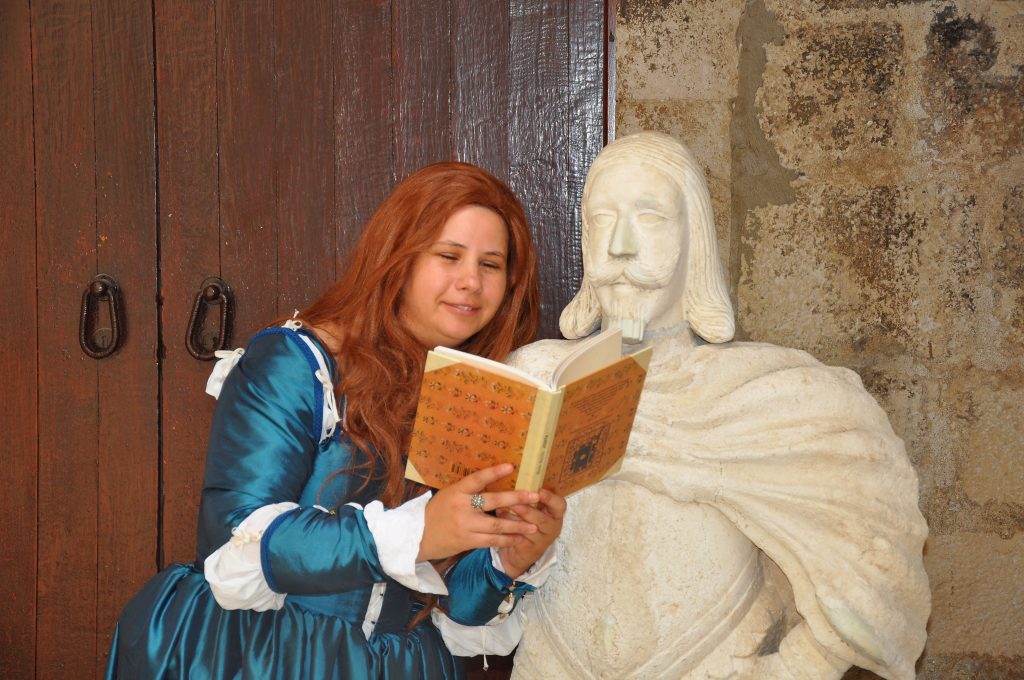
Stoga će vam interpretatorica koja utjelovljuje plemkinju Biru, sestru oca hrvatske književnosti Marka M
Therefore, the interpreter who embodies Bira the noblewoman, the sister of the father of Croatian literature Marko Marulić, but also a witness of that time, will present the way of life in Renaissance Split, providing her insight as a noblewoman, who witnessed very many turbulent historical and political events.
In her story, she points out the poor position of women at that time who were left as widows or without their fathers and brothers, and thus without the protection of the breadwinners, so they would often seek protection within the walls of the monastery of St. Benedict and the church of St. Euphemia, some of them becoming nuns.
THE MAGDA LUPIS TOUR - TORPEDO INVENTOR IVAN LUPIS’ RELATIVE
LOCATION: THE CROATIAN MARITIME MUSEUM IN SPLIT
INTERPRETER: PETRA BLAŽEVIĆ
If you want to experience the heritage of millennial Adriatic seafaring in an innovative way, join this interpretation tour with Petra Blažević, a curator disguised as a lady from the 19th century.
In going through the museum’s exhibit, you will be able to imagine what it would have been like to live in these exciting episodes of the past. Mrs. Magda Lupis will introduce you into this proverbial time machine and together you will embark on an exciting journey. Thanks to the method of costumed interpretive guidance, you will have the opportunity to gain a completely new experience by following the timeless Miss Magda, a cousin of the famed torpedo inventor Ivan Lupis.

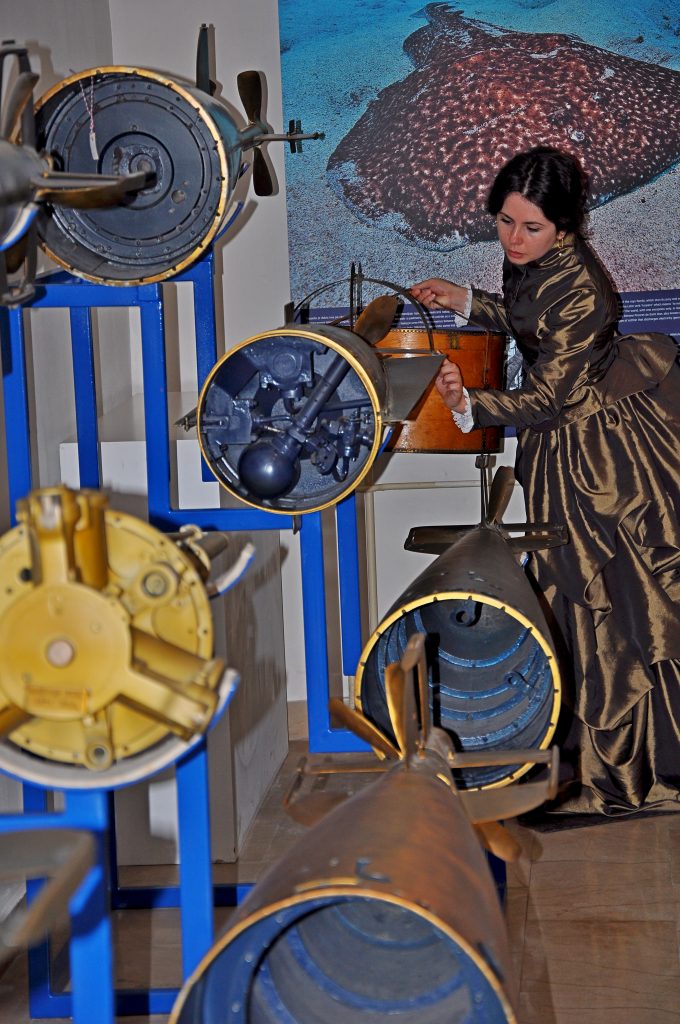
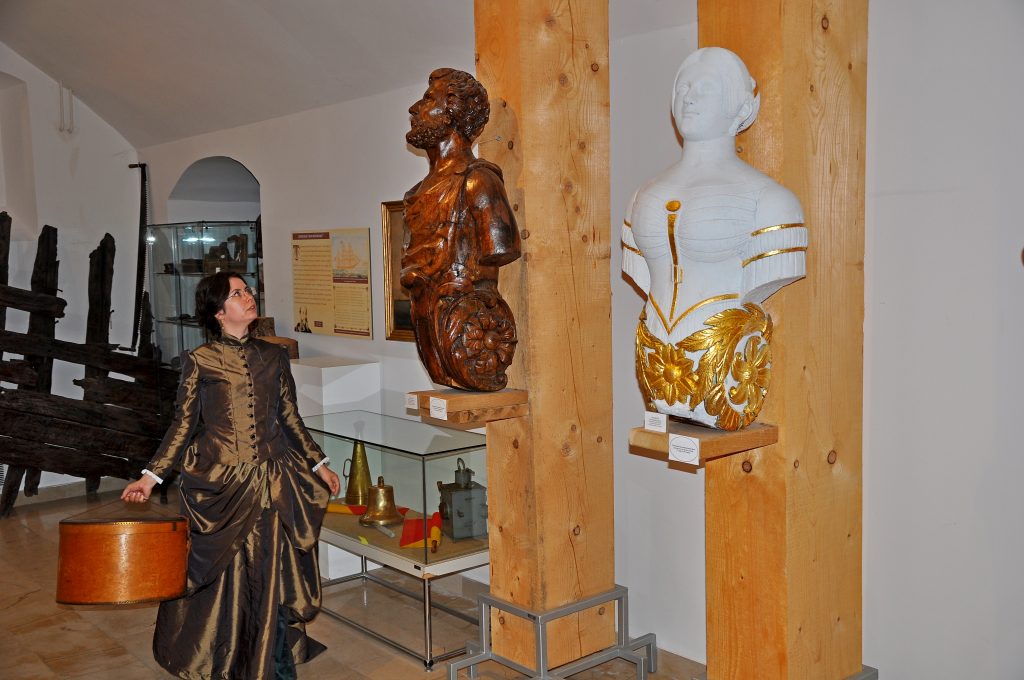
The whole tour revolves around one ordinary break that all travellers, including tourists themselves, experience while traveling to their various Adriatic destinations. This break, however, will be anything but ordinary. The year is 1866, and Magda is on a steamboat trip on the Gruž-Rijeka route and is currently preparing to visit the museum during a break between the arrival and departure of the ship from the Port of Split. If you want to experience Croatian history with the taste of salt in the company of a brave adventurous woman, feel her passion in discovering something new, and also hear interesting stories about the great invention of the torpedo, don’t miss out on time travelling 155 years back to Split's Gripe Fortress.
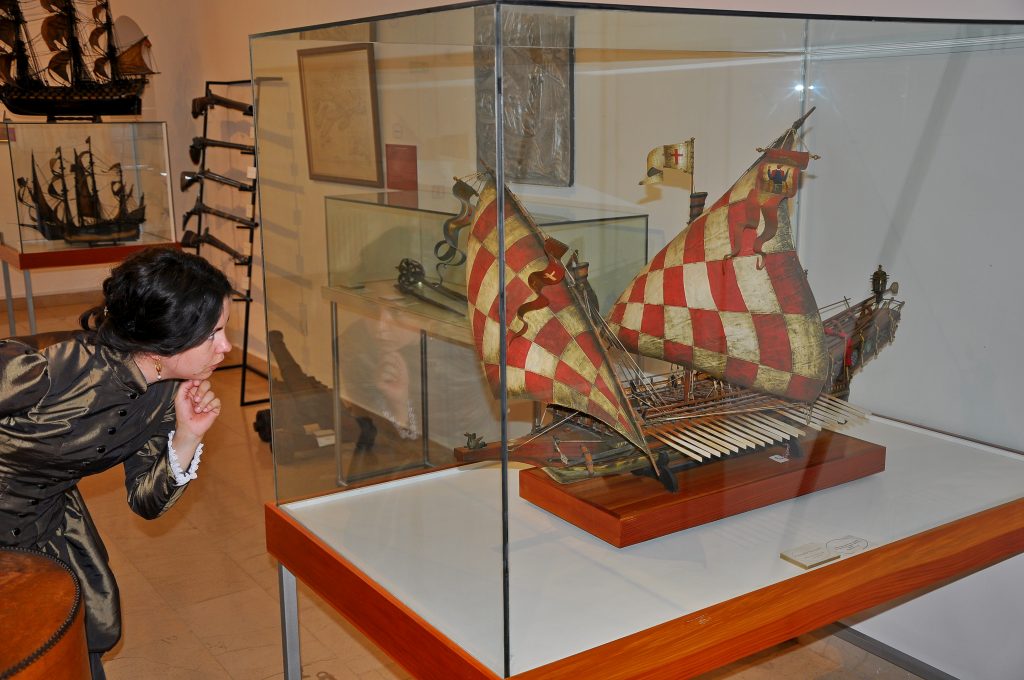
THE REVIVAL OF AUTHENTIC HISTORICAL AND LOVE STORIES FROM VELI VAROS
INTERPRETERS: BOŠKO PAPIĆ AND IVAN BARANOVIĆ
LOCATION: VELI VAROS Interpreters dressed as the famous Mayor of Split Ivo Tartaglia and local fisherman Roko, along with his beloved Cicibella, will take you for a walk through this picturesque suburb. You will learn all the interesting things about this part of Split, and also peek into human destinies, which wrap around these stories like a piece of very fine silk. The special feature of this tour is the discovery of what is not written in tourist guides, real life, woven with many emotions of the local population.
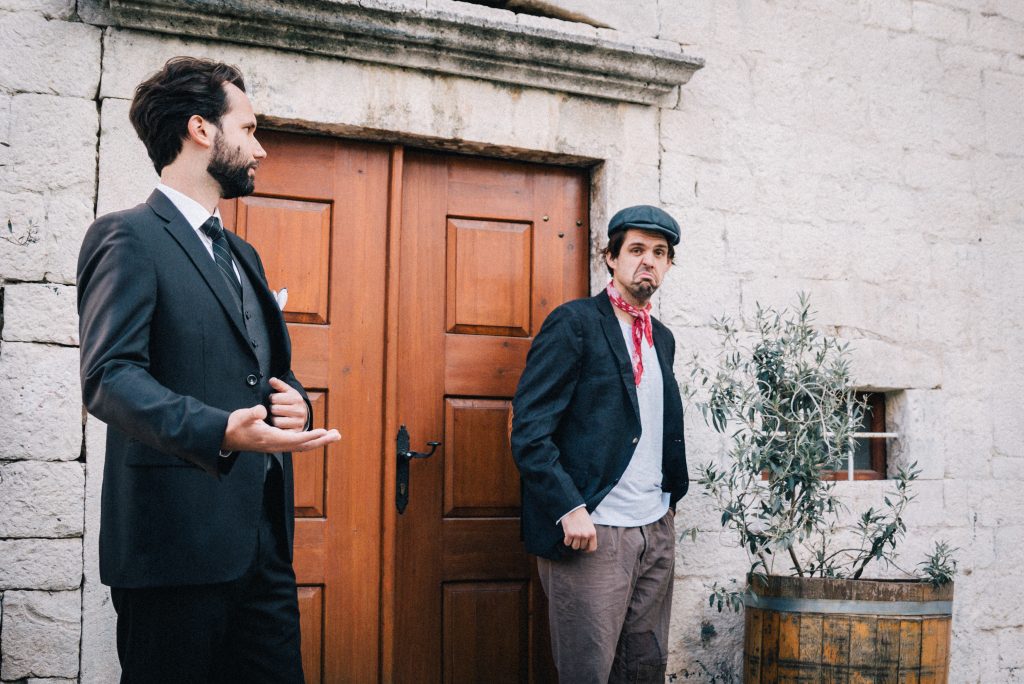

Posebnost ove ture je otkrivanje onoga što ne piše u turističkim vodičima, realnog života, istkanog The tour starts from Matejuška, a small fishing port where the inhabitants live from fishing, before turning to the south side of Varoš where the monastery of St. Francis from the 13th century can be found. Not far from the monastery at that time, the smell of sulfur could be strongly felt. Sulfur springs were discovered by Emperor Diocletian and springs were regularly used for healing, women also used to wash clothes at that same spring.
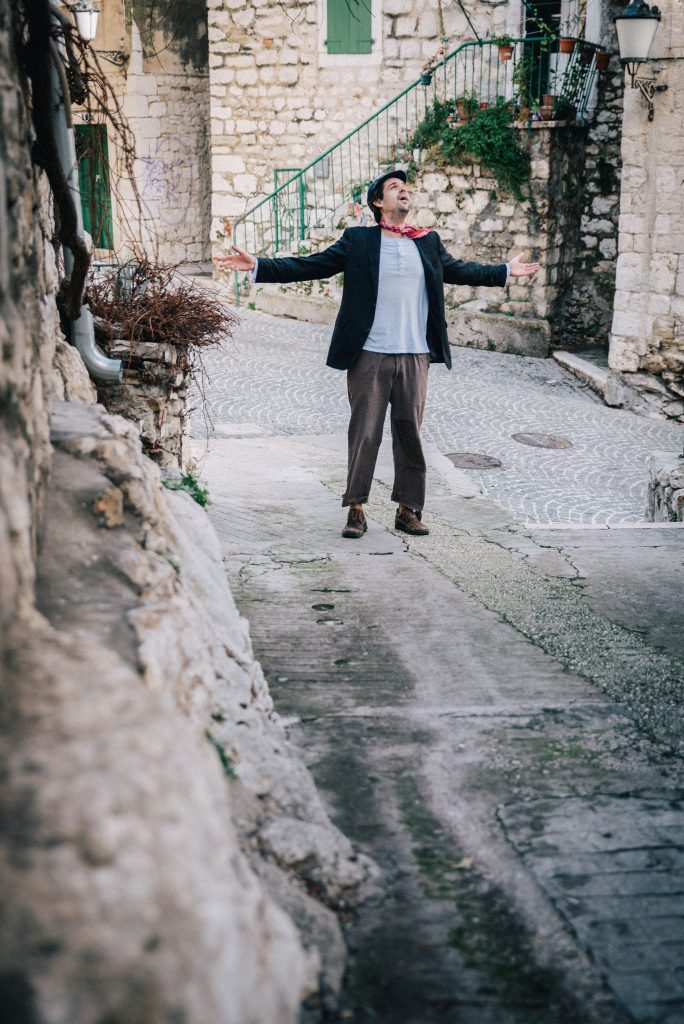
Walking through the small stone streets, visitors will discover what else the people of Split built in the 16th century in order to attempt to defend themselves from the Ottoman conquests, as well as what motives were the eternal inspiration of the famous painter Emanuel Vidović. Roko explains in his own way another peculiarity of Split - a specific sense of humor, prone to ridicule and sarcasm. Roko recounts what the game of hats looks like in moments of entertainment for the locals and how important wine is to them. Mayor Tartaglia presents local taverns as an indispensable part of the town's folklore and fraternity and explains the role of faith in the lives of the townspeople who always dream and hope for a better life. It must be noted that this particular tour isn’t currently adapted for people with disabilities.

THE STORY OF DON FRANE BULIĆ
VENUE: THE ARCHAEOLOGICAL MUSEUM OF SPLIT
INTERPRETER: NINO ŠVONJA
This costumed interpretive walk begins at the entrance to the museum where Don Frane Bulić, more precisely the performer in the modern day, talks about the history of the museum, with a well-known anecdote about the acquisition of the money for the construction of the building itself.
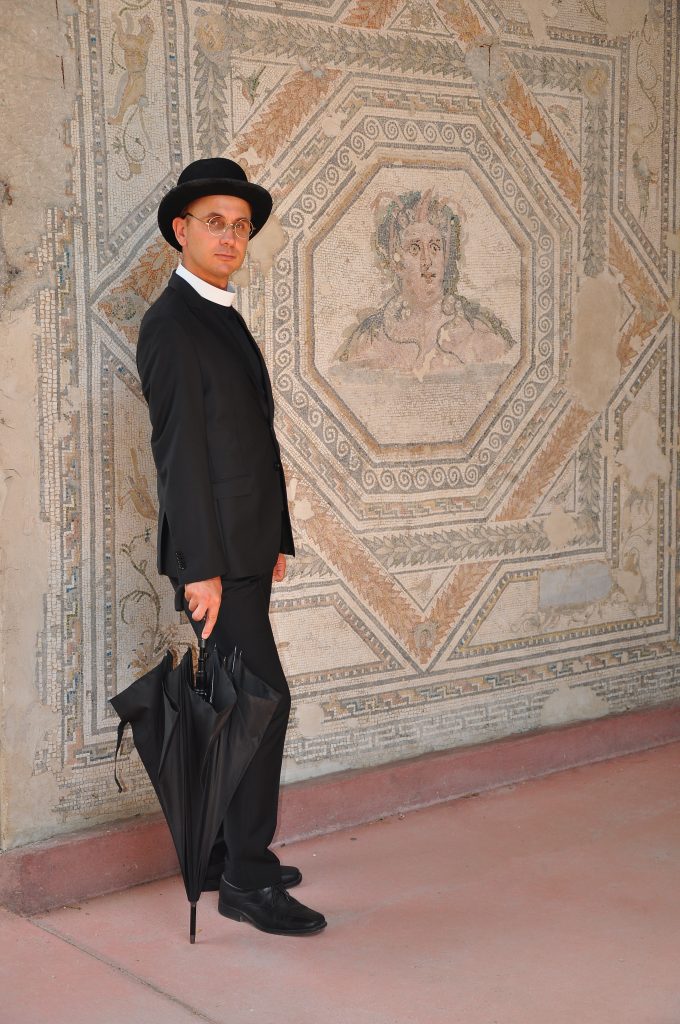
Kostimirana interpretacijska šetnja počinje na ulazu u Muzej gdje don Frane Bulić, odnosno interpretator, g
THE STORY OF DON FRANE BULIĆ
VENUE: THE ARCHAEOLOGICAL MUSEUM OF SPLIT
INTERPRETER: NINO ŠVONJA
This costumed interpretive walk begins at the entrance to the museum where Don Frane Bulić, more precisely the performer in the modern day, talks about the history of the museum, with a well-known anecdote about the acquisition of the money for the construction of the building itself.
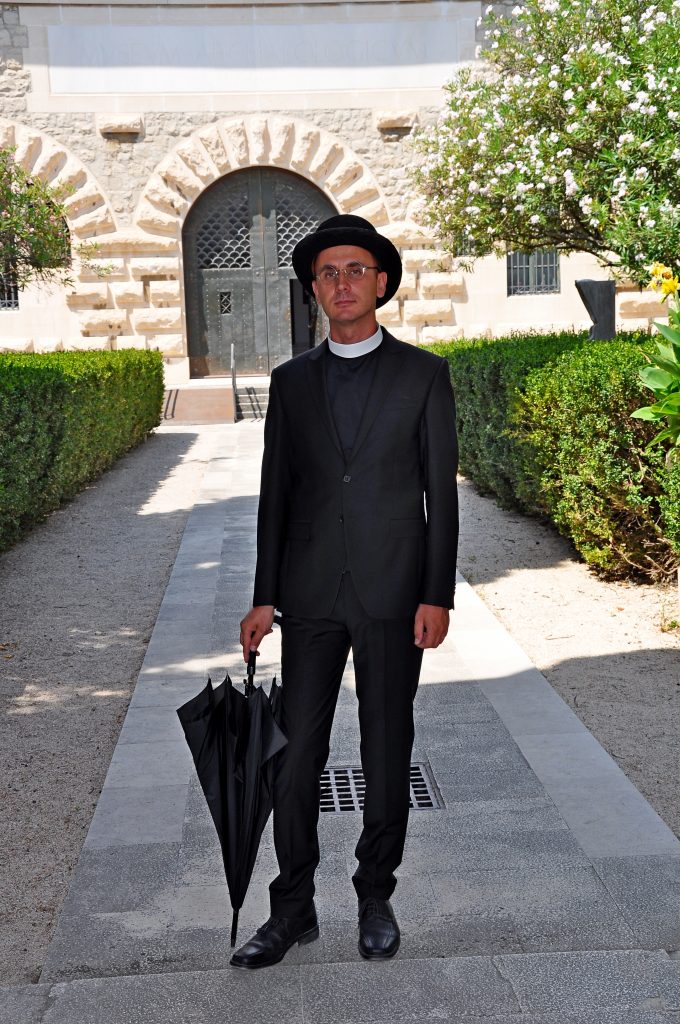
The lapidary can be visited during this tour, as can all of the stone monuments. Don Frane managed to purchase the sarcophagus of Valeri Dinent and his wife for the museum, the only unlooted sarcophagus in Salona (the modern day Solin). Don Frane mentions another sarcophagus - the Sarcophagus of the Good Shepherd. When the building was being constructed, he first had a sarcophagus erected, and only then did he erect a tower so that the sarcophagus could never be carried away.

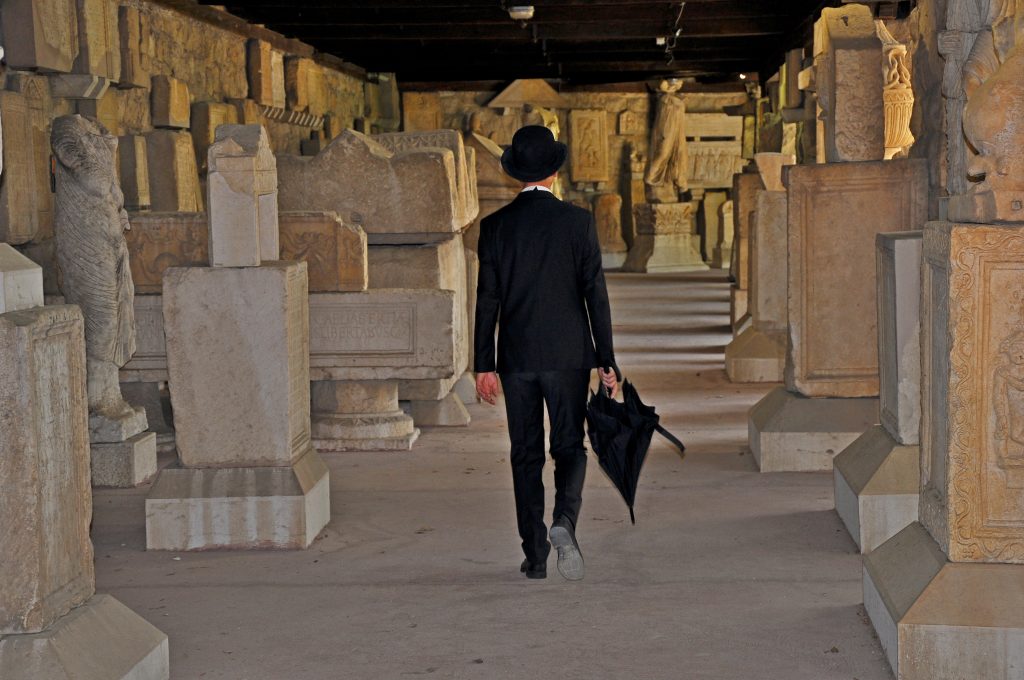
INTERPRETATION TOPIC: OLGA MESTROVIC ON IVAN MESTROVIC
INTERPRETER: IRIS MARINOVIC
LOCATION: THE MESTROVIC GALLERY This tour is a reflection of Meštrović's family life through the memories of his wife, Olga Meštrović. The backbone of the thematic storytelling are the personal experiences and memories from the family life of the artist's wife who talks about the artist's profession and his work - sculptures which are in the permanent exhibition of the gallery.

The direction of this tour follows the chronology of events in their family and life. The tour begins in the garden with a conversation about the construction of a villa in Meje, with a look at the beautiful moments enjoyed as part of family life, in the central hall the theme is getting to know the artist and his wife, their love, their marriage and Olga's character, which is very much present in her husband’s stunning sculptures. More can be learned about their children and Meštrović's mother, and about the family habits and what was on the menu and on the dining table back then. On the upper floor, attention is drawn to the sculptures that reflect the physiognomy of Olga, as well as Meštrović himself.
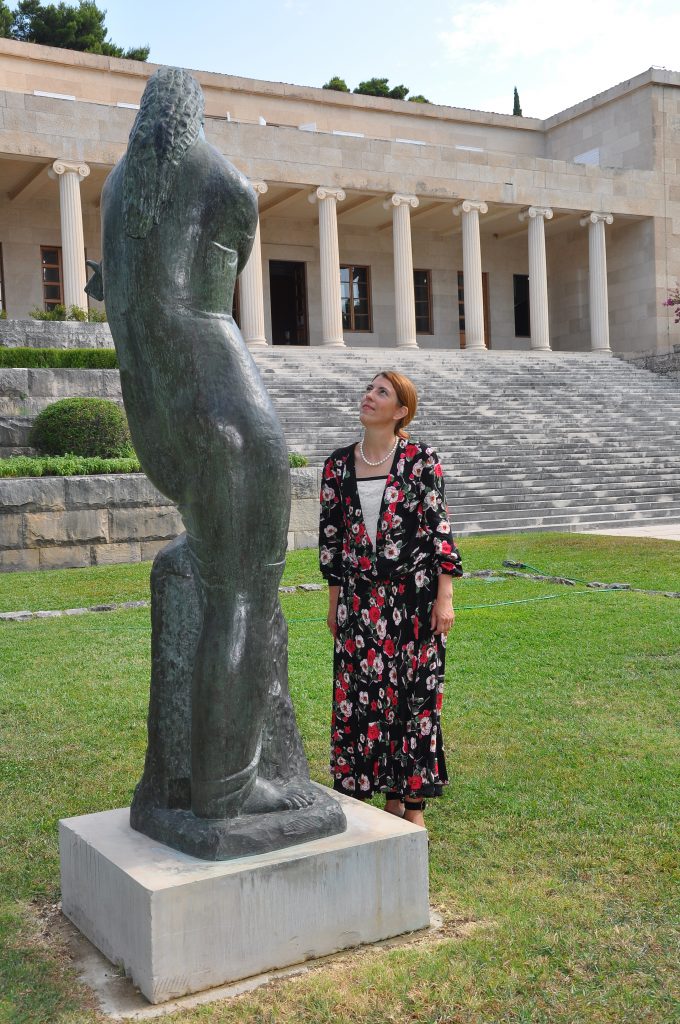
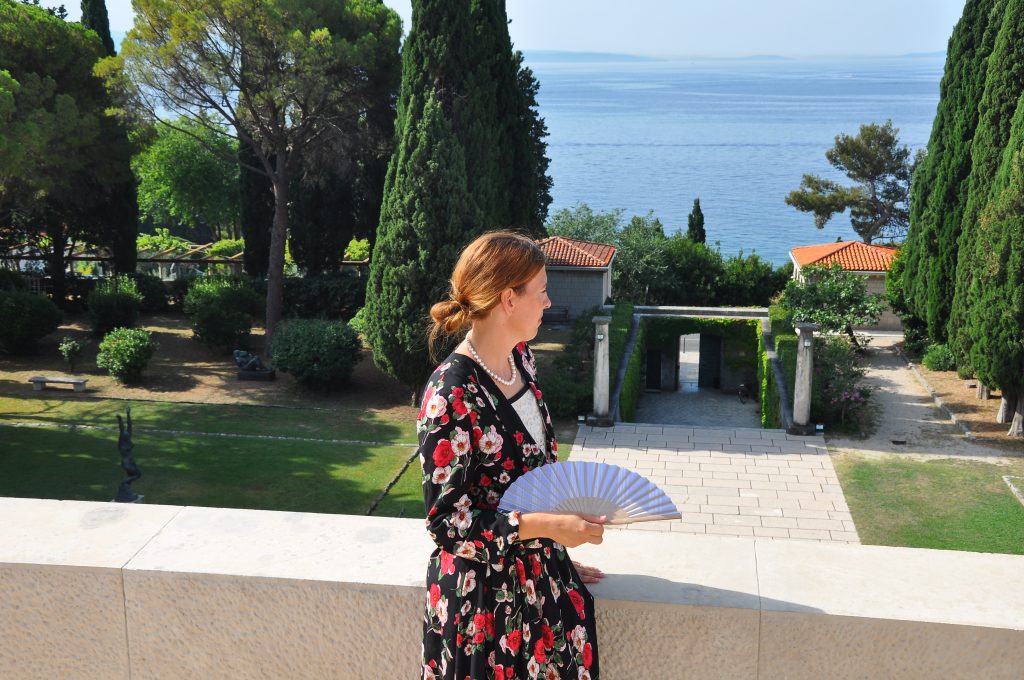

INTERPRETATION TOPIC: RUŽA MEŠTROVIĆ AND THE STORY OF IVAN MEŠTROVIĆ
INTERPRETER: VESNA BULIĆ BAKETIĆ
LOCATION: THE MEŠTROVIĆ GALLERY IN SPLIT
Rosa Elizabeth Klein was Meštrović's first, and very artistically gifted wife, who skillfully mingled in the artistic and intellectual circles of various European capitals, which significantly helped the affirmation of Meštrović as an artist. The tour begins on the central plateau in the Gallery’s garden or under the porch, where visitors are introduced to the house’s history and architecture. What follows is a tour of Meštrović's works from the Viennese and London periods of his life.

The inner part of the tour starts from the room where one of Rosa’s more sensual, feminine sculptures is located. By the way, the Gallery also houses two works, which she made herself.
In the Secession exhibition room there is also a sculpture called Girl Singing, for which the model was Olga Klein, Rosa's youngest sister. Rosa talks about her childhood, youth and the circumstances of meeting a young Slavic sculpture student in the Austrian capital of Vienna, in a very interesting historical period.
In the central hall next to the Vestalka sculpture, stories about the life of artists across Europe follow. The sacral hall contains a theme that constantly runs through Meštrović's oeuvre, and is especially intense during the construction of the mausoleum of the Račić family down in Cavtat. These sculptures were created as a result of the artist’s sculptural maturity in the 1930s and the beginning of his family life. Here is where Rosa ends her story, passing away in 1942, with Meštrović continuing to live his life with his new family.

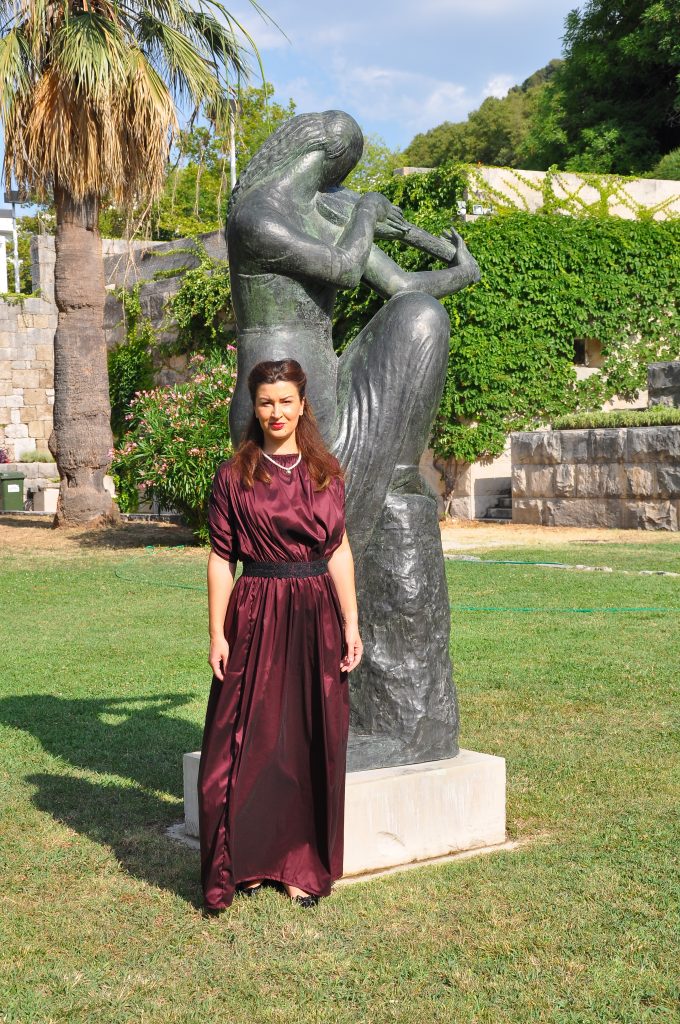

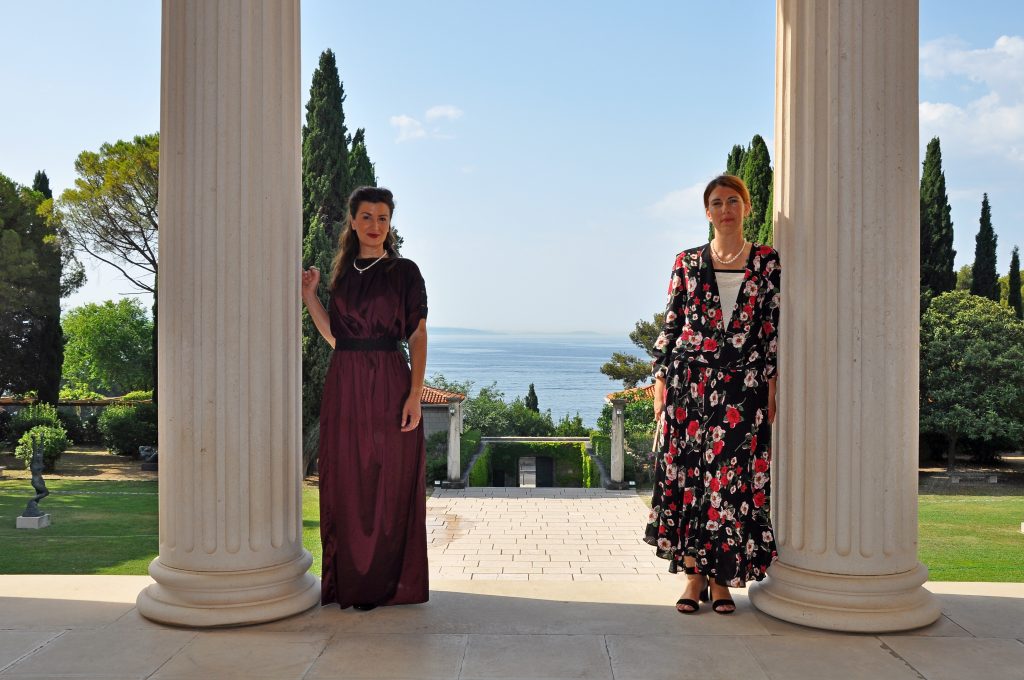
INTERPRETATION TOUR: MARKO UVODIĆ FROM SPLIT
INTERPRETER: HRVOJE COKARIĆ AND MARINA ABRAMOVIĆ
LOCATION: THE NATURAL HISTORY MUSEUM AND ZOO
The interpretation tour includes short stories by Marko Uvodić, published in his work Libar. The focus is on the coexistence of man and donkey in Split, at the beginning of the 20th century. In practice, this is a fifty-minute costumed interpretation of historical heritage, which begins with a walk in the fishing port of Matejuška, through Veli Varoš, and ends in the forest on Marjan, above the church of St. Nicholas. The interpreting team includes both an interpreter and a donkey.
The story relies more on research and the presentation of the coexistence of man and donkey in the Split of old, rather than on highlighting the historical locations of Veli Varoš and Marjan. The focus is placed on bringing the culture of the Split peasant closer, in the historical, political and cultural context of the then Split and of Europe as a whole.
The introduction refers to the then culture of the "little man" from a rather cynical point of view, avoiding the glorification of the local culture. This sort of interpretation is approached critically and satirically and the presentation is suitable for groups of 2 to 20 people. In addition to the standard fifty-minute interpretation, there is also a shortened version of 30 minutes, which ends at the first lookout, and a more extensive version of 70 minutes, which ends at the Split Zoo. The interpretation tour is suitable for people over the age of 10, but is not suitable for people with disabilities due to the relatively long walk involved in the tour.
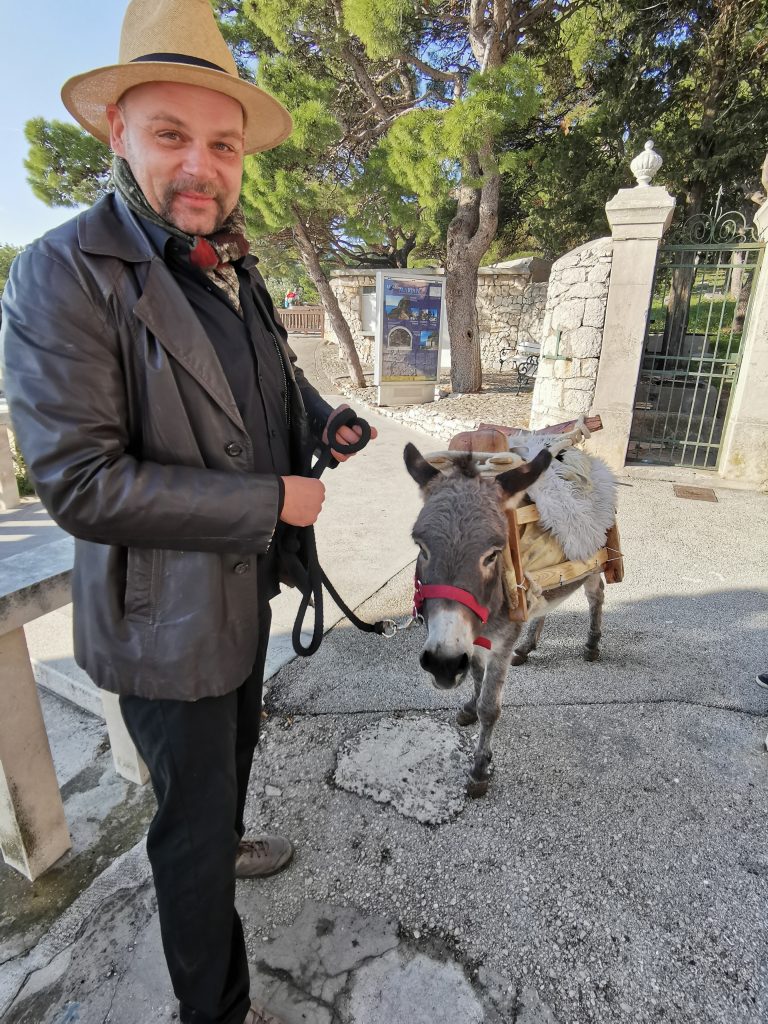

Dalmatia, a storytelling destination - An interpretation walk with Petar Hektorovic guides us through his life and deeds
This cultural-interpretive walk is carried out as part of the Dalmatia Storytelling destination project. It is dedicated to Petar Hektorović. It takes us back in time, deep into the past, and teaches us how the hand of fate brought Petar Hektorović to Tvrdalj, and how he wrote his ‘’stone book’’ in Tvrdalj. It then points out the reasons that prompted Hektorović to write his famous work “Fishing and Fishermen’s Talk’’, what his favourite cake was, what it was like to live in Stari Grad at the time of the plague, which Saint Roch (Sveti Rok) means to Stari Grad and what Petar’s role in all of that really was. It also tells us about his granddaughter Julija and the famous Tintoretto.
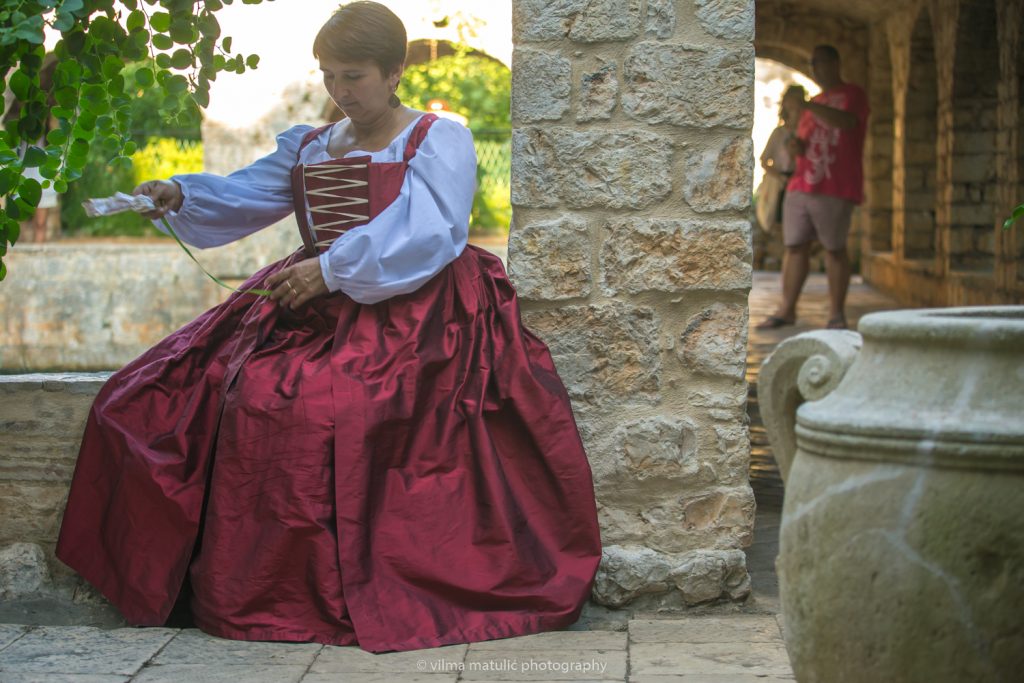

Interpretacijska tura o renesansnom pjesniku Petru Hektoroviću, priča je o osobi koju je iznjedrilo vrijeme
The interpretive tour of the Renaissance poet Petar Hektorović is the story of a person who was born during the awakening and renaissance on the island of Hvar. In a cycle of virtues and abilities, we will discover how he could swim strongly and resourcefully like a fish in their very own pond. Tvrdalj, the ‘’Fishing and Fishermen’s Talk’’ book, the Saint Roch Church and St. Peter the Martyr, is a thematic line that follows his life, actions and eventually - his death.

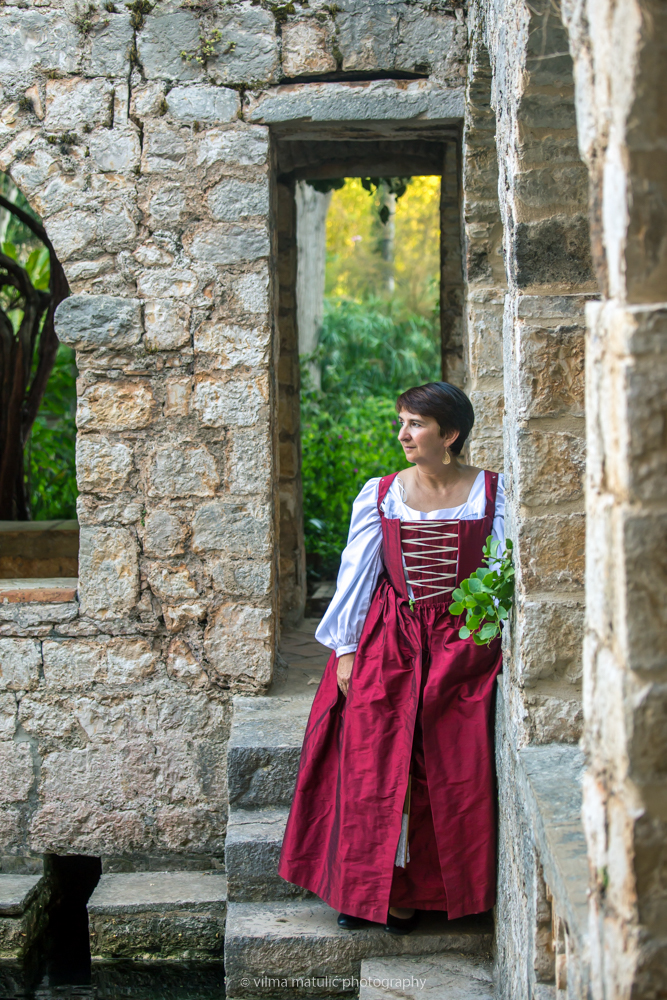
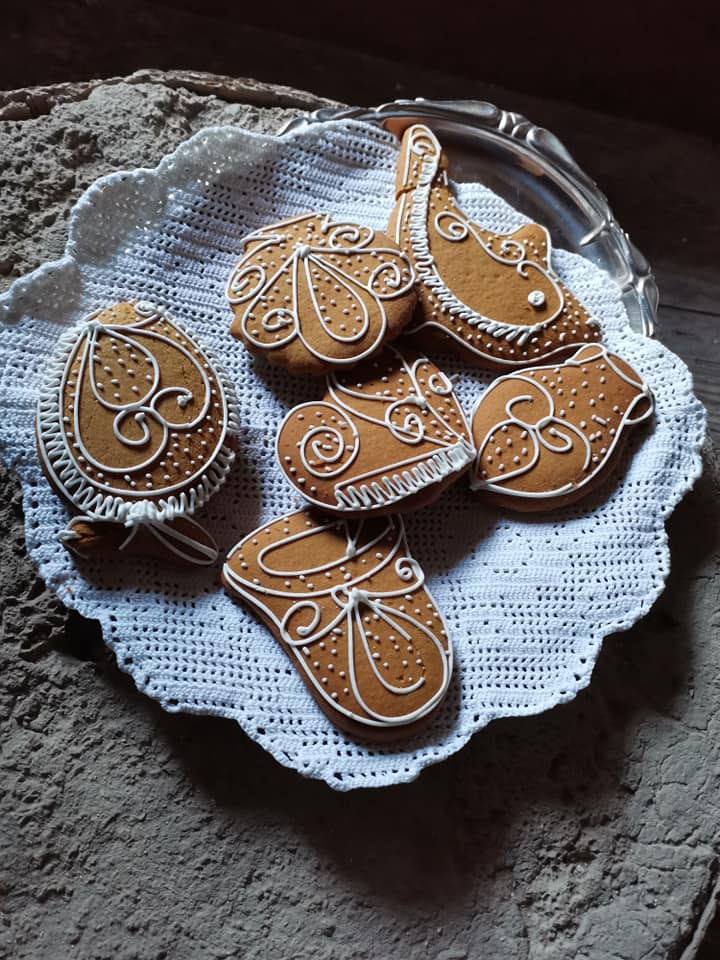
„
"At my Fortress, the fortress which adopted me" begins the story of the life of the famous Renaissance poet and nobleman Petar Hektorović. The saga reveals the details of the situation from life on the island of Hvar way back in the sixteenth century and how, under the scarlet cloak of this most unusual nobleman, and yet a true representative of the Renaissance period, the heart of a man who loved, understood and appreciated people regardless of their class and affiliation, beat strongly.


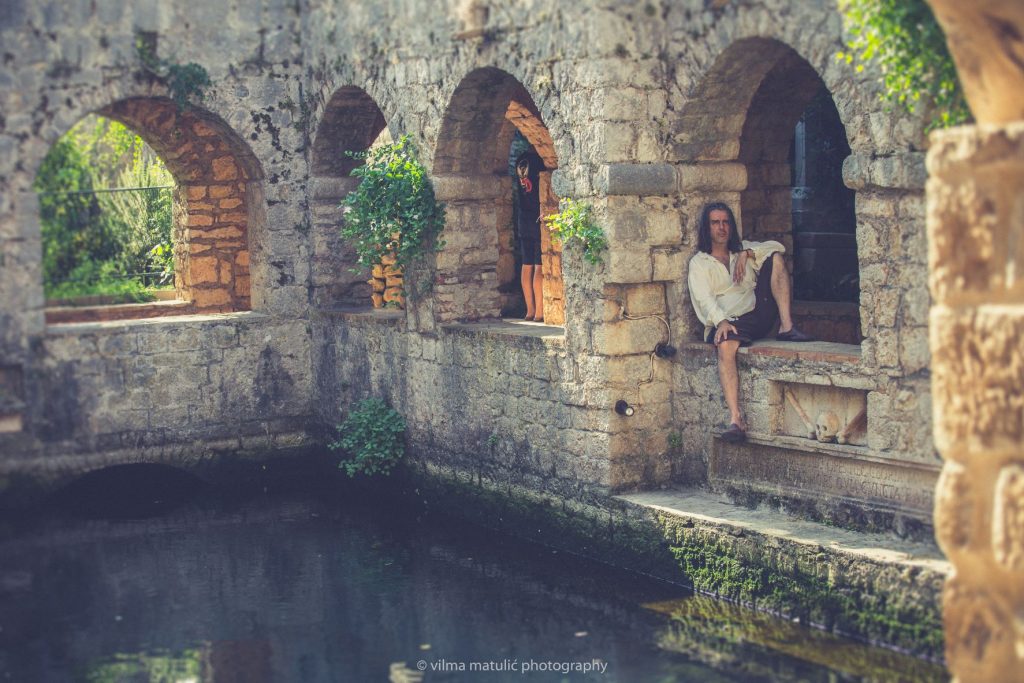
<!-- /* Font Definitions */ @font-face {font-family:"Cambria Math"; panose-1:2 4 5 3 5 4 6 3 2 4; mso-font-charset:1; mso-generic-font-family:roman; mso-font-format:other; mso-font-pitch:variable; mso-font-signature:0 0 0 0 0 0;} /* Style Definitions */ p.MsoNormal, li.MsoNormal, div.MsoNormal {mso-style-unhide:no; mso-style-qformat:yes; mso-style-parent:""; margin:0cm; margin-bottom:.0001pt; line-height:115%; mso-pagination:widow-orphan; font-size:11.0pt; font-family:"Arial","sans-serif"; mso-fareast-font-family:Arial;} p.normal, li.normal, div.normal {mso-style-name:normal; mso-style-unhide:no; mso-style-parent:""; margin:0cm; margin-bottom:.0001pt; line-height:115%; mso-pagination:widow-orphan; font-size:11.0pt; font-family:"Arial","sans-serif"; mso-fareast-font-family:Arial;} .MsoChpDefault {mso-style-type:export-only; mso-default-props:yes; mso-ascii-font-family:Arial; mso-fareast-font-family:Arial; mso-hansi-font-family:Arial; mso-bidi-font-family:Arial;} .MsoPapDefault {mso-style-type:export-only; line-height:115%;} @page Section1 {size:595.45pt 841.7pt; margin:72.0pt 72.0pt 72.0pt 72.0pt; mso-header-margin:36.0pt; mso-footer-margin:36.0pt; mso-page-numbers:1; mso-paper-source:0;} div.Section1 {page:Section1;} -->
Tvrdalj
The starting point of the storytelling tour about Petar Hektorović is the easily visible facade of the Tvrdalj summer house. In front of the building, guests get the impression of the size of the building, which is followed by a story about the no less famous poet. Through the main wooden door you enter the "portego", a lobby with barrel vaults, numerous antique chests and an attractive toilet area from back in the sixteenth century. Heading out on the south side, you enter the very heart of Tvrdalj, a real microcosm in which all God's beings are welcome.
Our host, the good spirit of Tvrdalj, teleports us into an oasis of peace and quiet, dominated by a real glittering emerald pond, framed by stone arcades and inscriptions from all over the world.
A view to the north reveals an interesting construction of a gazebo tower and a dovecote. From there we head over to the "glamorous" park. There sits an oval stone table and there is an interpretation of Hektorovic’s famous ‘’Fishing and Fishermen's Talk’’. In that very place and at that same old stone table, on clear days, Hektorović received friends, and enjoyed singing songs with them, feasting on Stari Grad peppercorns paired with a glass of prosecco. Heading from the park along the corridor to the west, we come to an ethnographic collection with exhibits of typical Hvar cuisine and a tavern where the Hektorović family used to gather together for a meal.
Saint Roch’s Church
This church is ideologically connected to the character and works of Petar Hektorović, who made the designs, financed the construction, and bequeathed the funds for its completion. He built this church and gave it as a gift to his city and his people in need, without whom he would not have completed his stone symphony, his Tvrdalj. Namely, back when the plague was ravaging Europe, people were influenced by St. Roch and sought help, so, Hektorović, being more noble than any other nobleman, decided to build a church with the name of that saint on his own property. In constructing Tvrdalj, Petar Hektorović built a strong friendship with the local people and in that way, he thanked them.
The Church of Saint Peter the Martyr
This church is the final resting place of Petar Hektorović and his mother Katarina. Above the main door of the church is an inscription about the unpleasant events which occurred back in 1571 when the marauding Ottomans attacked all of the major towns on the island of Hvar, including Petar’s own Tvrdalj in beautiful Stari Grad. The museum of the Dominican monastery, which is located within the church itself, preserves the unique Tintoretto altarpiece that once adorned the tomb and altar of the Hektorović family. The motif on the altarpiece "The Lamentation of Christ" hides an interesting fact within, and is therefore an unmissable point of interest for every single visitor.
This concludes the interpretive walk and the thematic line that follows and honorus the life, work and the death of Petar Hektorović.
Interpreter: Klaudija Gamulin
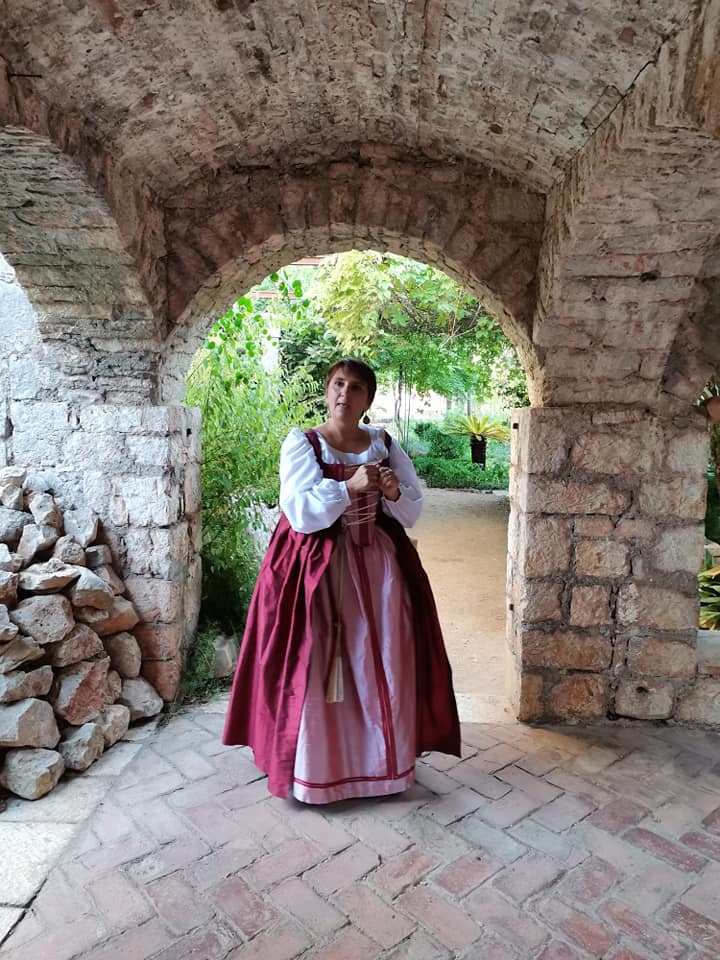
Dalmatia, a storytelling destination - Take the Adriatic Highway for an unforgettable storytelling road trip!
The Adriatic Highway is one of the most beautiful roads in the whole world. If you find yourself visiting Split-Dalmatia County, from whichever side you approach it, from the direction of Trogir or Makarska, from the sea or from the beautiful Dalmatian hinterland, you will be amazed and fascinated by the rugged coastal landscape, the azure blue Adriatic Sea in which islands are scattered like pearls... The richness of the past and the present intertwine along the entire coast and hinterland. On some of the hills, you will notice both towers and former forts each telling their own stories and the often tragic fates of well known local heroes…
With this article, we’re going to take you on an unforgettable "storytelling road trip" through three cultural interpretation walks, which are carried out as part of the Dalmatia Storytelling destination project, accompanied by licensed guides.
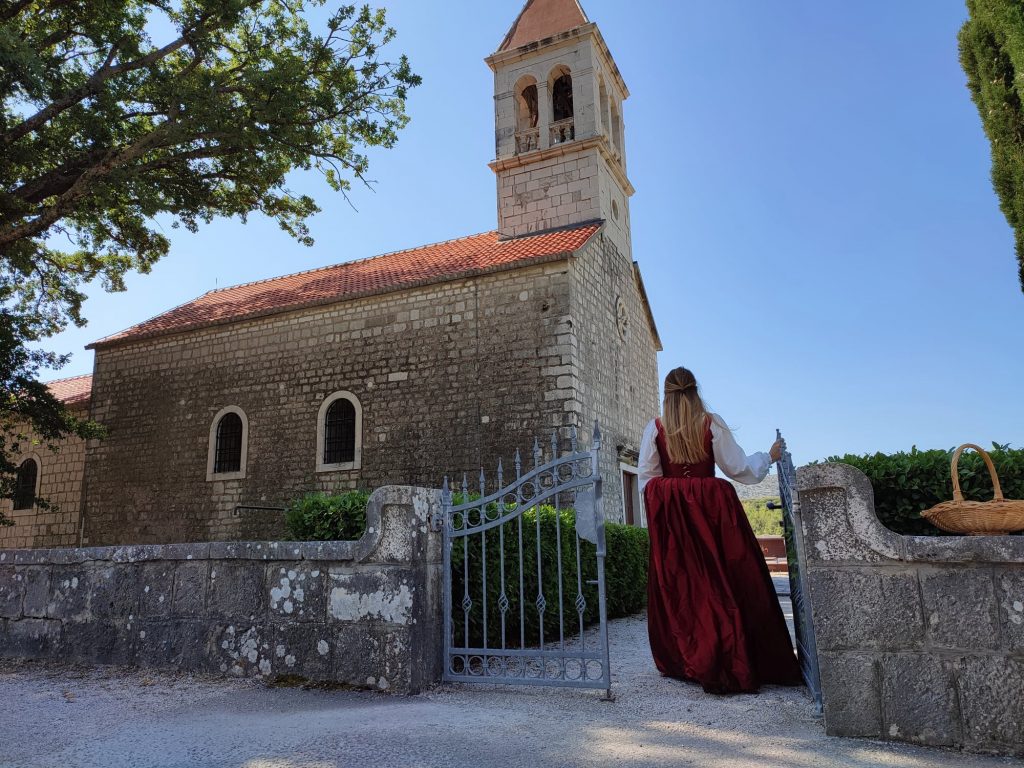
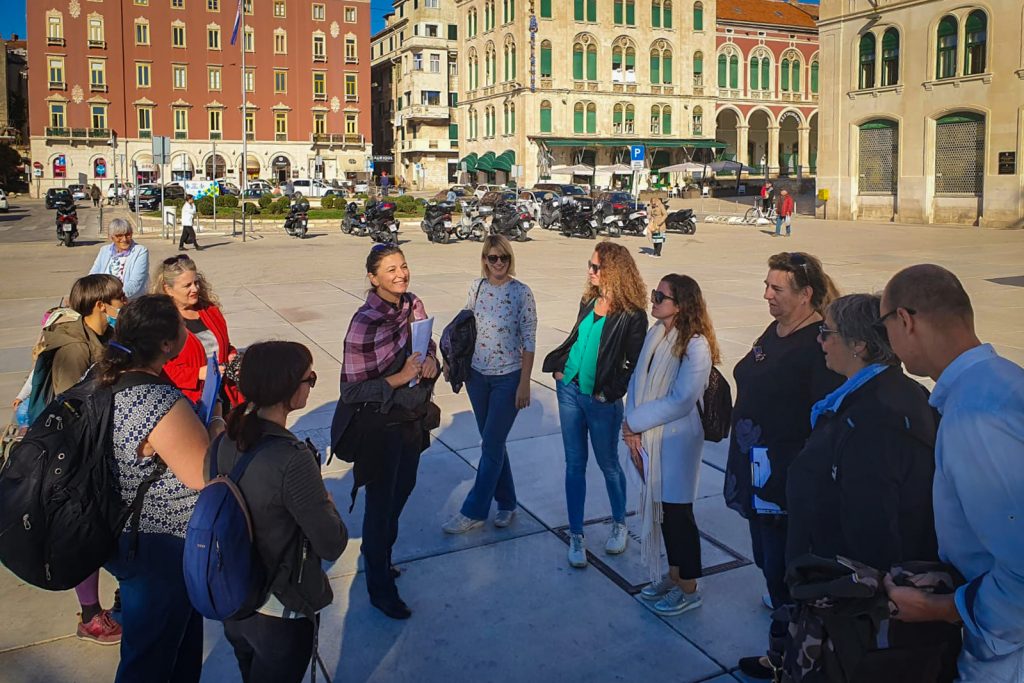
Sixteen reasons why I love Split
Interpreter: Nila Tudor
The tour called Sixteen reasons why I love Split tries to bring Split closer to those who know absolutely nothing about it through simple stories. The tour starts from the beginning of the Riva (Split’s waterfront), with a look at Pazar, which includes the unmissable local coffee and more which encompasses the Split mentality and the phenomenon of always wearing sunglasses, which is characteristic of Split - it’s one way to learn how to recognise who is a citizen of Split in another city, and who is a foreigner visiting Split.
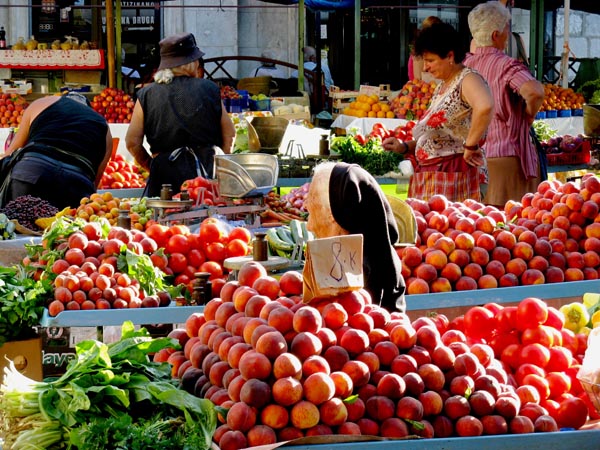
On this tour you will learn how Split owes its name to a seemingly ordinary, fragile, but in fact powerful flower. This plant is called Spanish broom - and the Greek name of this plant is - Aspalathos. Spanish broom was once very widely used for making nets, ropes and as a textile raw material.
Our tour then continues to the model of the Palace, where the story of the construction of the Palace is presented, more about Emperor Diocletian can be learned, and then the tour continues through the cellars which reveal their secrets to us and narrate the continuation of the life of the Palace through many centuries past, all the way to the present day, with special reference to the reason as to why these cellars are so remarkably well preserved.

The easy walk continues on the Peristyle where the Sphinx tells us its story, and the mausoleum/church with its stunning bell tower evokes awe and a desire to visit in everyone who sees it. All of these elements are merged together and permeated into one truly fantastic natural stage - Split’s Peristyle. From the Peristyle, the tour continues in the direction of the Golden Gate with the story of Split during the Middle Ages, revealing some hidden details along the street, from its beginning to the end and telling a childhood story about when the Palace seemed like another world through the naive eyes of a child.

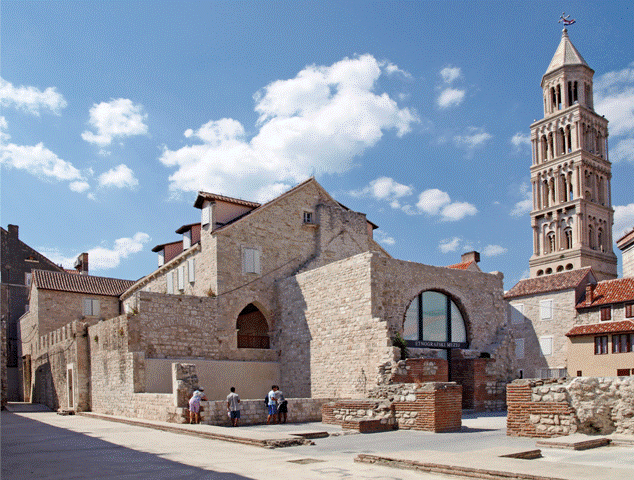
D
Arriving at the defensive courtyard, the church of St. Martin and below the Golden Gate.
We conclude and round off the tour by returning to, this time, the famous Dalmatian mentality that we can work to properly present through the characters of Gregory of Nin and Meštrović.

Stories and legends about the Omis pirates
Interpreter: Senka Vlahović
"Many of our visitors don’t know that once upon a time, access to the city of Omis was not only impossible but also life-threatening. How this situation came to be, quite understandably, will be asked by many people. Today, it is easily reached from all directions, by water - the sea and the river Cetina, but also by land - the Adriatic Highway and the canyon which leads down from the hinterland of Omis.
The answer to this question lies in stories from way back in the Middle Ages. During the time of the Dark Age, sandwiched between the hills and the sea, surrounded by the sparse karst soil, the people of Omis managed to survive as they knew how, so among other things, they worked as pirates.

Who were the princes of Omis, under whose leadership the brave Omis sailors controlled the navigation between Split and Dubrovnik for two hundred long years? How did they do it? What tactics did they use? Was piracy was a normal occurrence back then? What does the view from the pirate fort look like?
Find all of this out on a costumed city tour. Get much better acquainted with Omis in a new way by following in the footsteps of Omis’ pirates through the city streets accompanied by Princess Kačić.’’
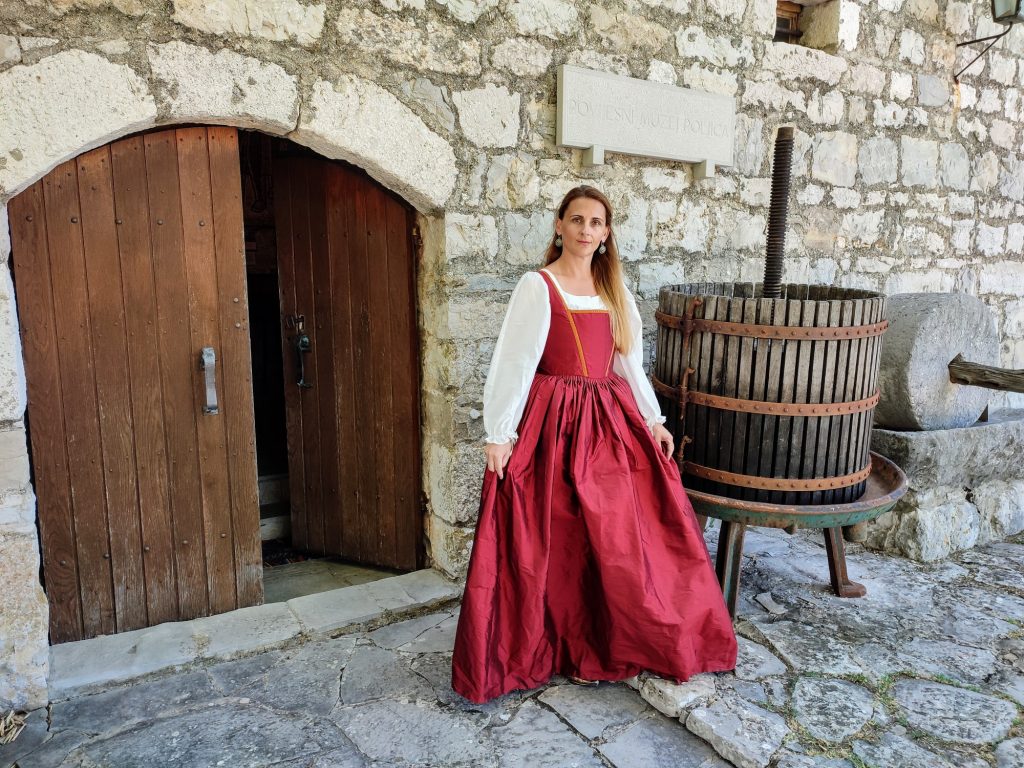
The story of Mila Gojsalić
Interpreter: Nikolina Radmilo Pivčević
After only 30 minutes of pleasant driving through the picturesque Omis hinterland, we arrived in a small village called GATA. There, I was greeted by a brave young woman, Mila Gojasalić. August Senoa even wrote about her. Her figure was carved by Ivan Meštrović at the mouth of the river Cetina near Omis. Jakov Gotovac composed an opera bearing her name in 1951, but I actually got to meet her. Fearless, yet timid, an obedient daughter, in love and above all proud of her Poljica Republic.
Now her home is the Historical Museum of Poljica, where from today you can travel through time with her and discover the stories of that area, her life and the history she wrote. GATA-Omis has a new tourist offer to boast of at the Poljica Historical Museum, where Nikolina Radmilo Pivčević, a costumed heritage interpreter, revives the heritage character Mila Gojsalić.


